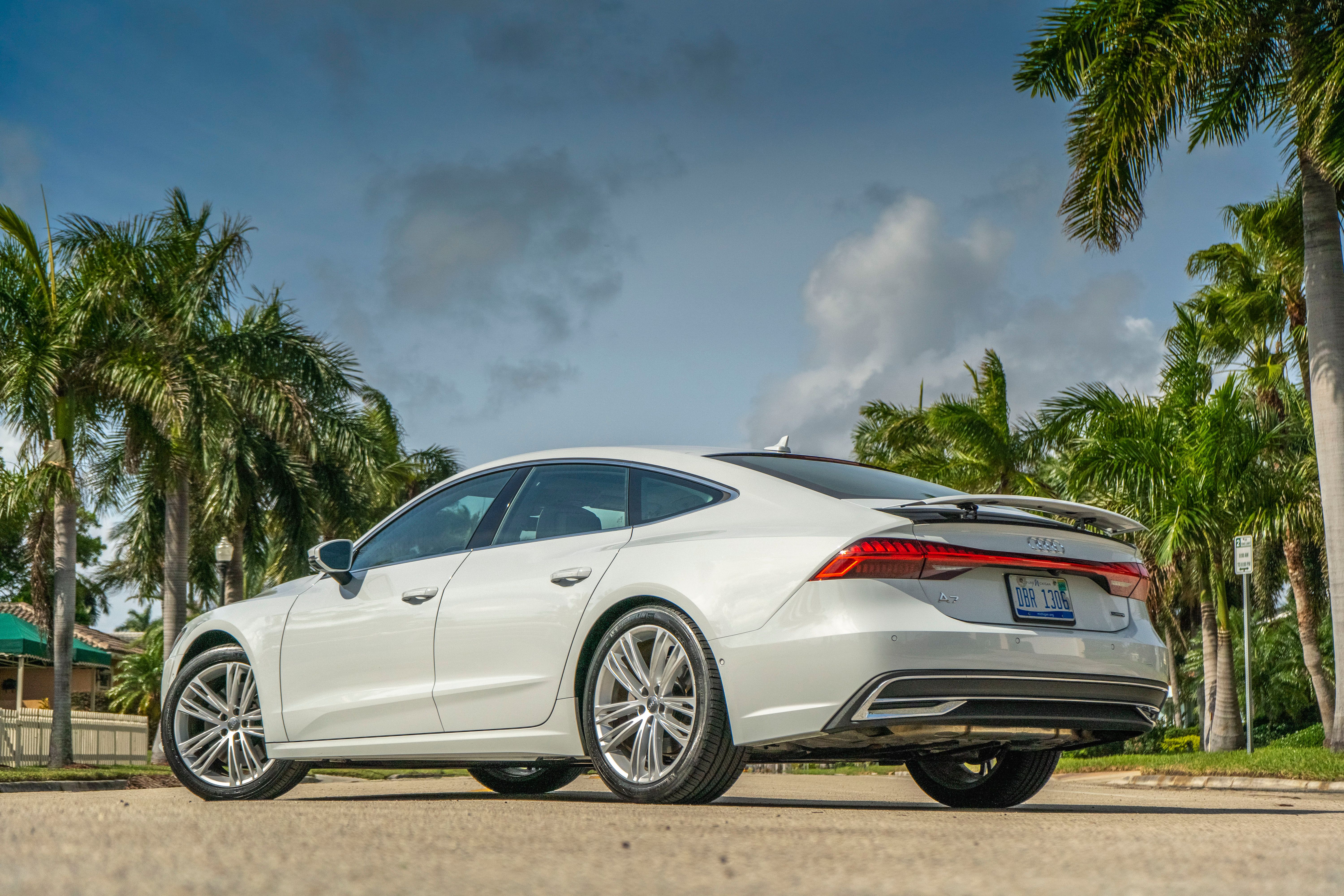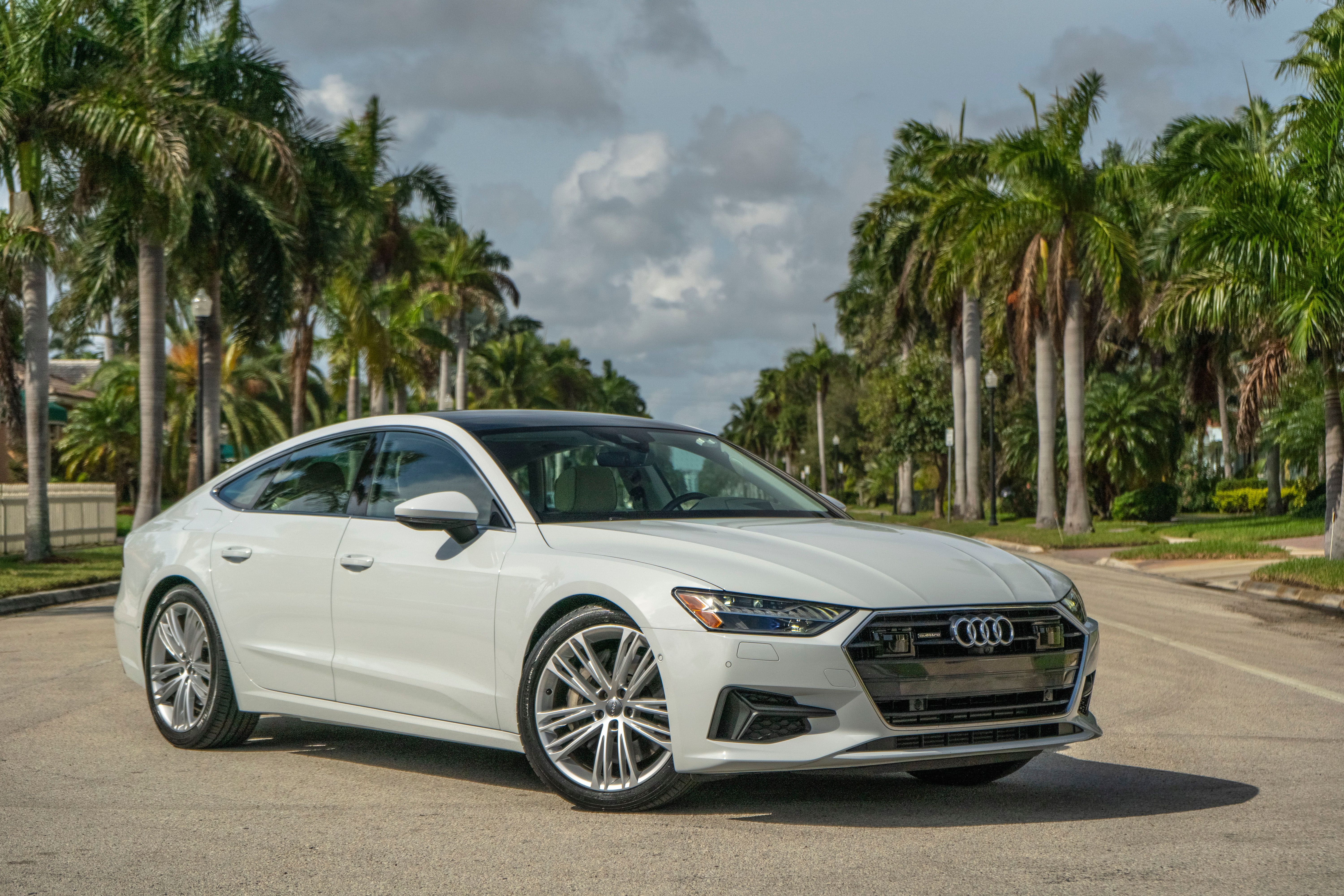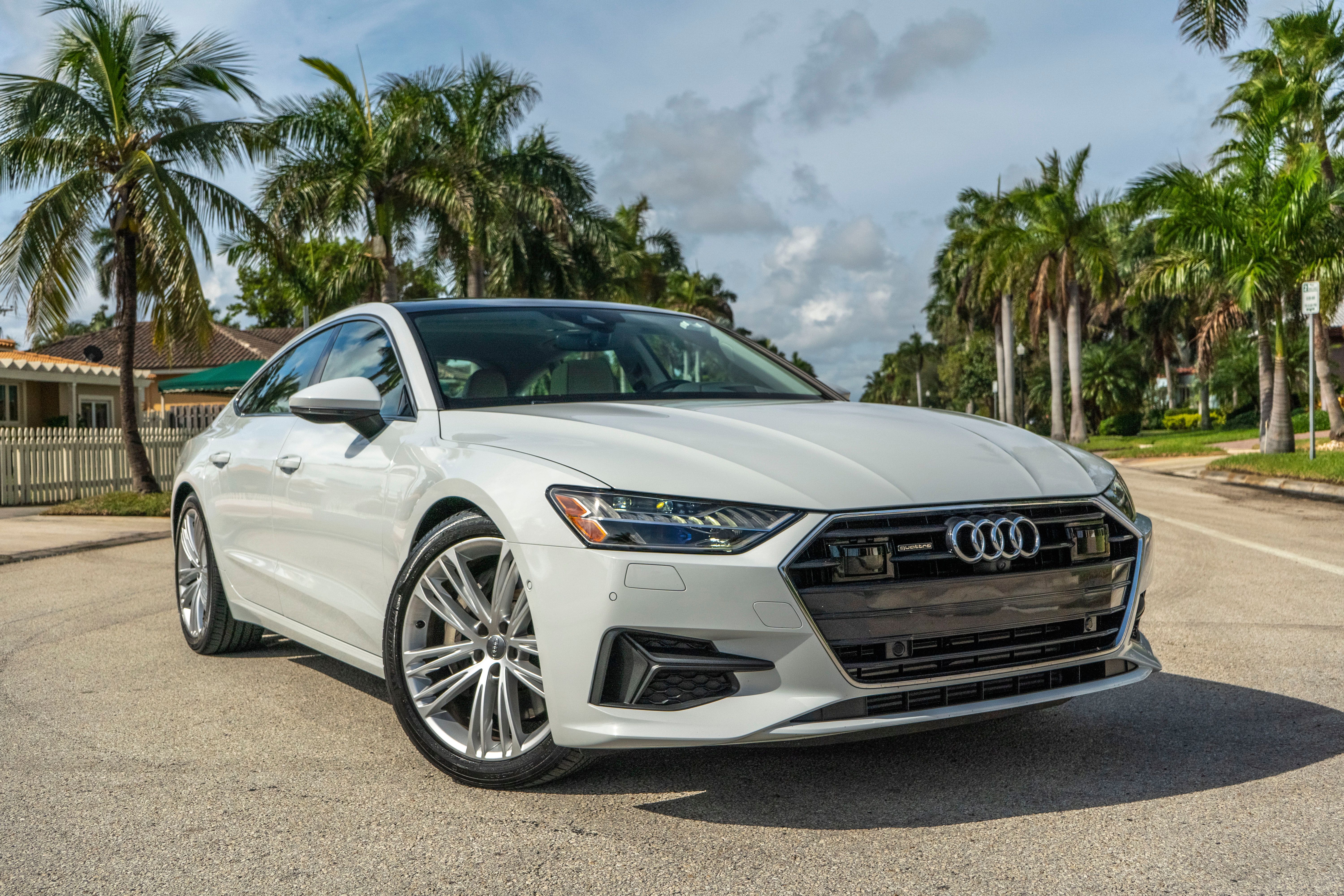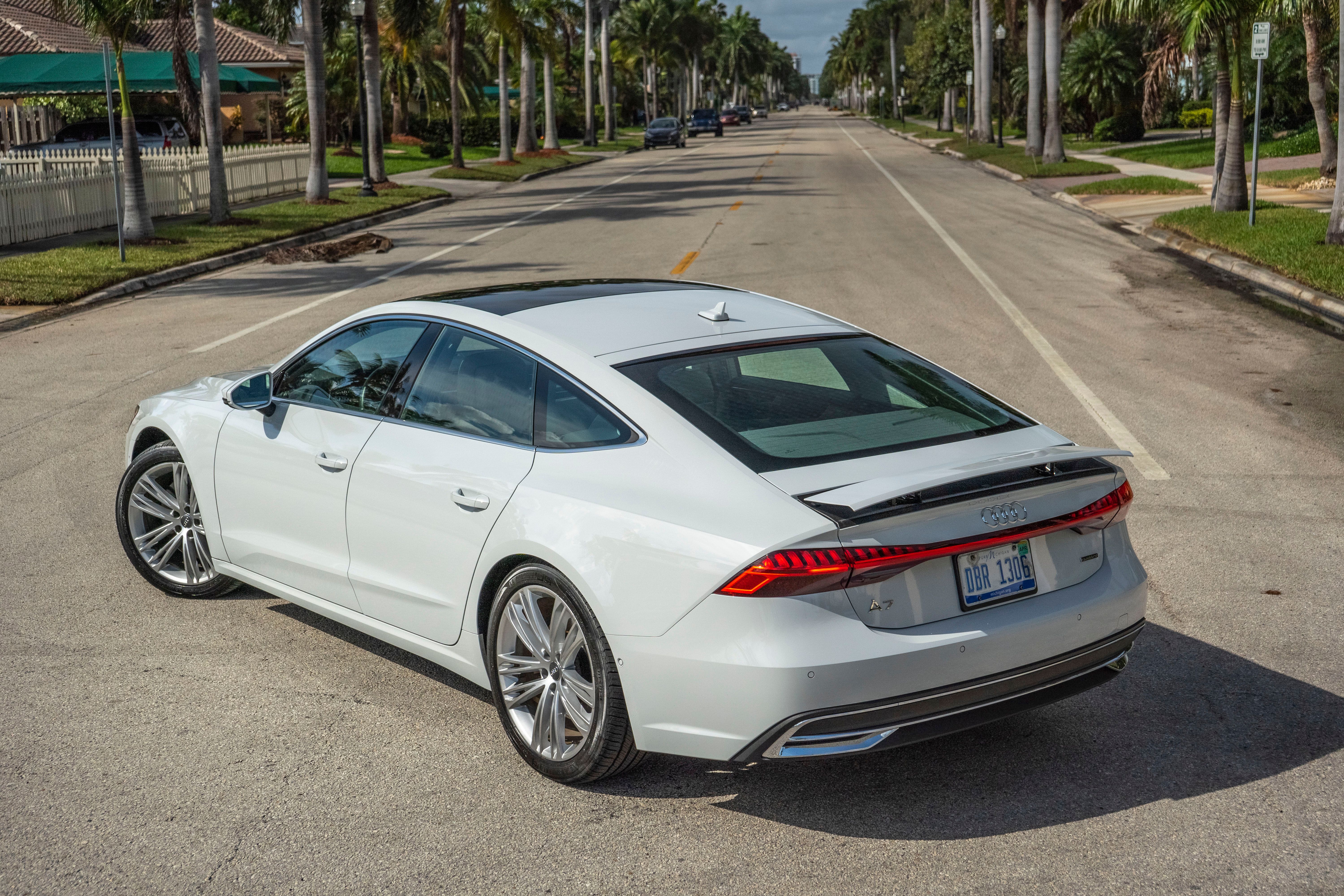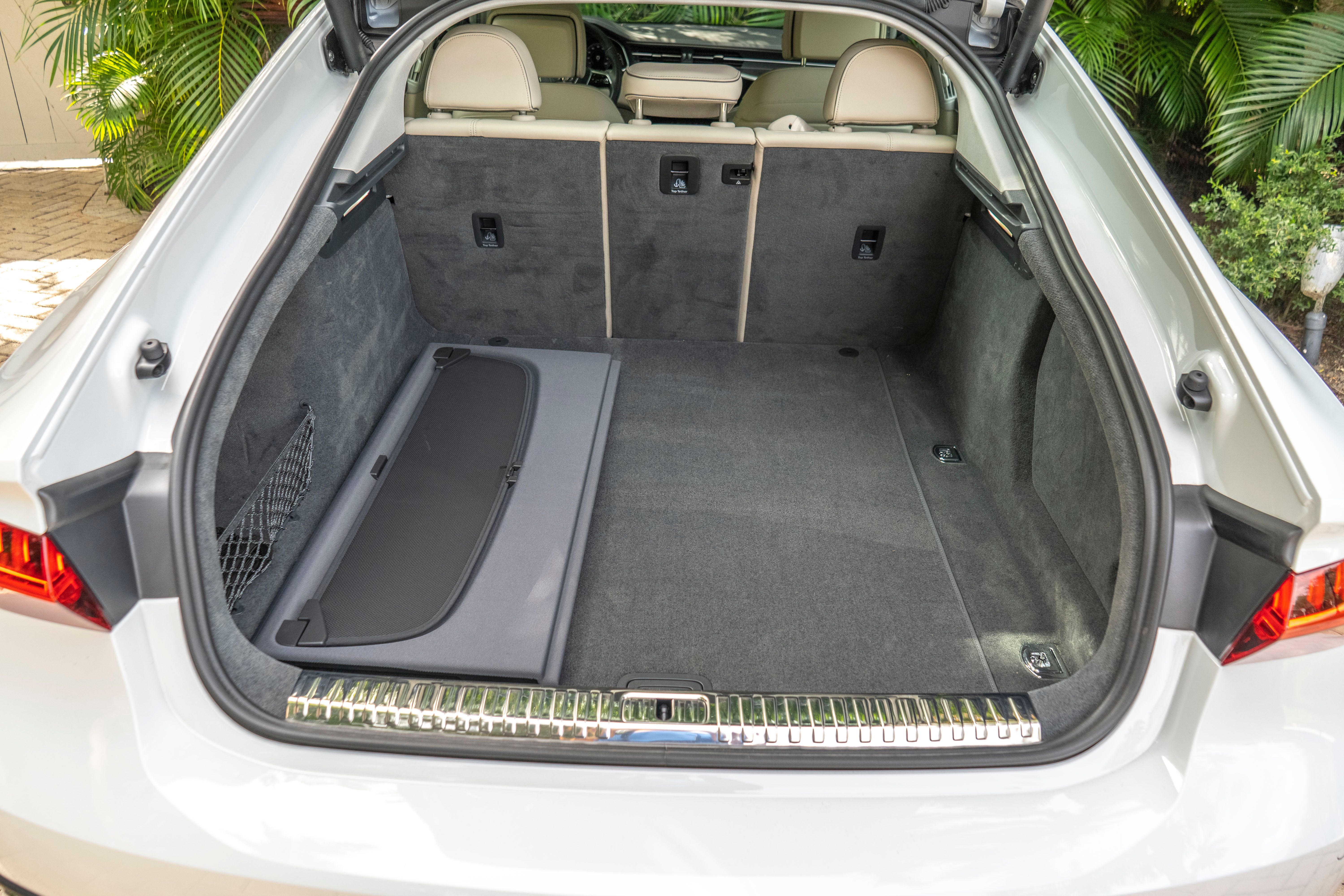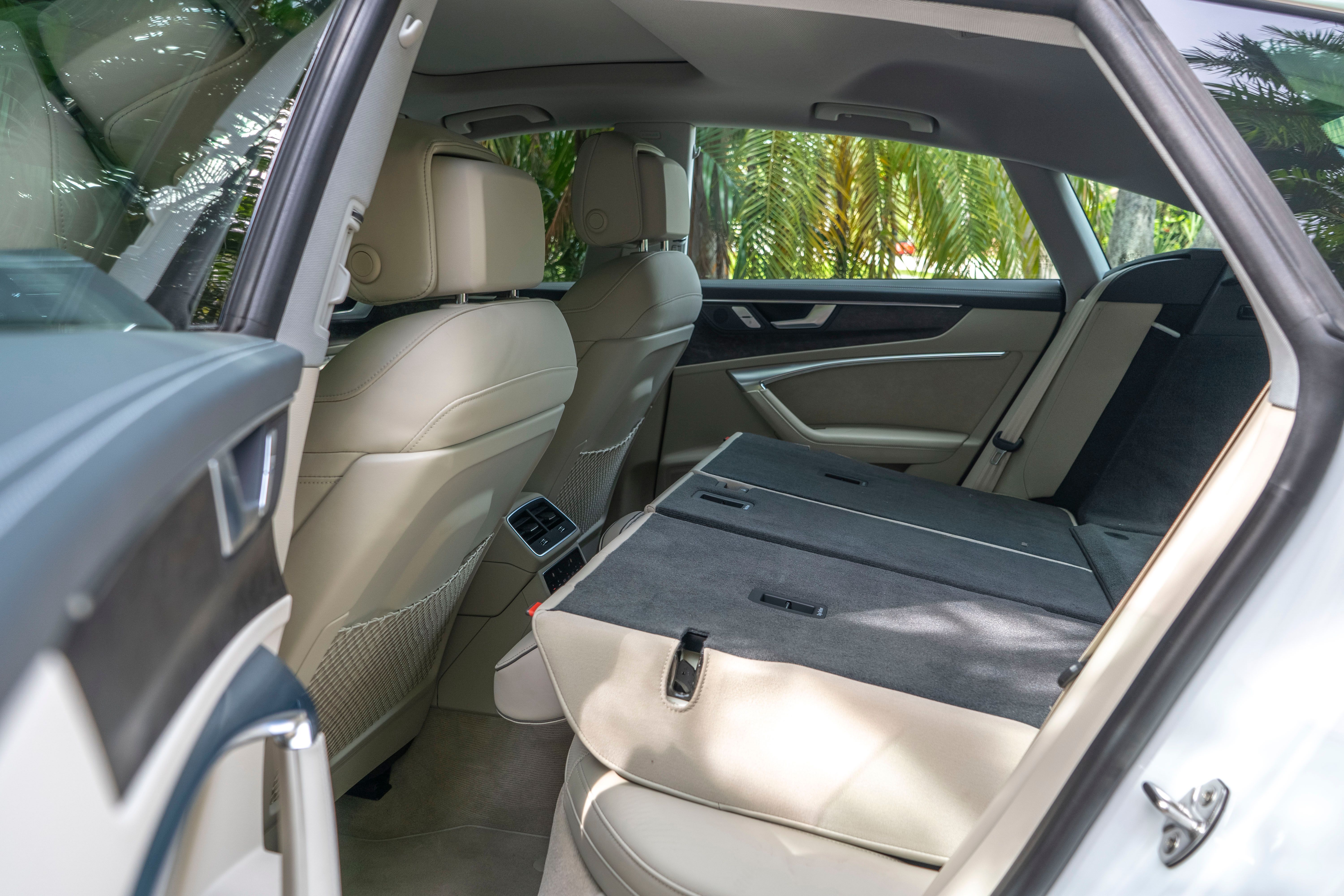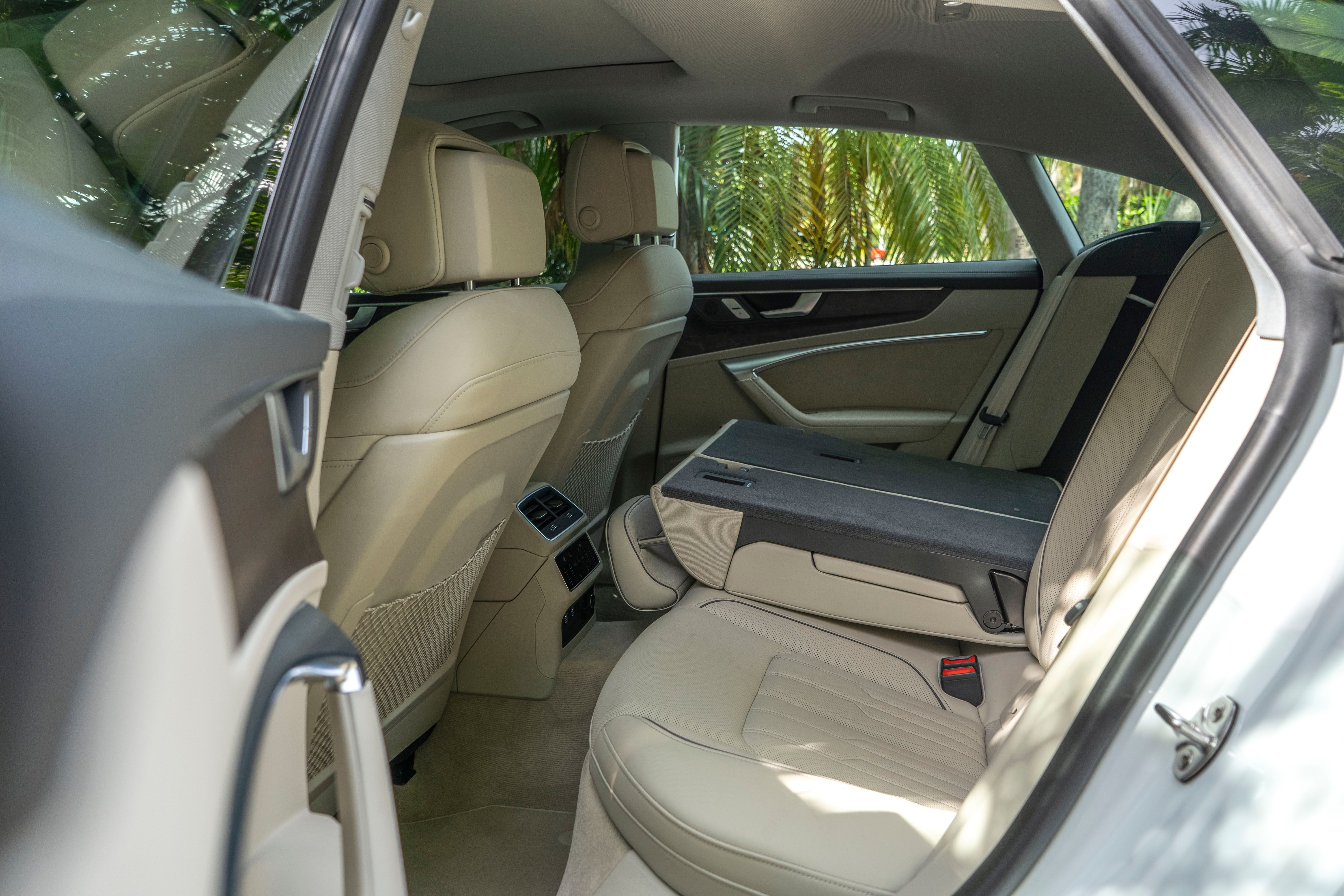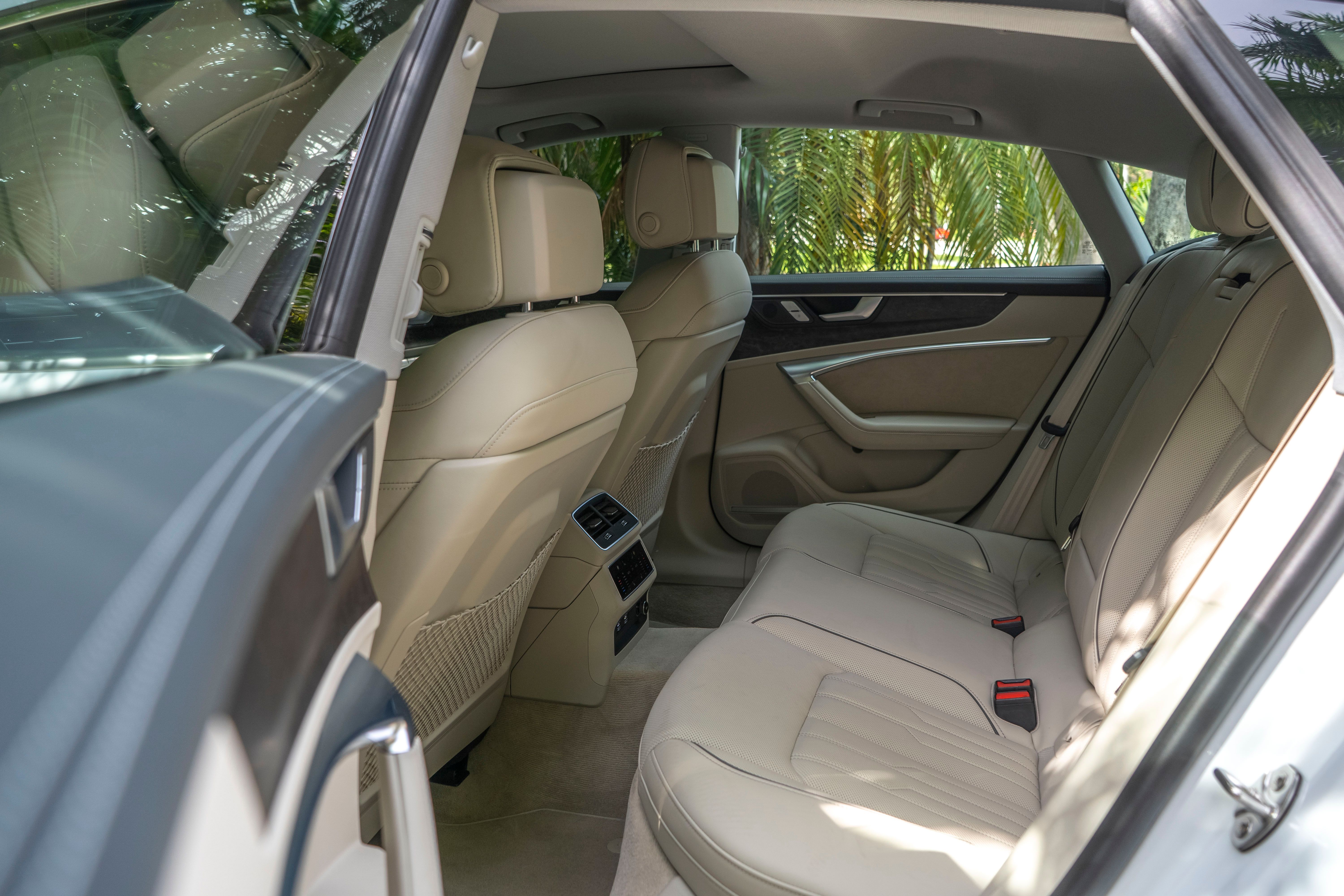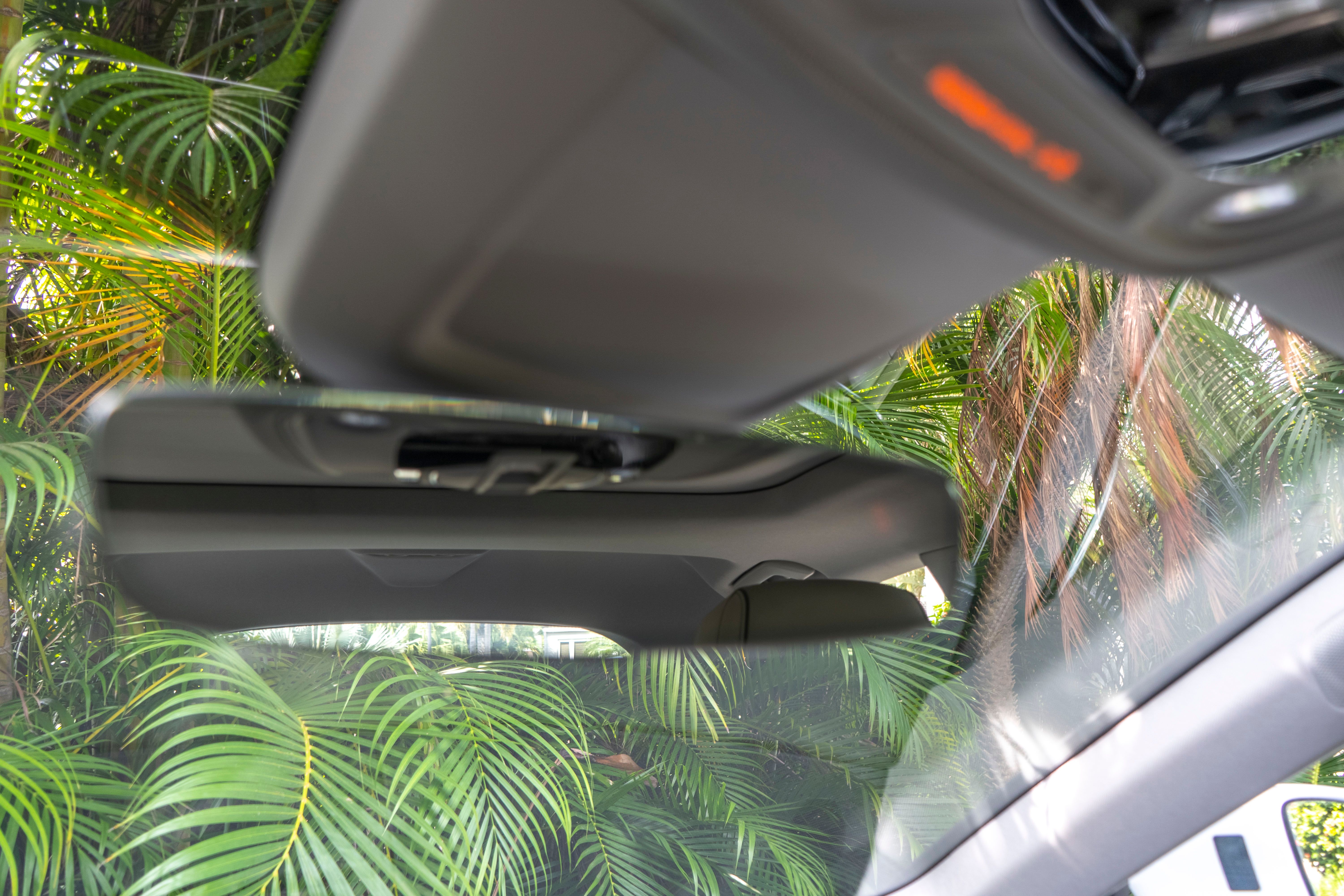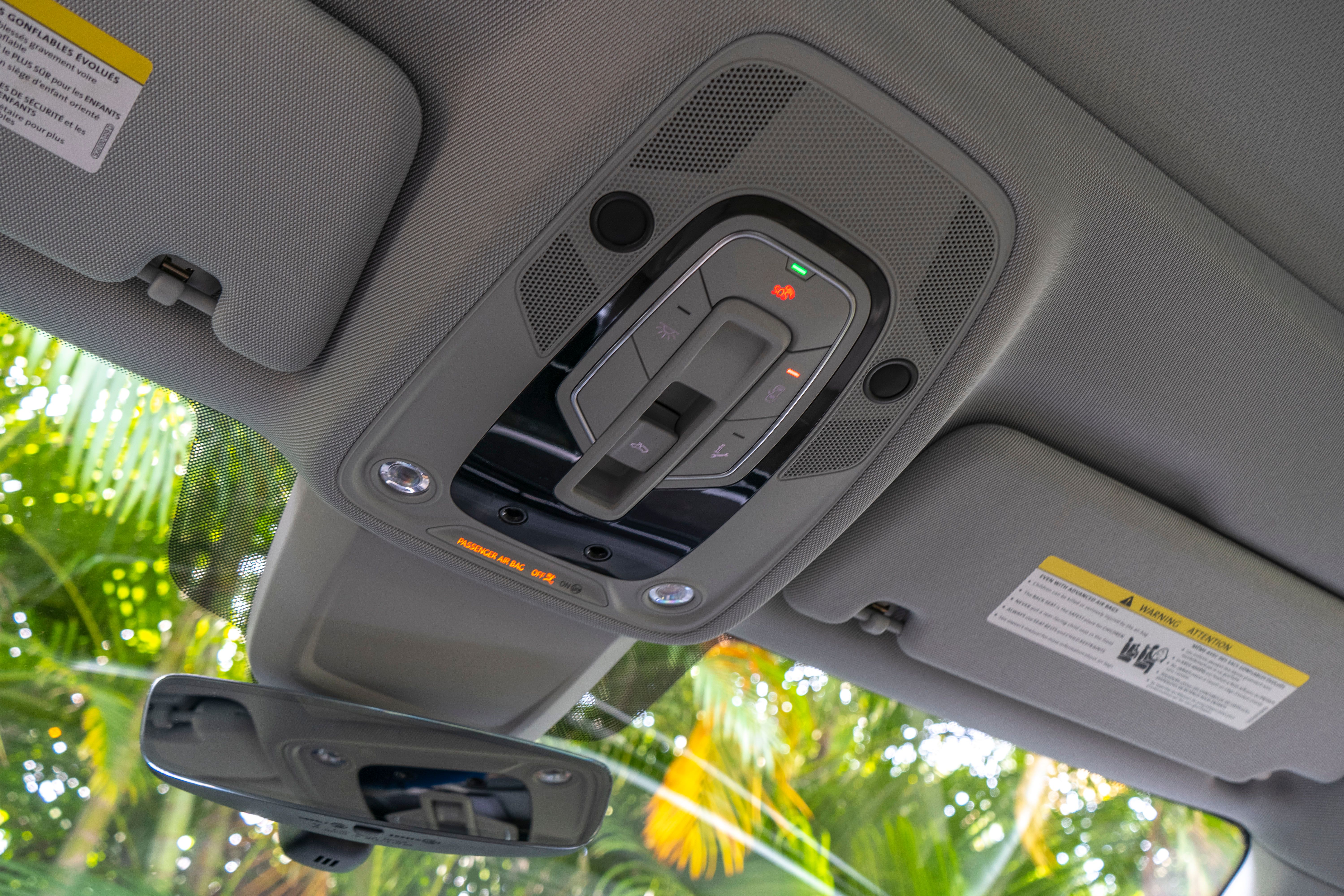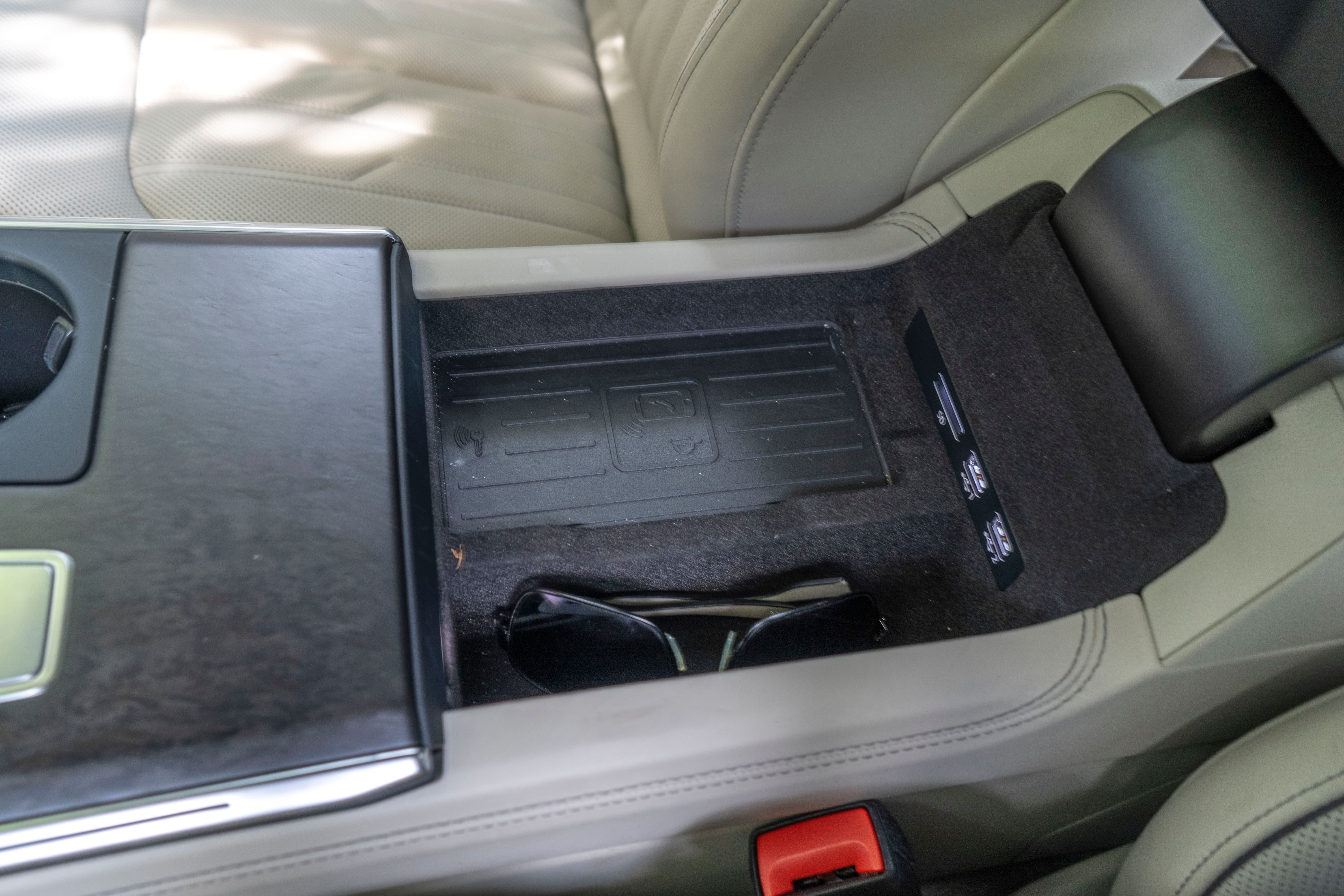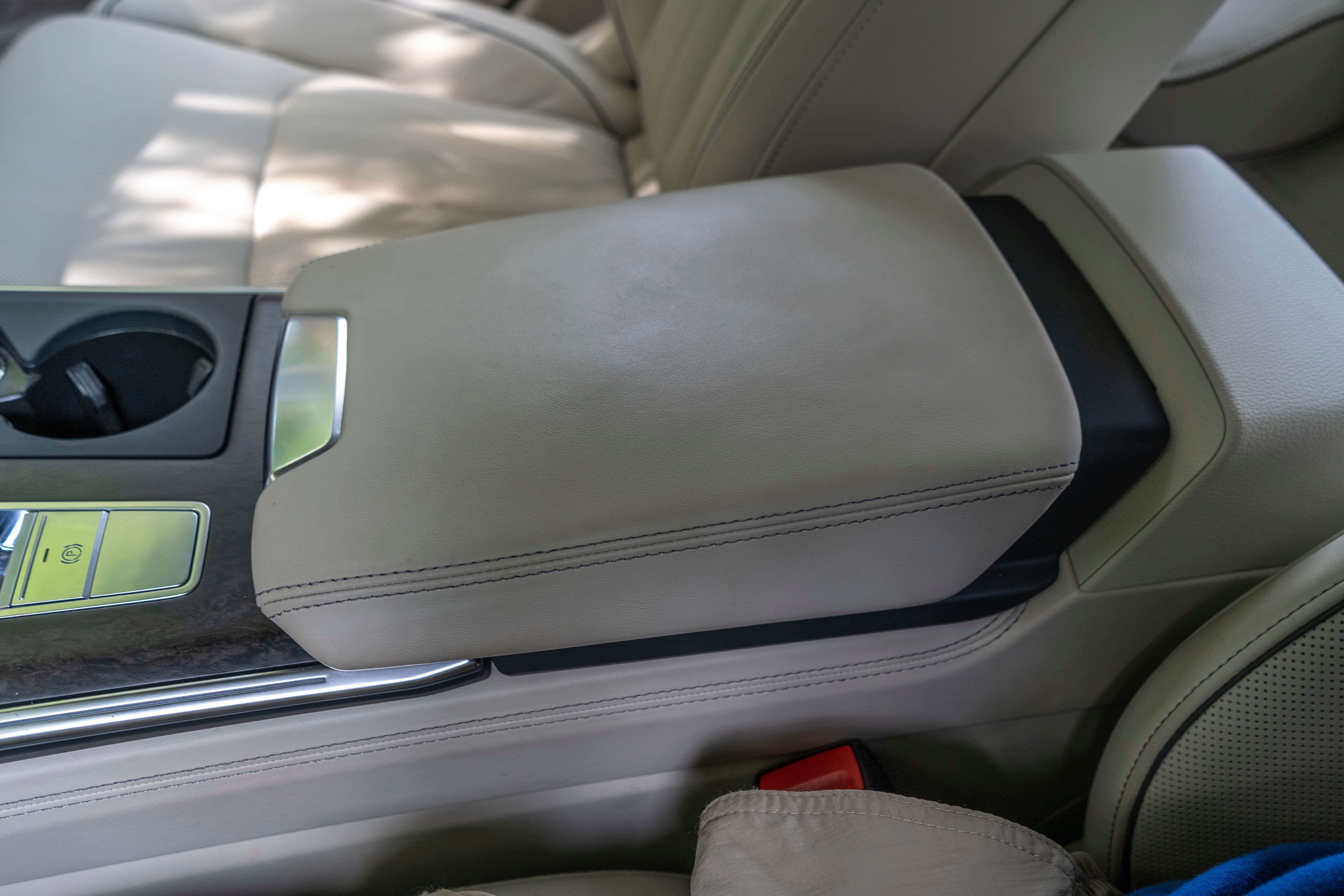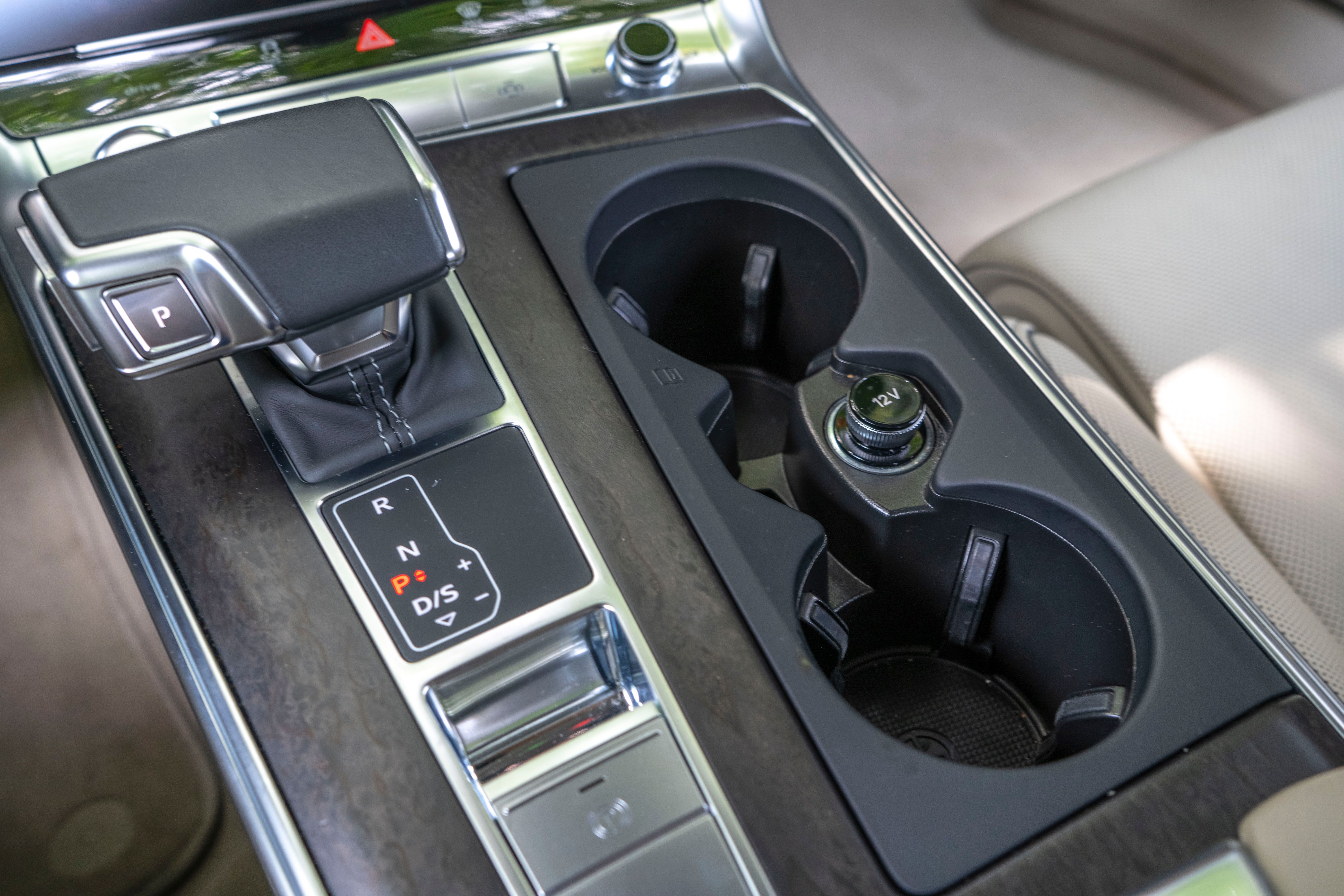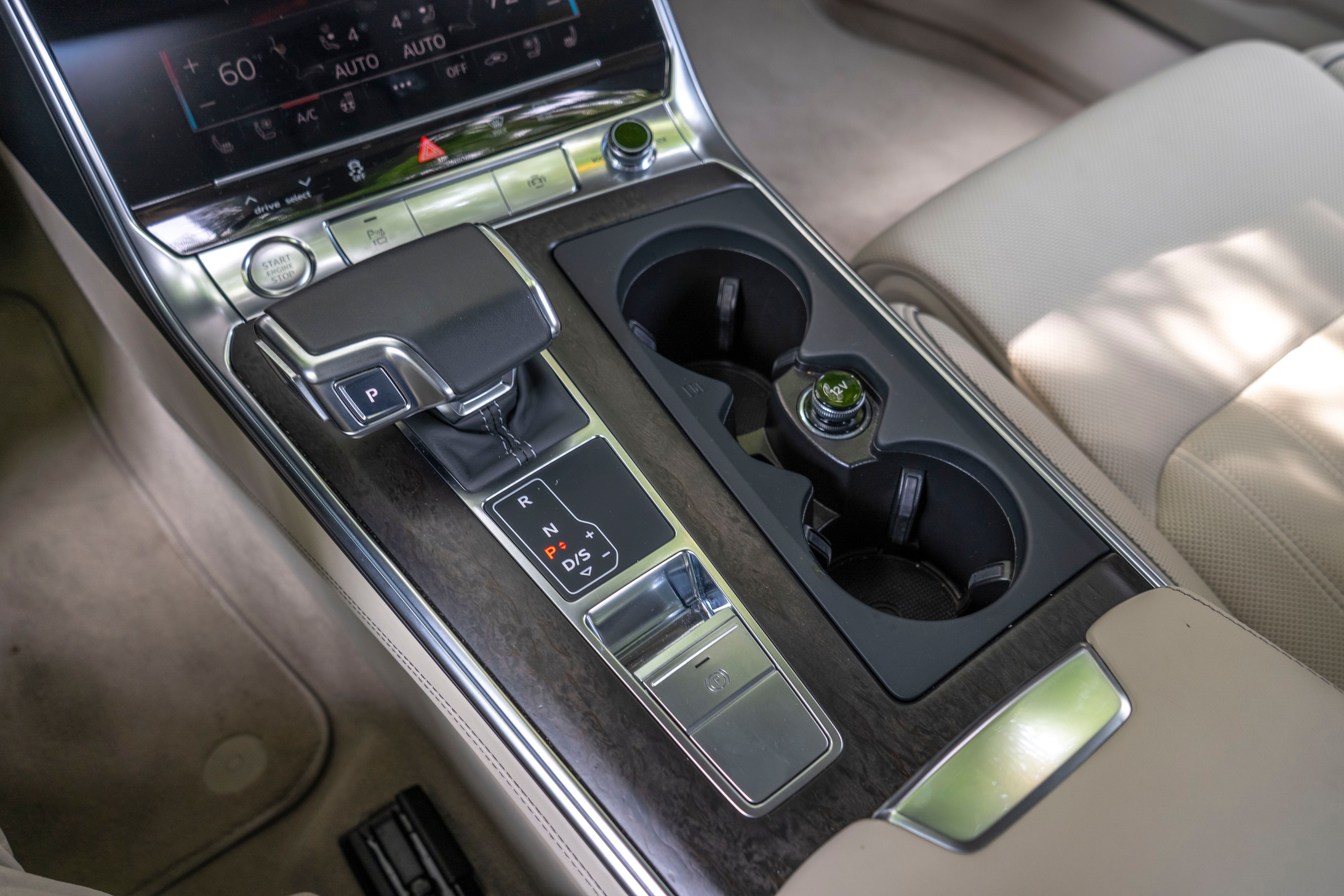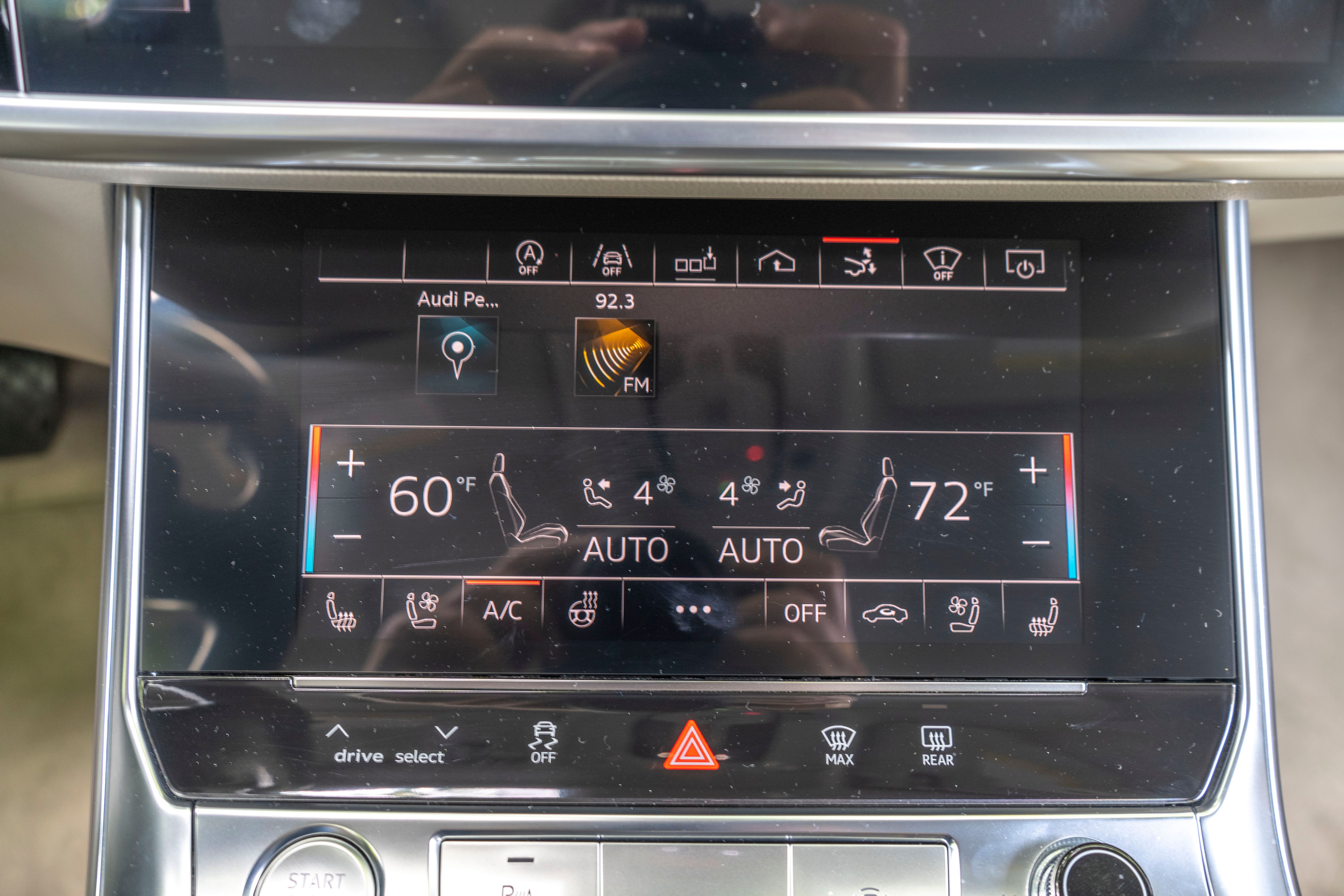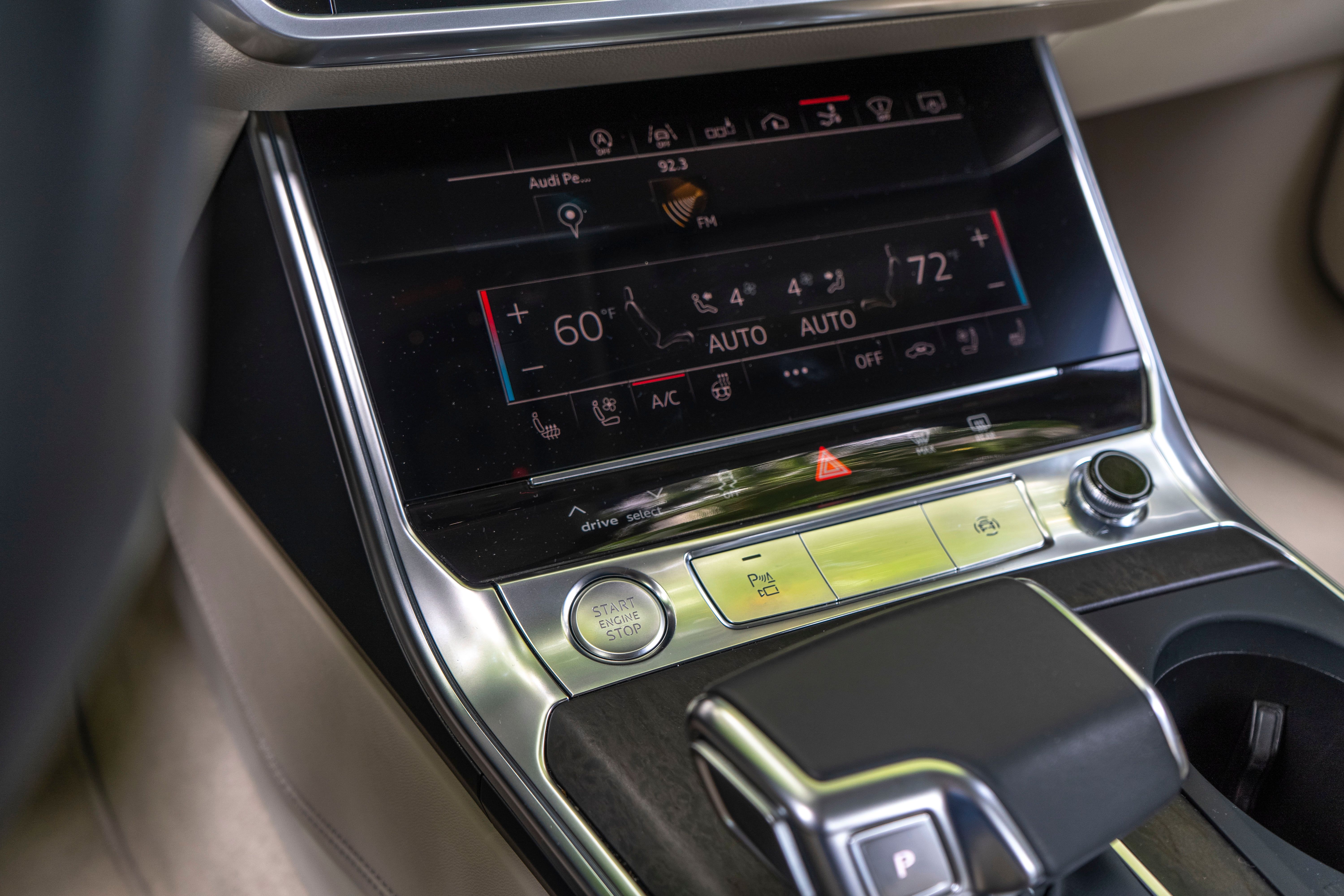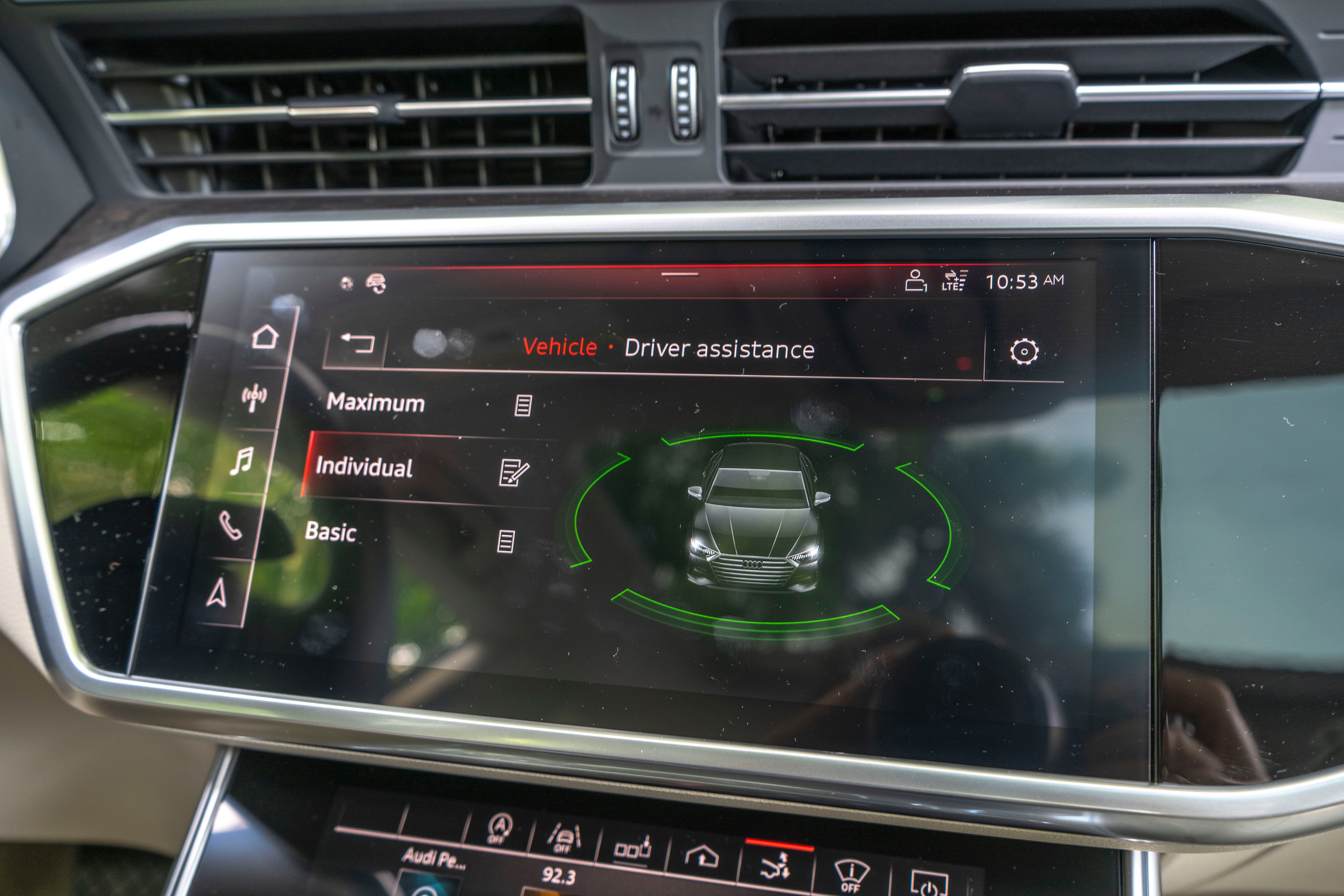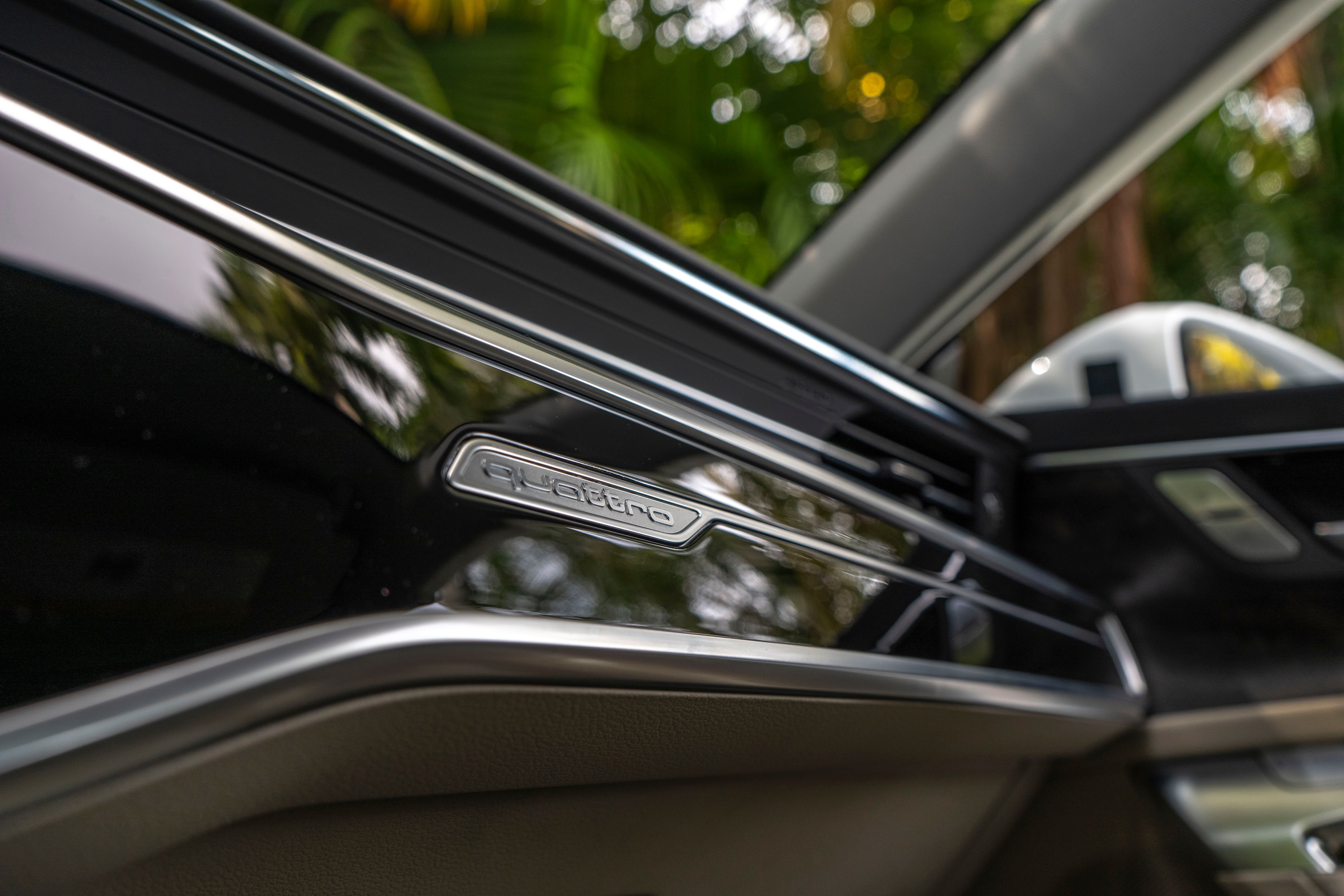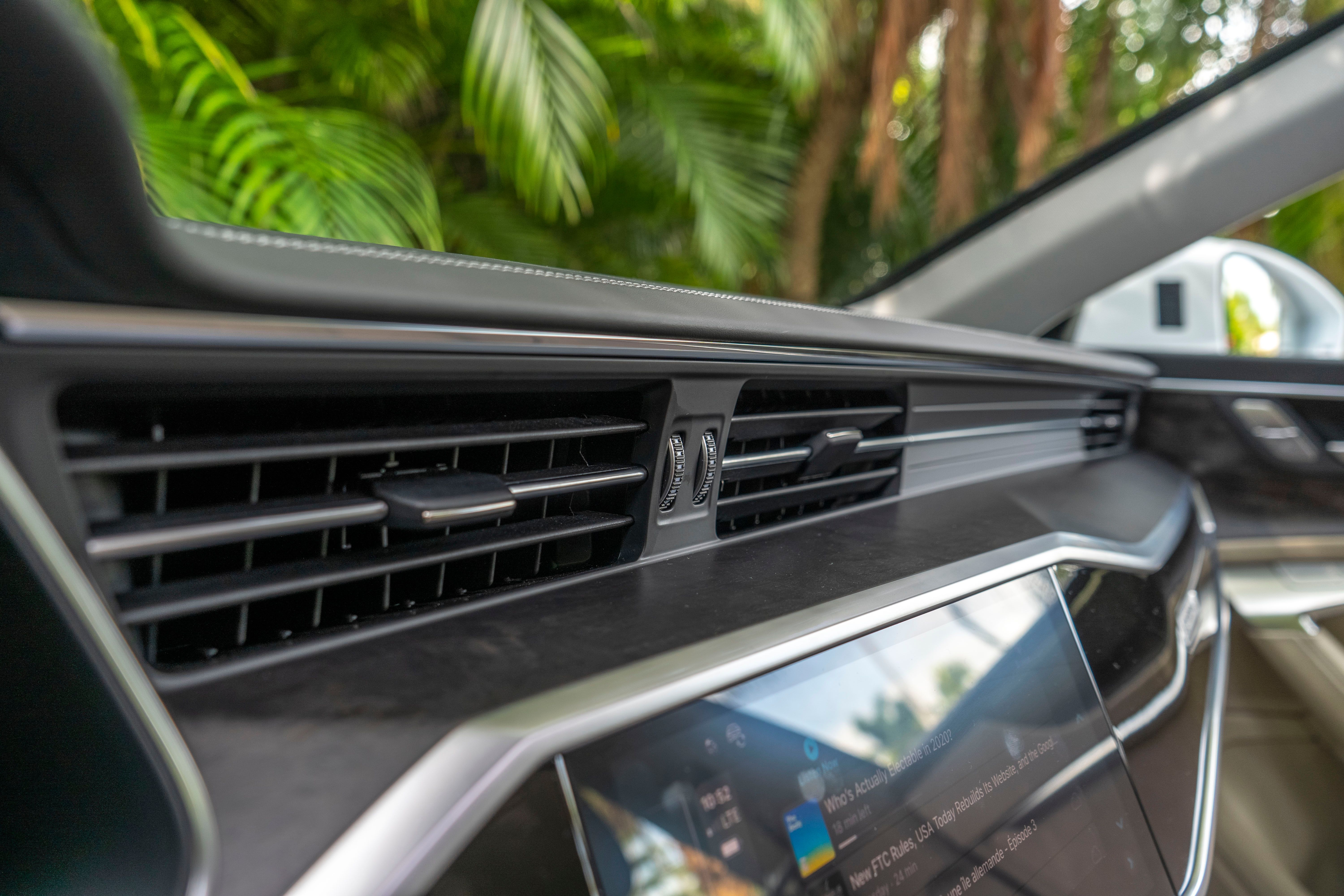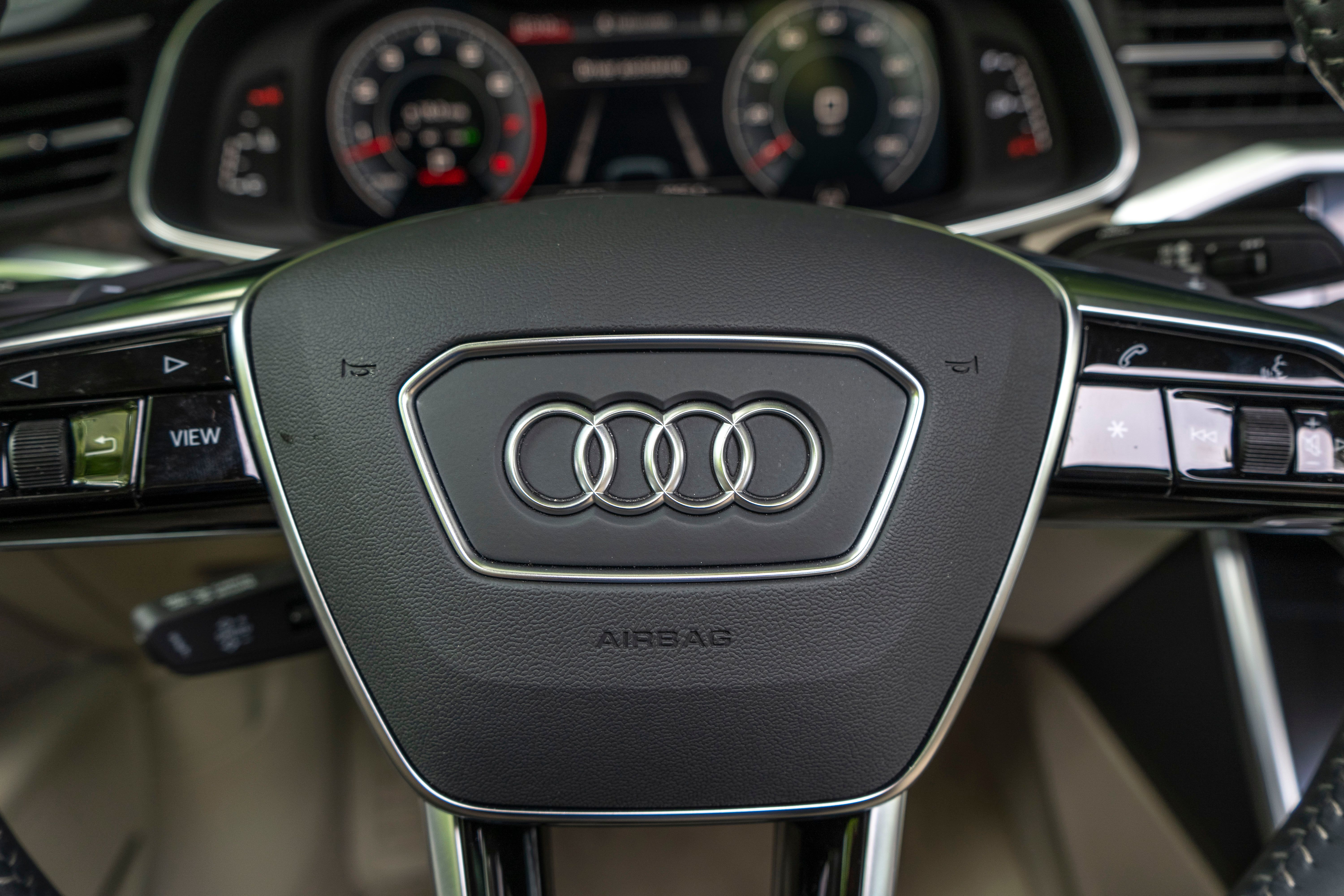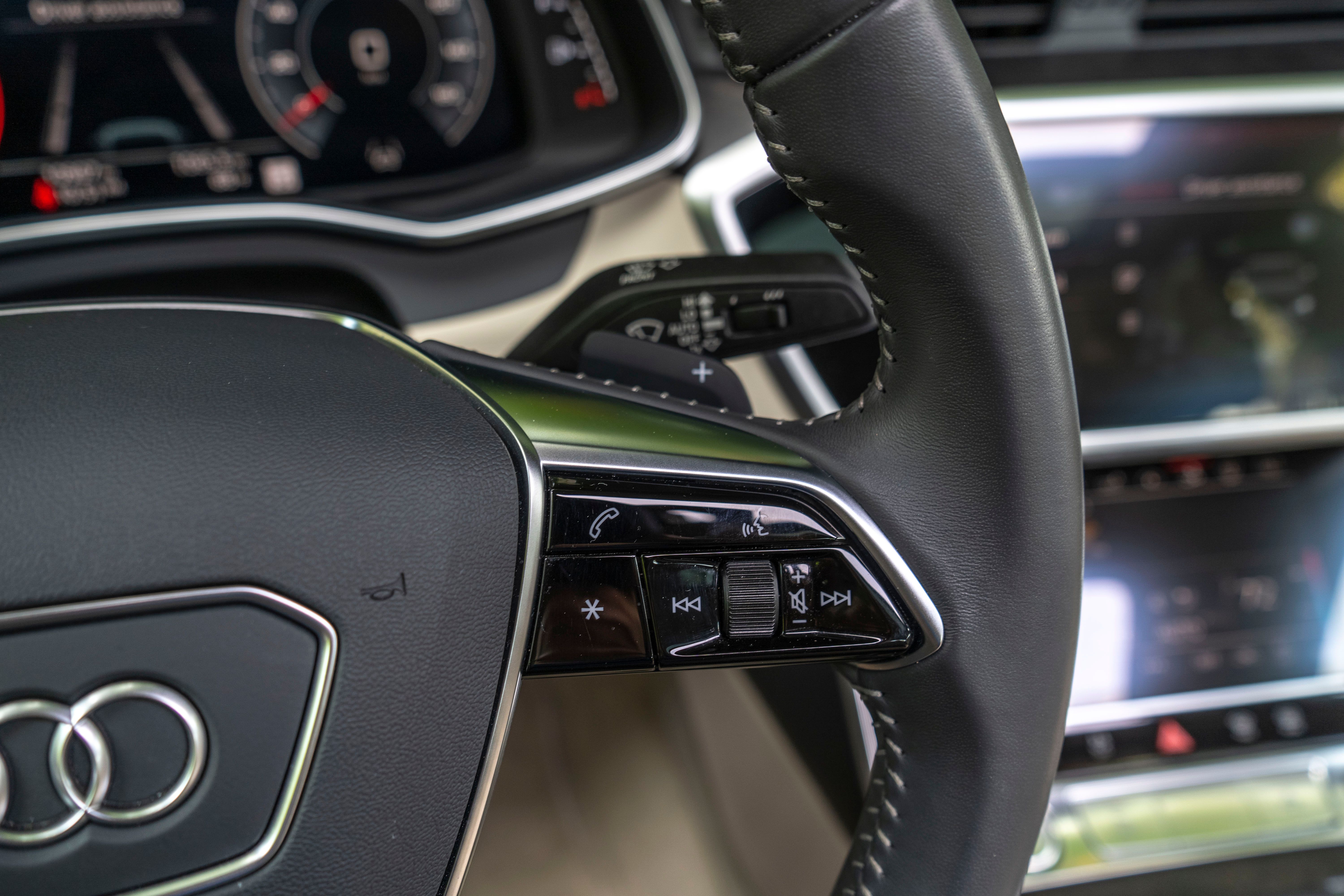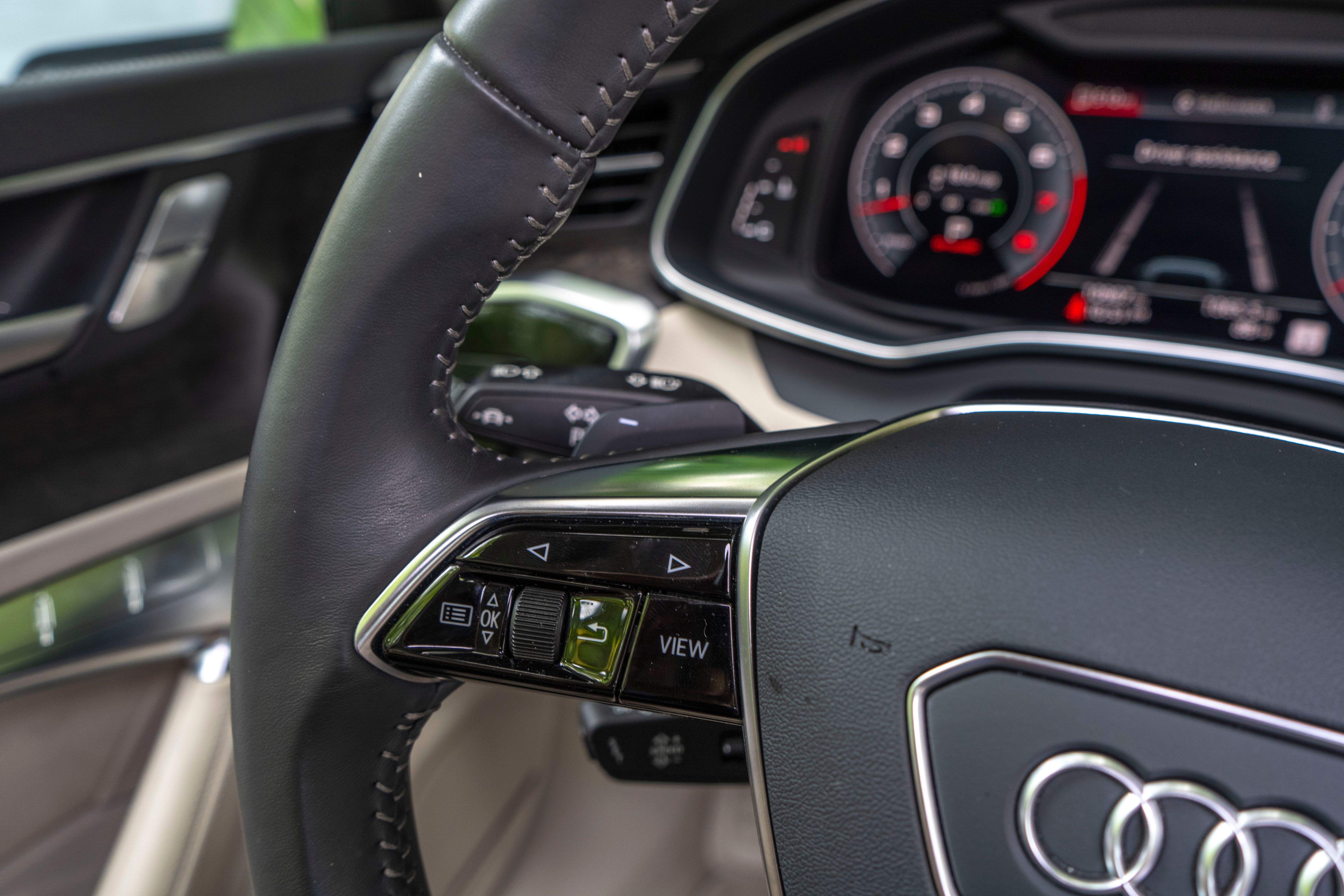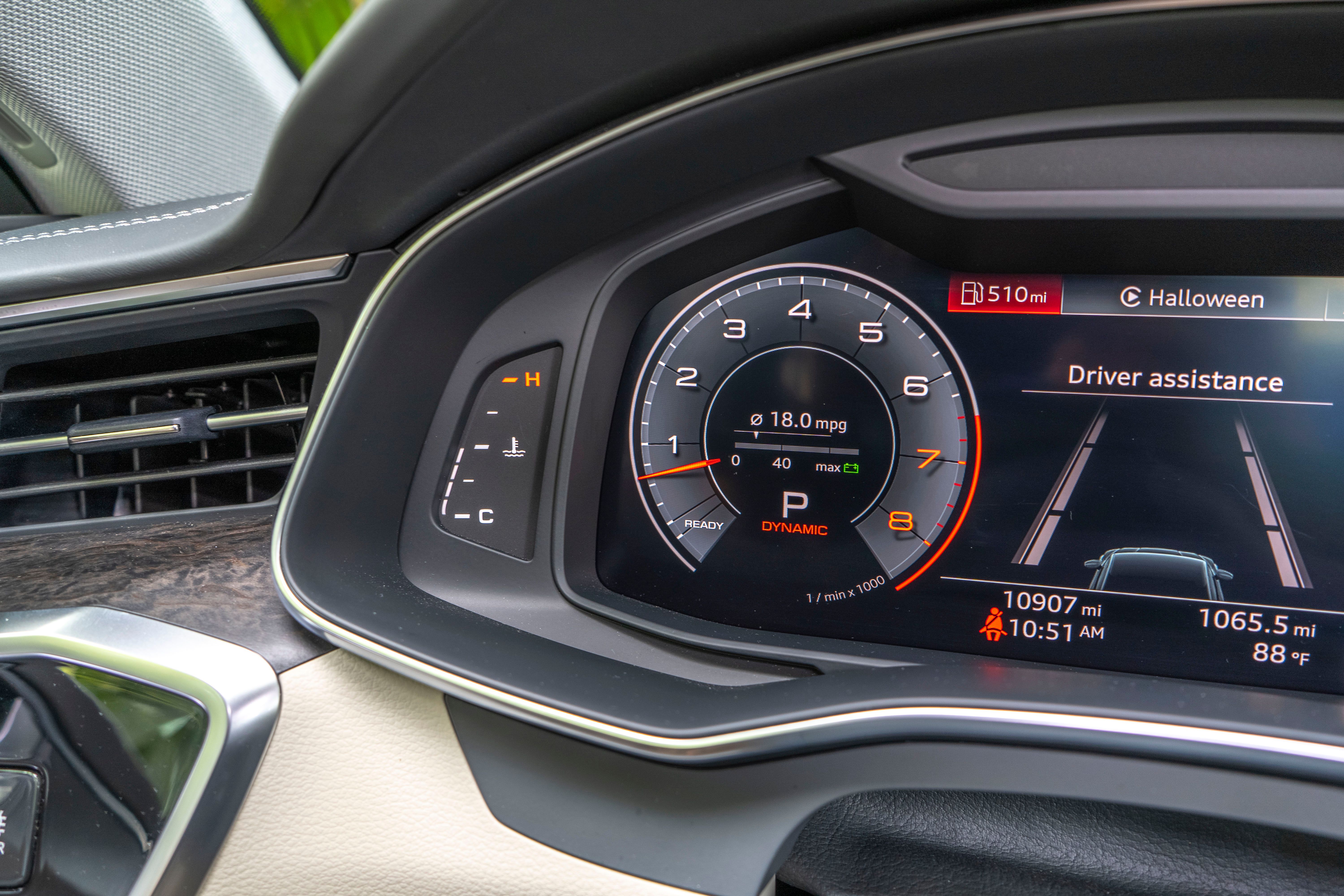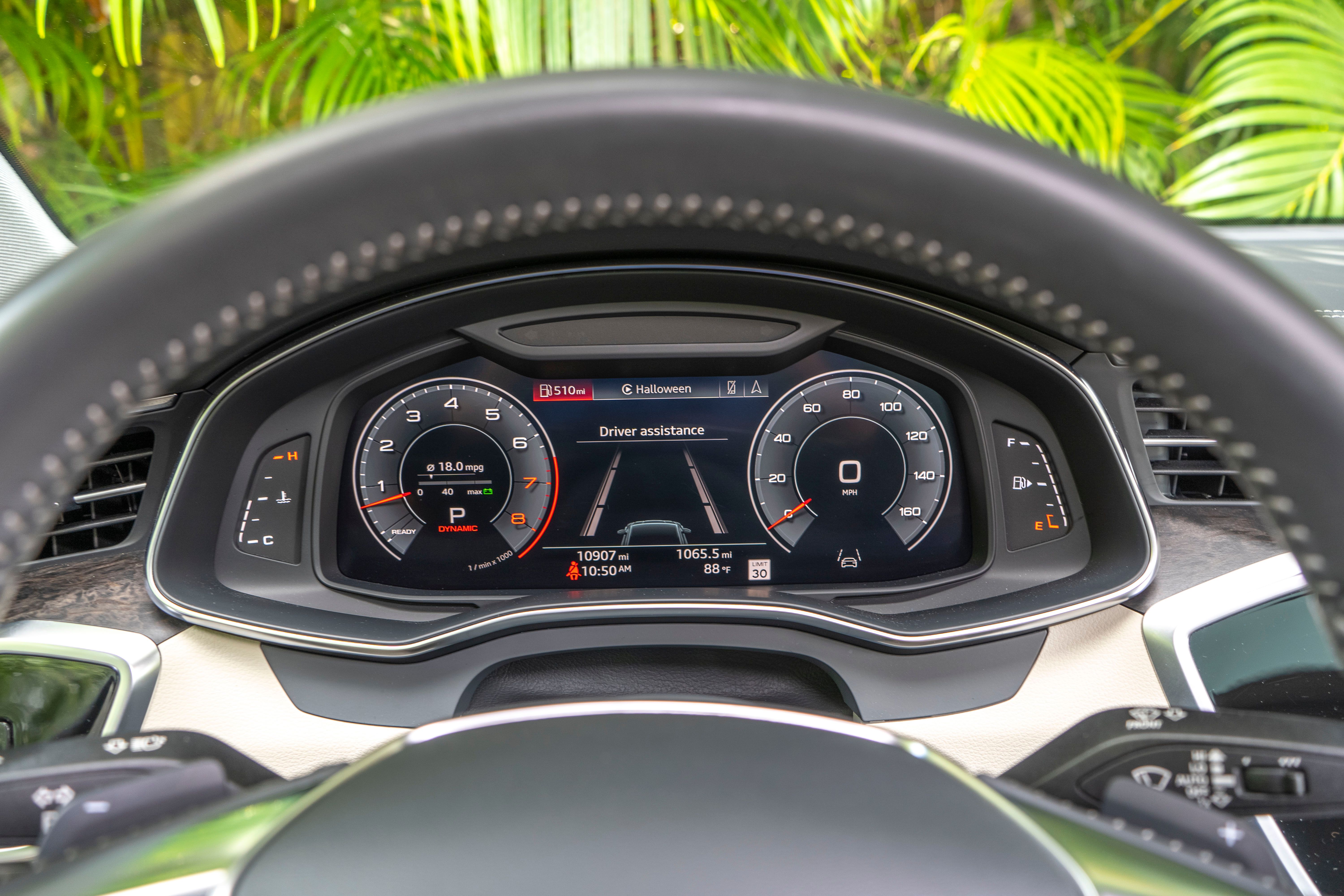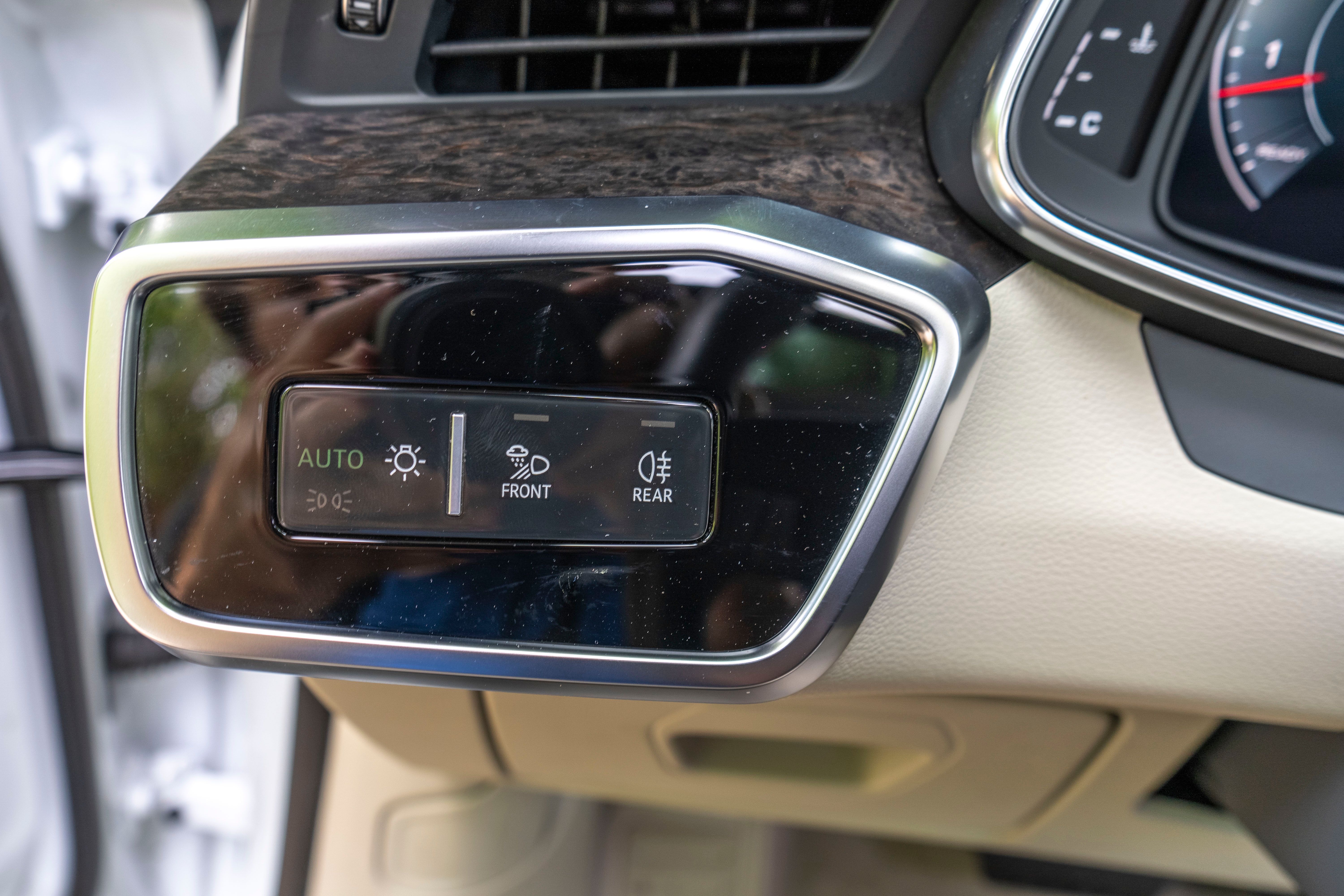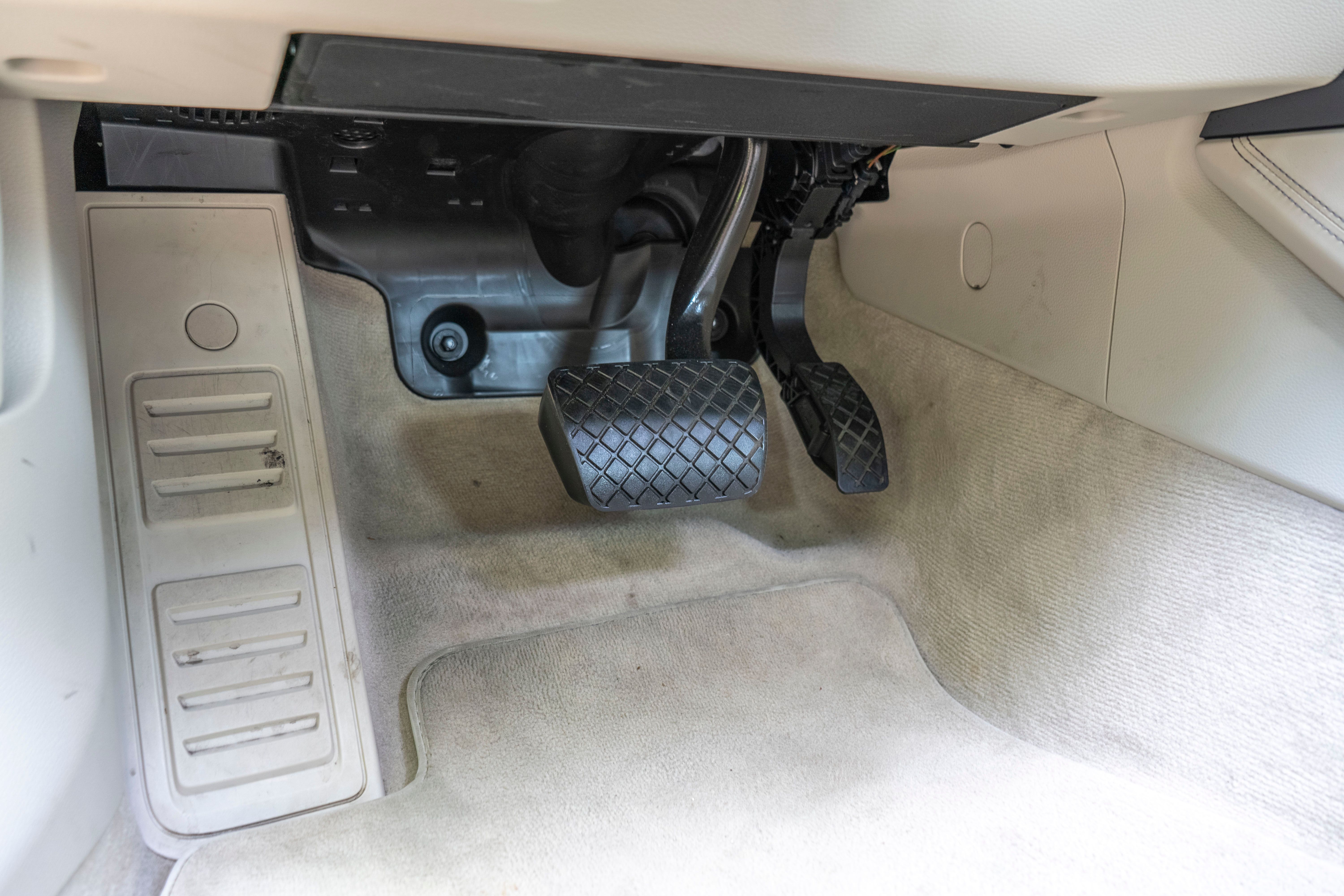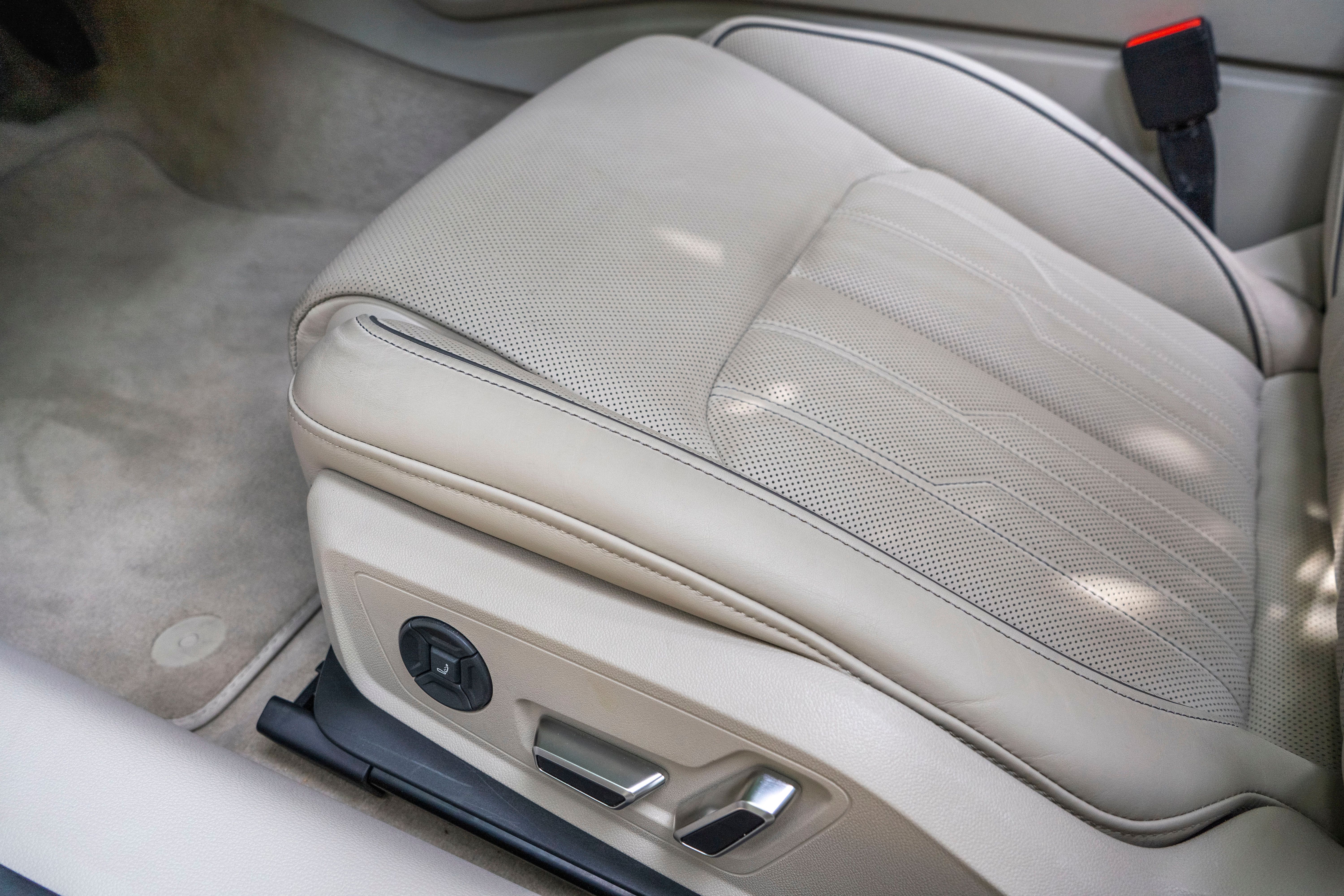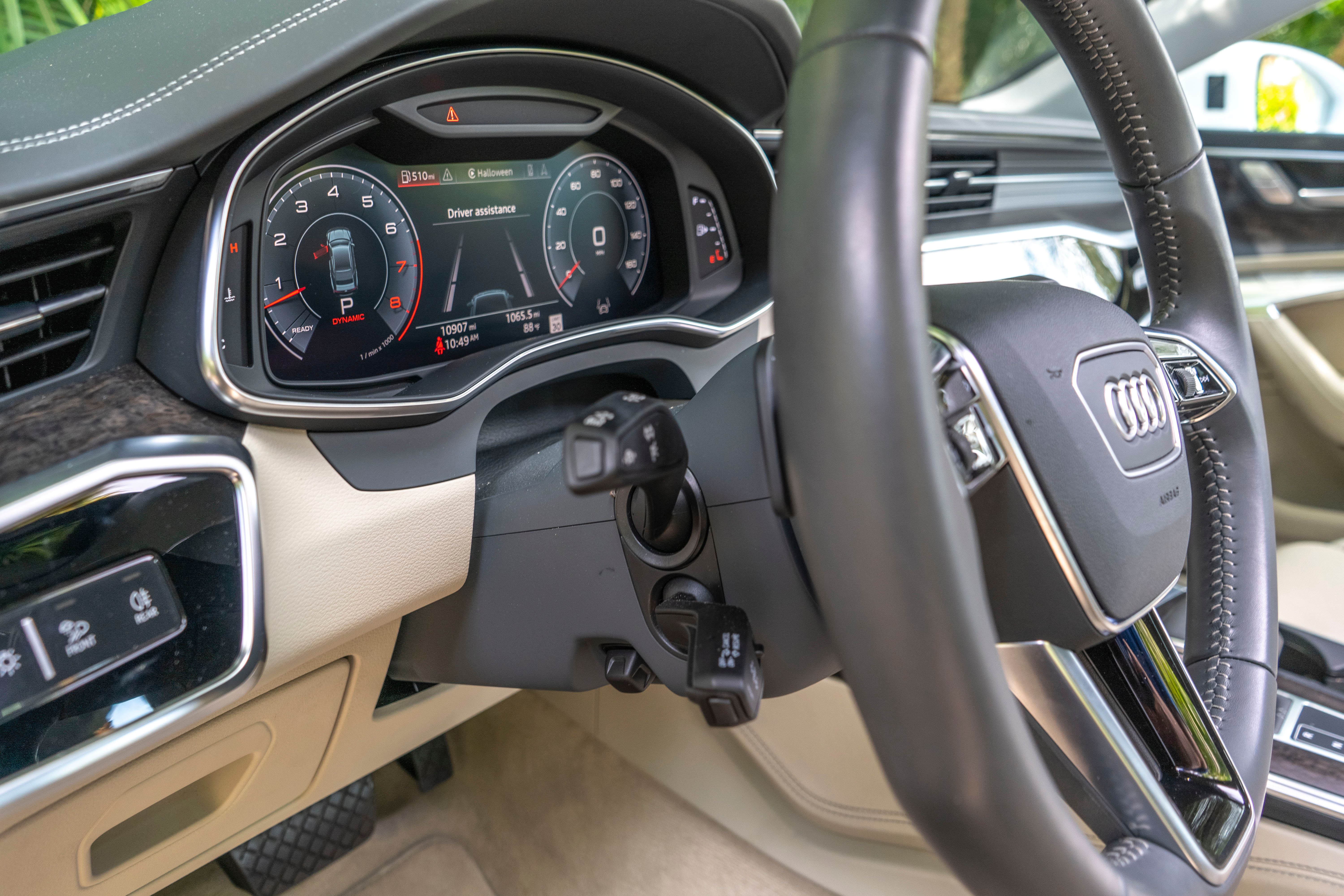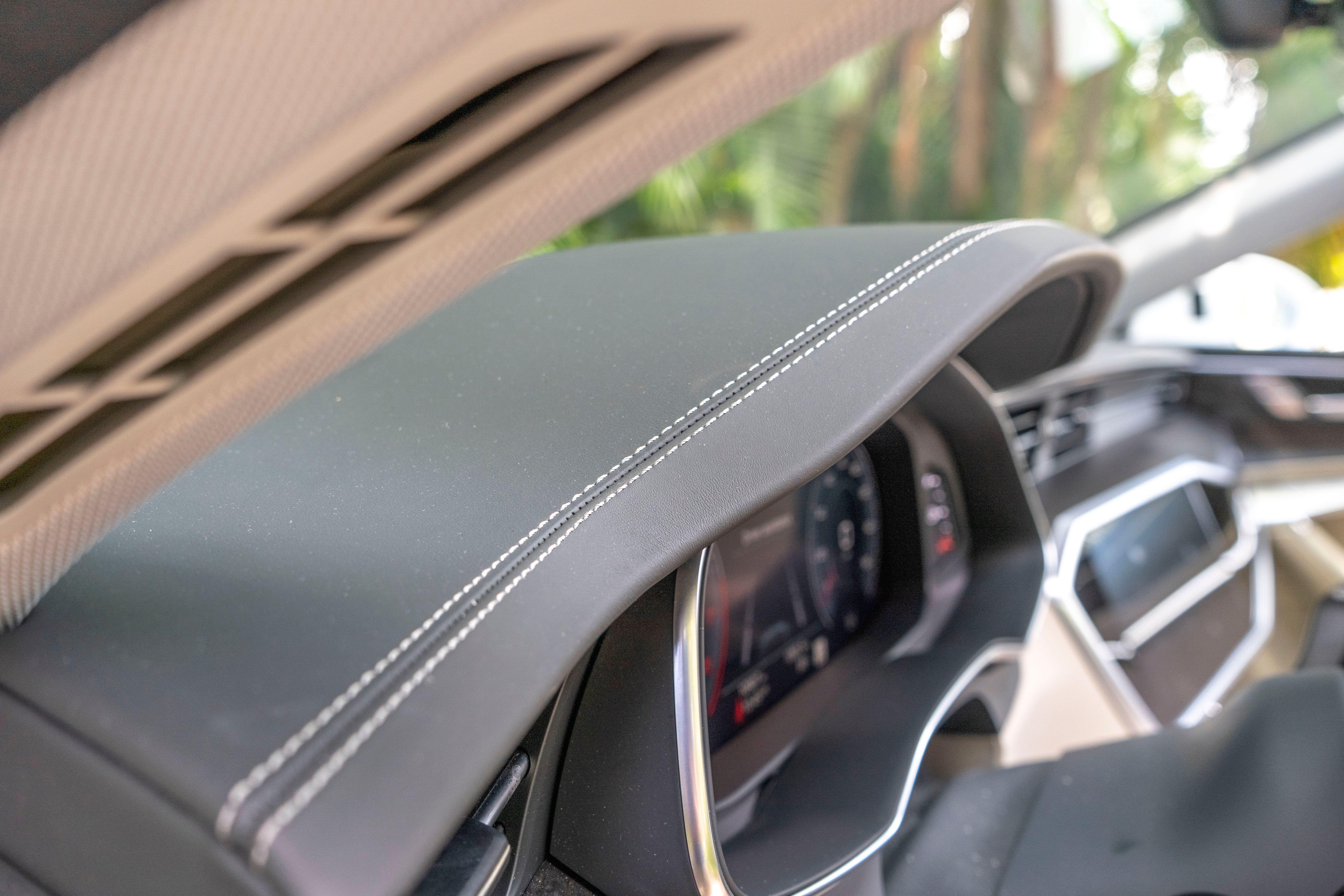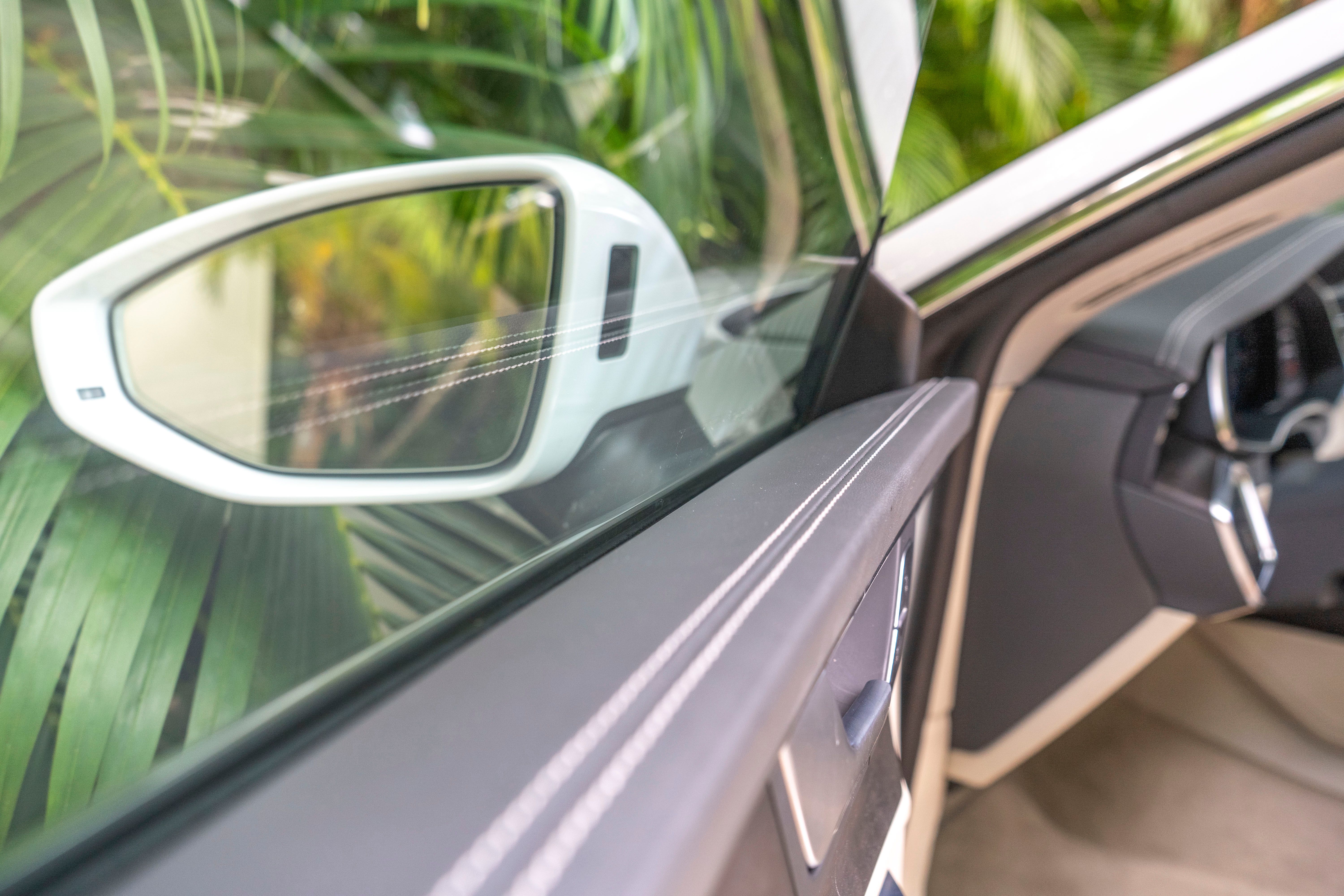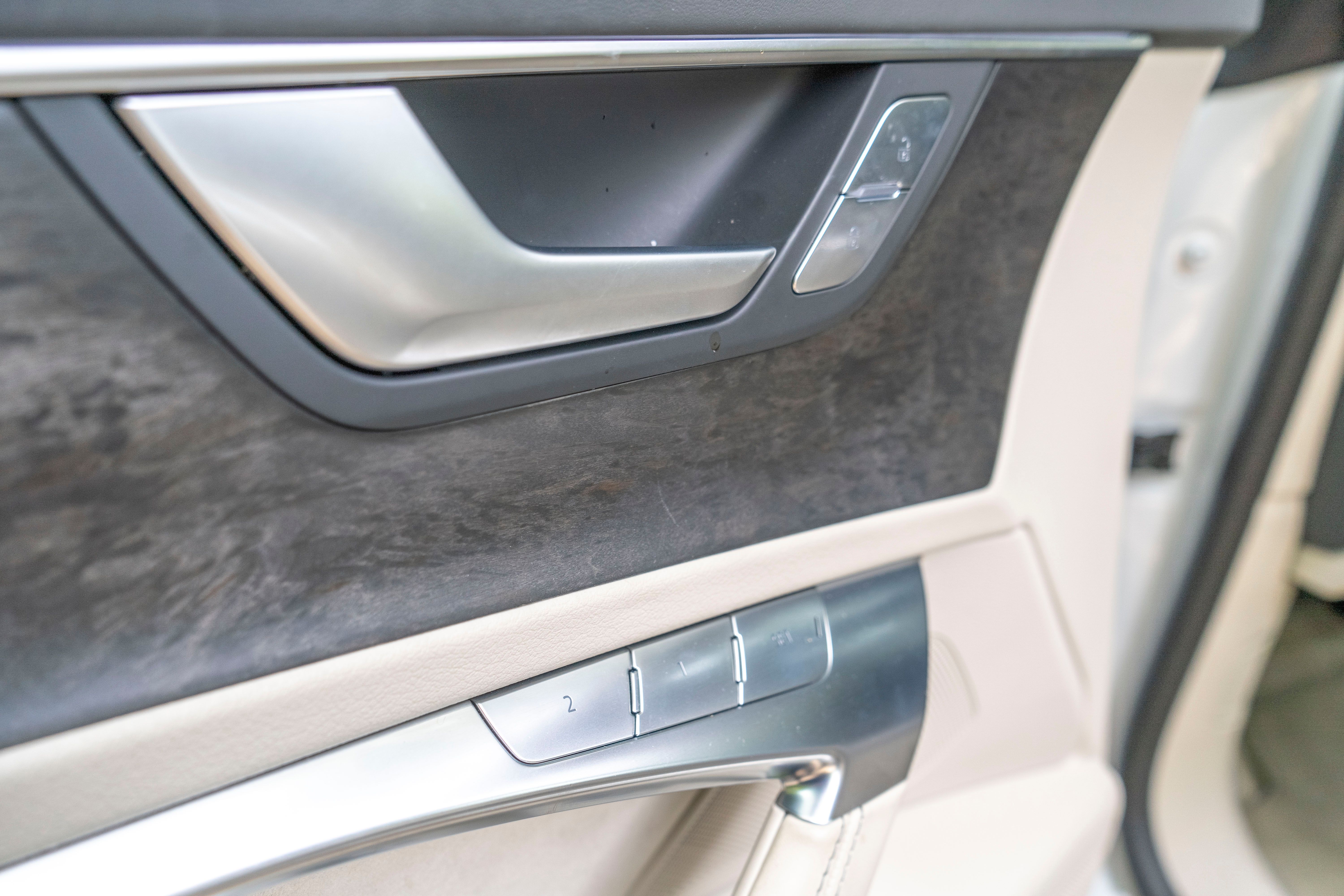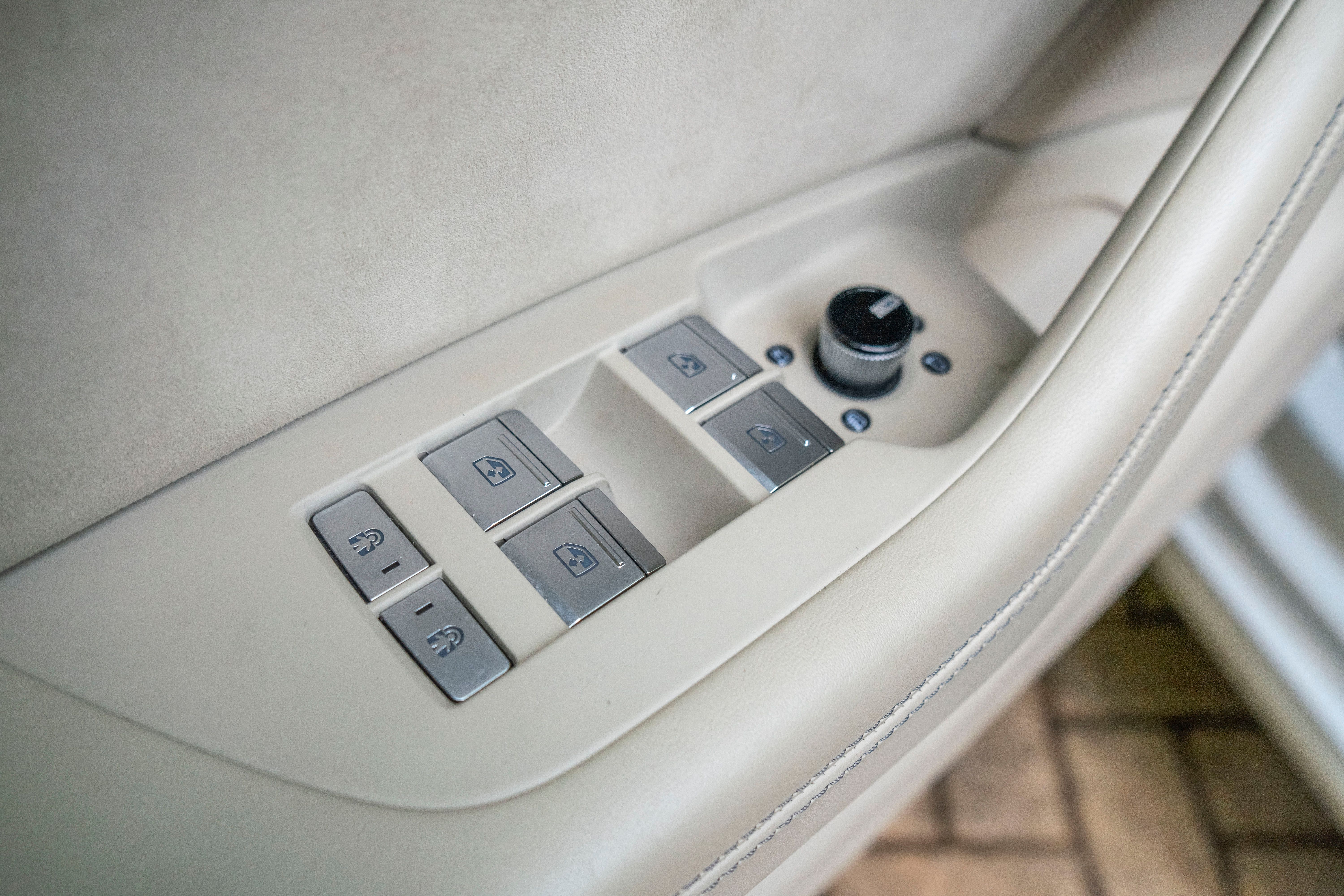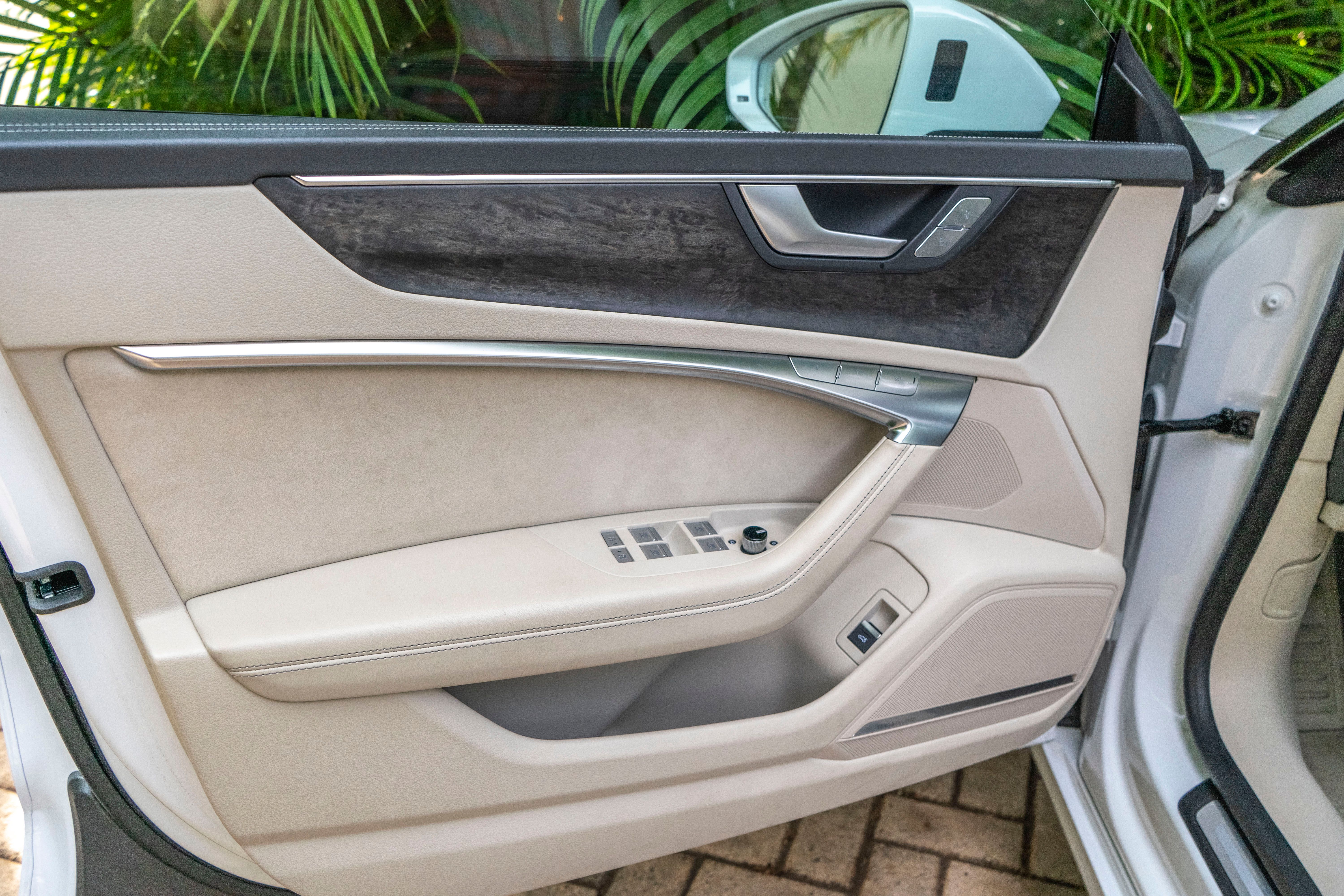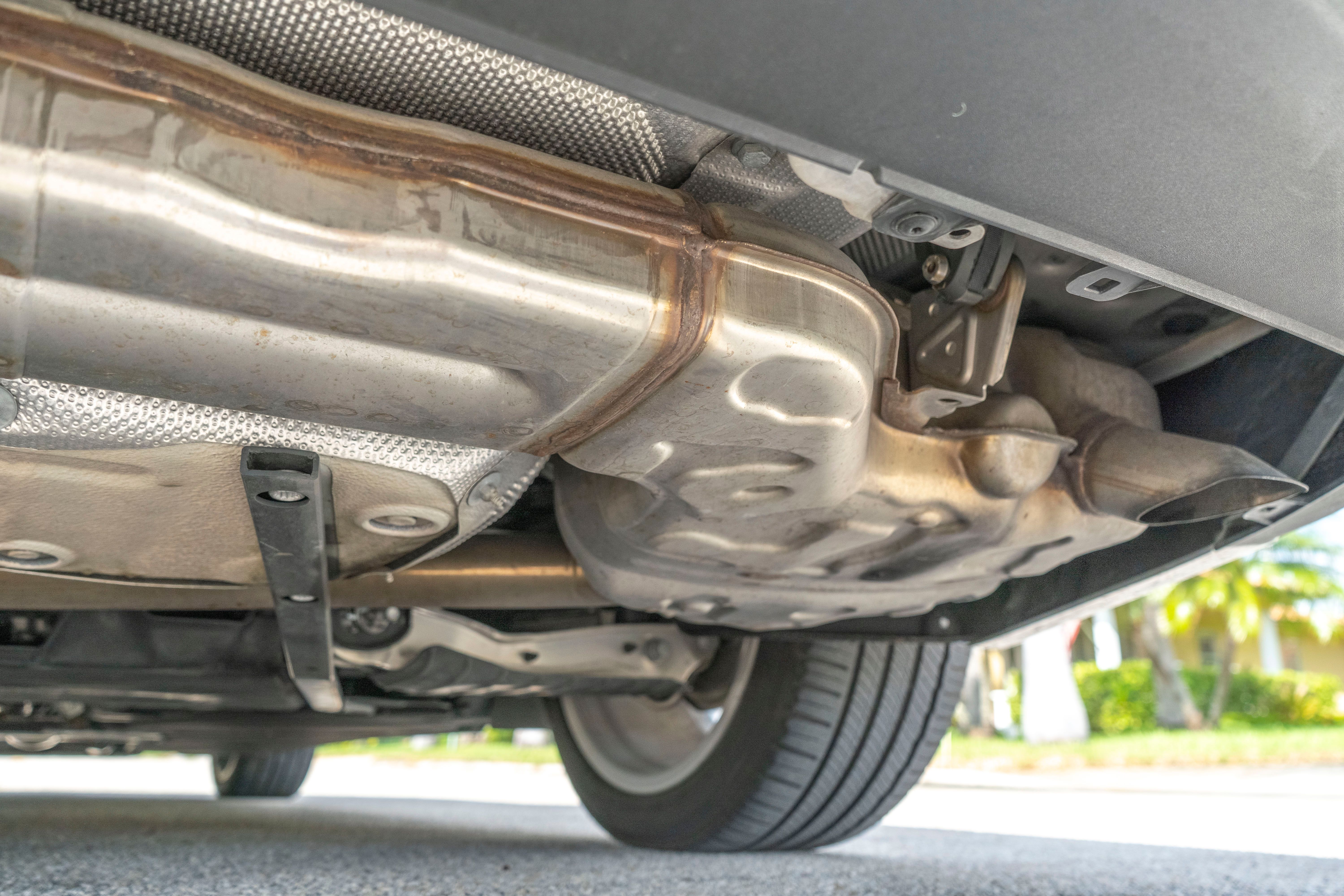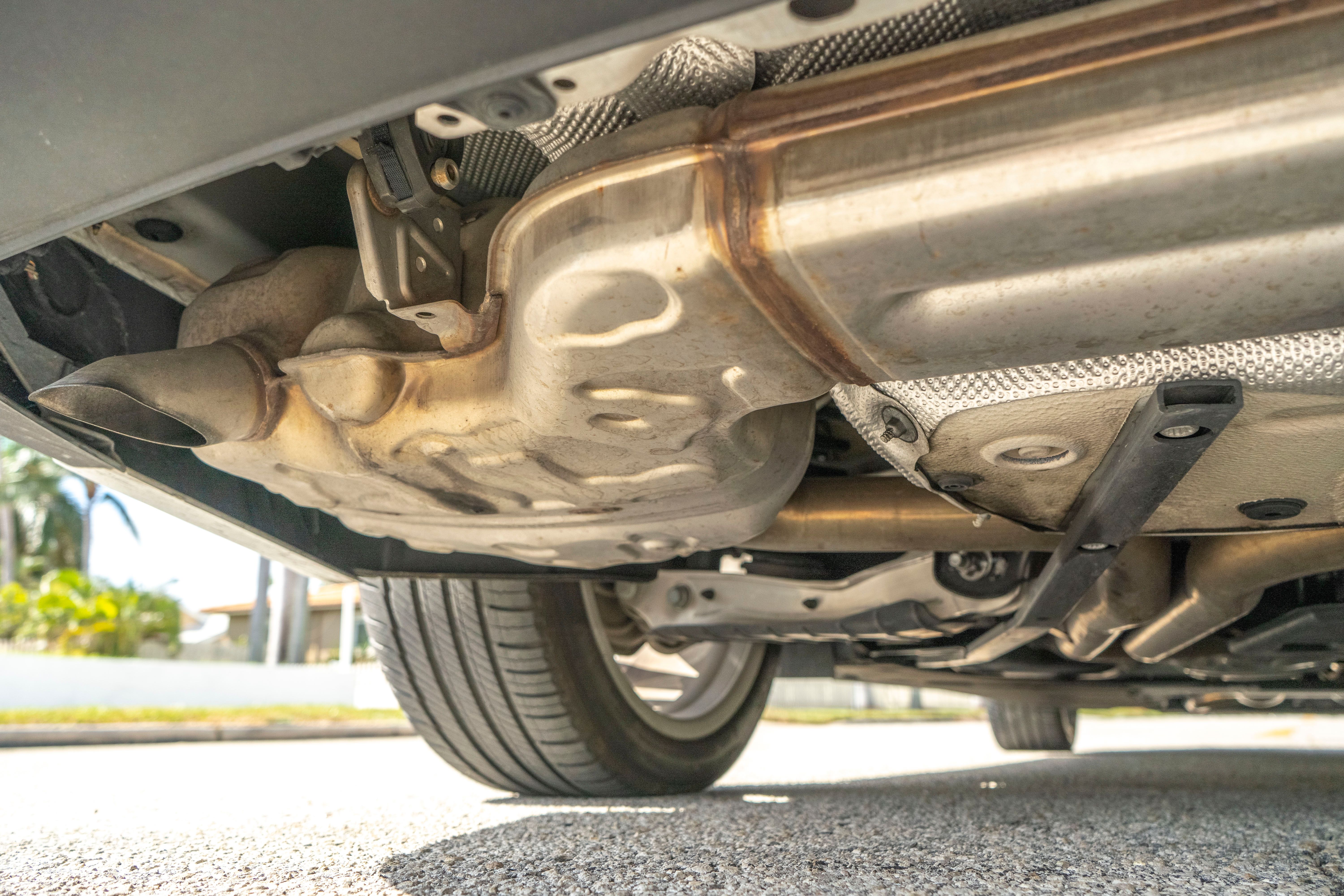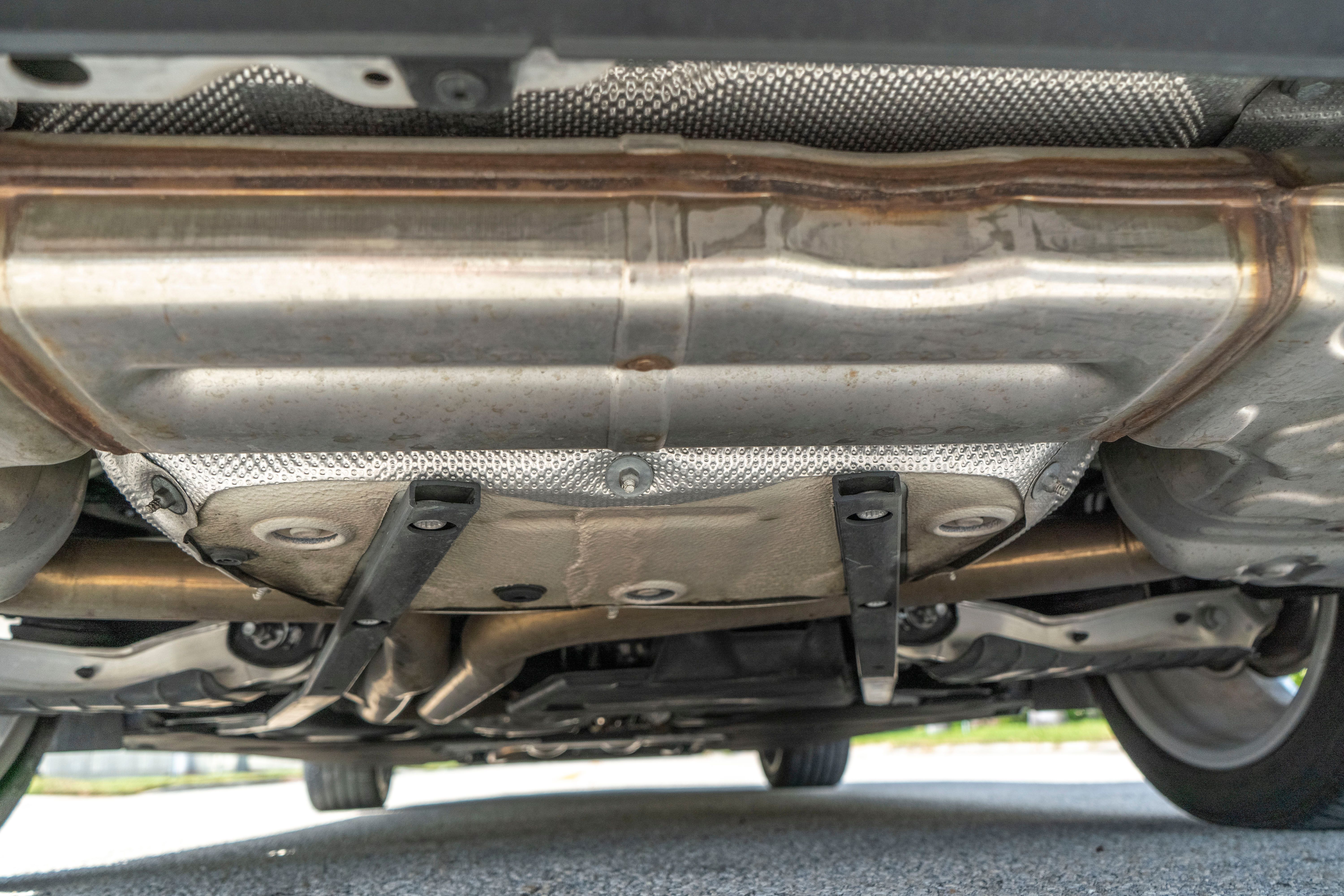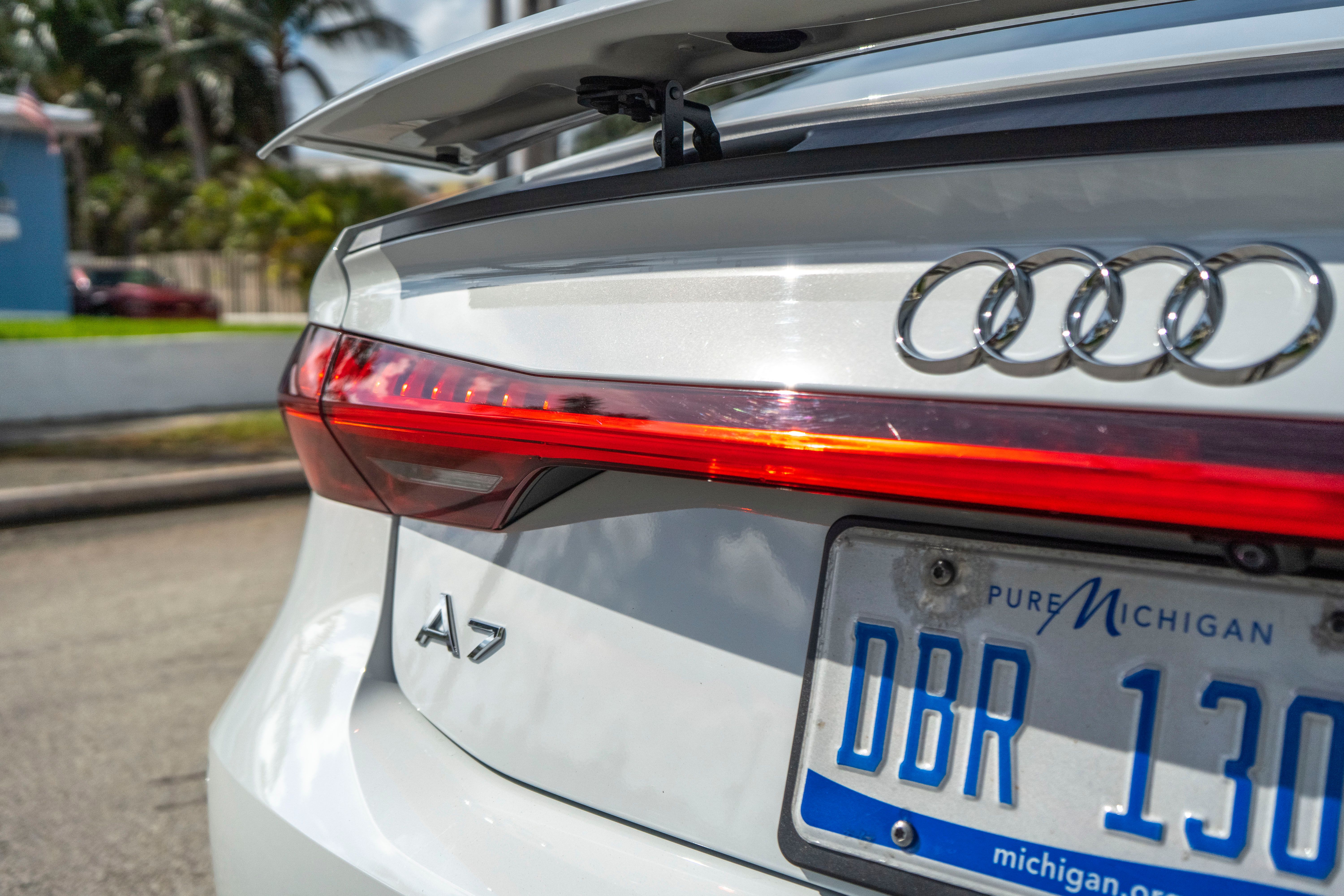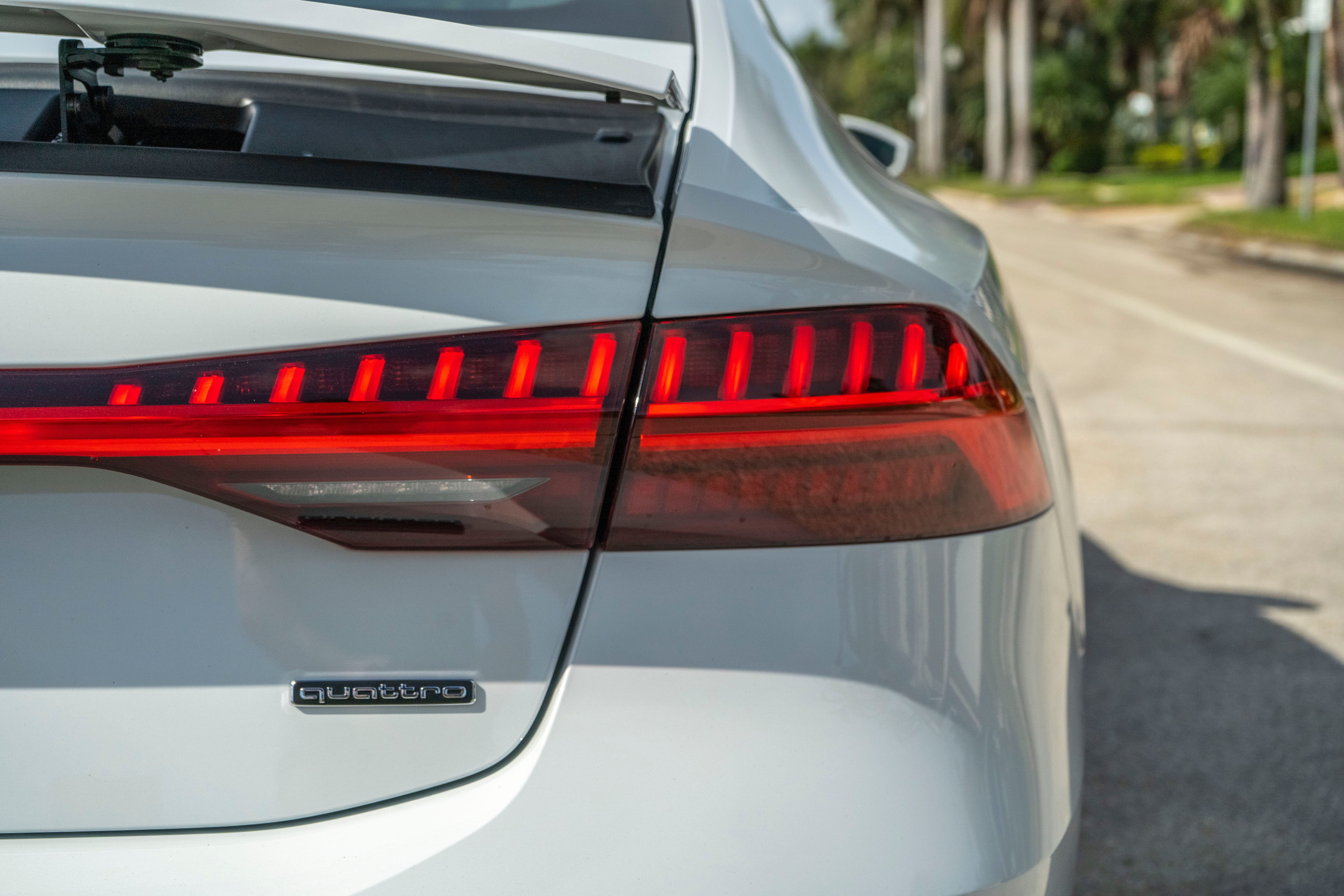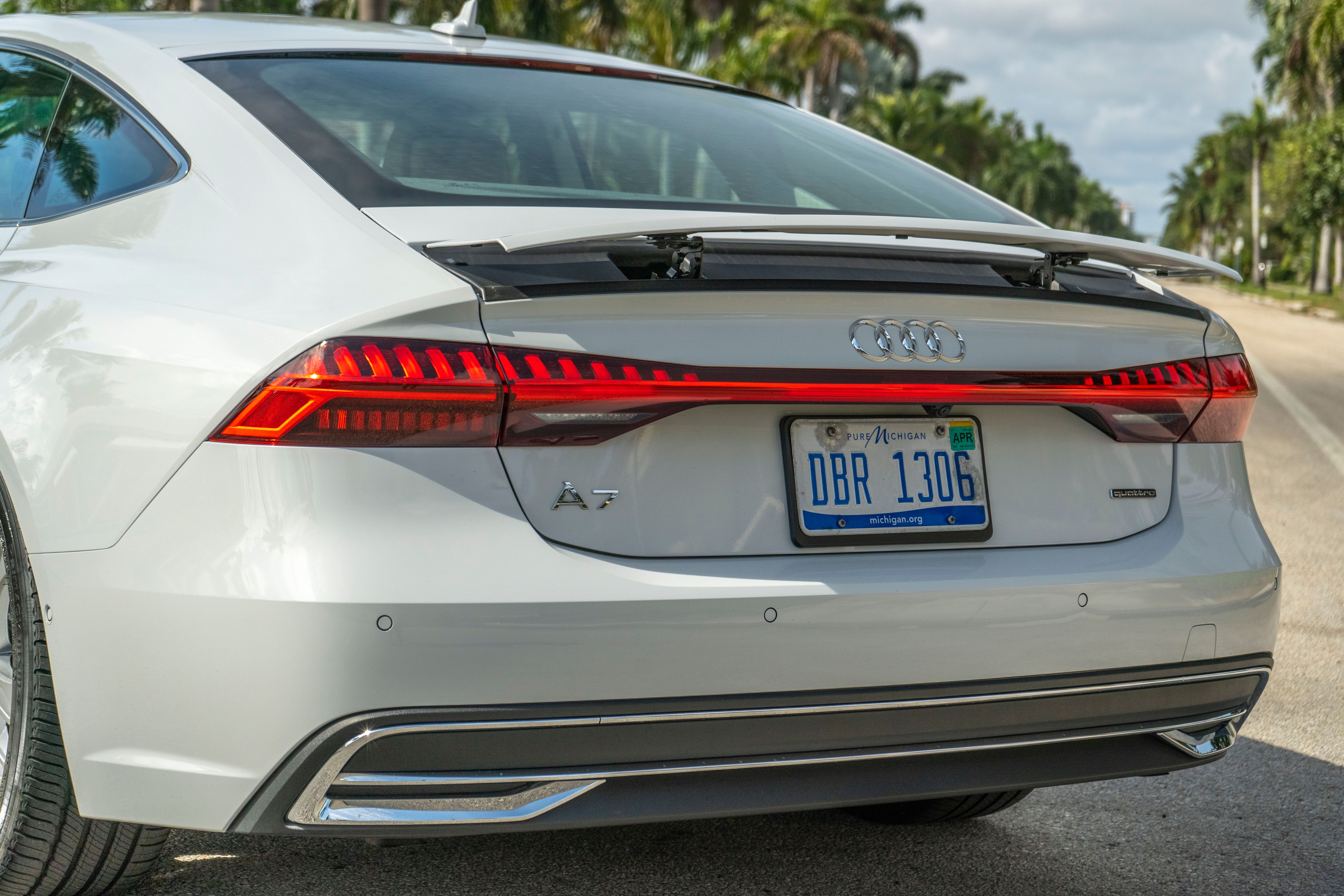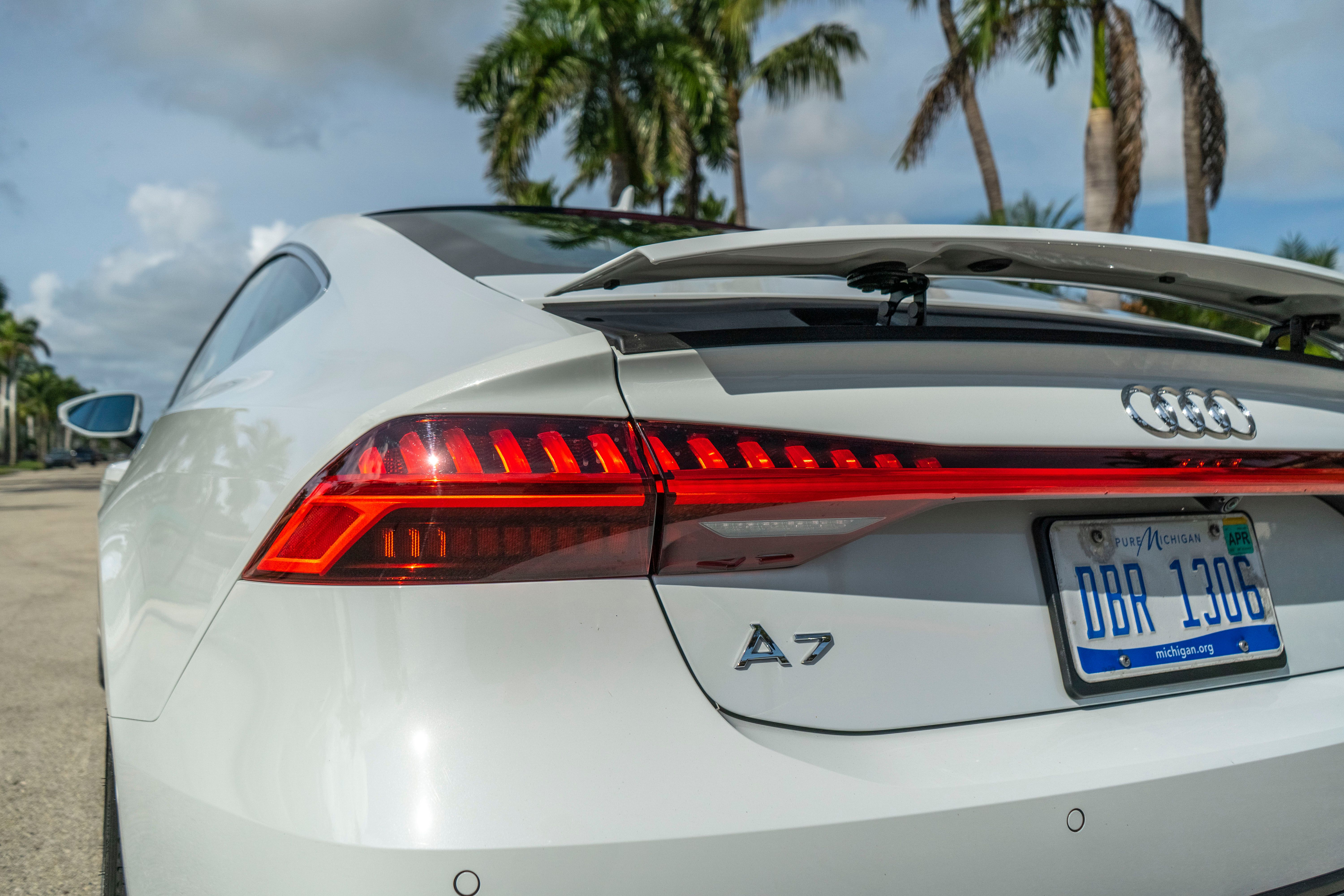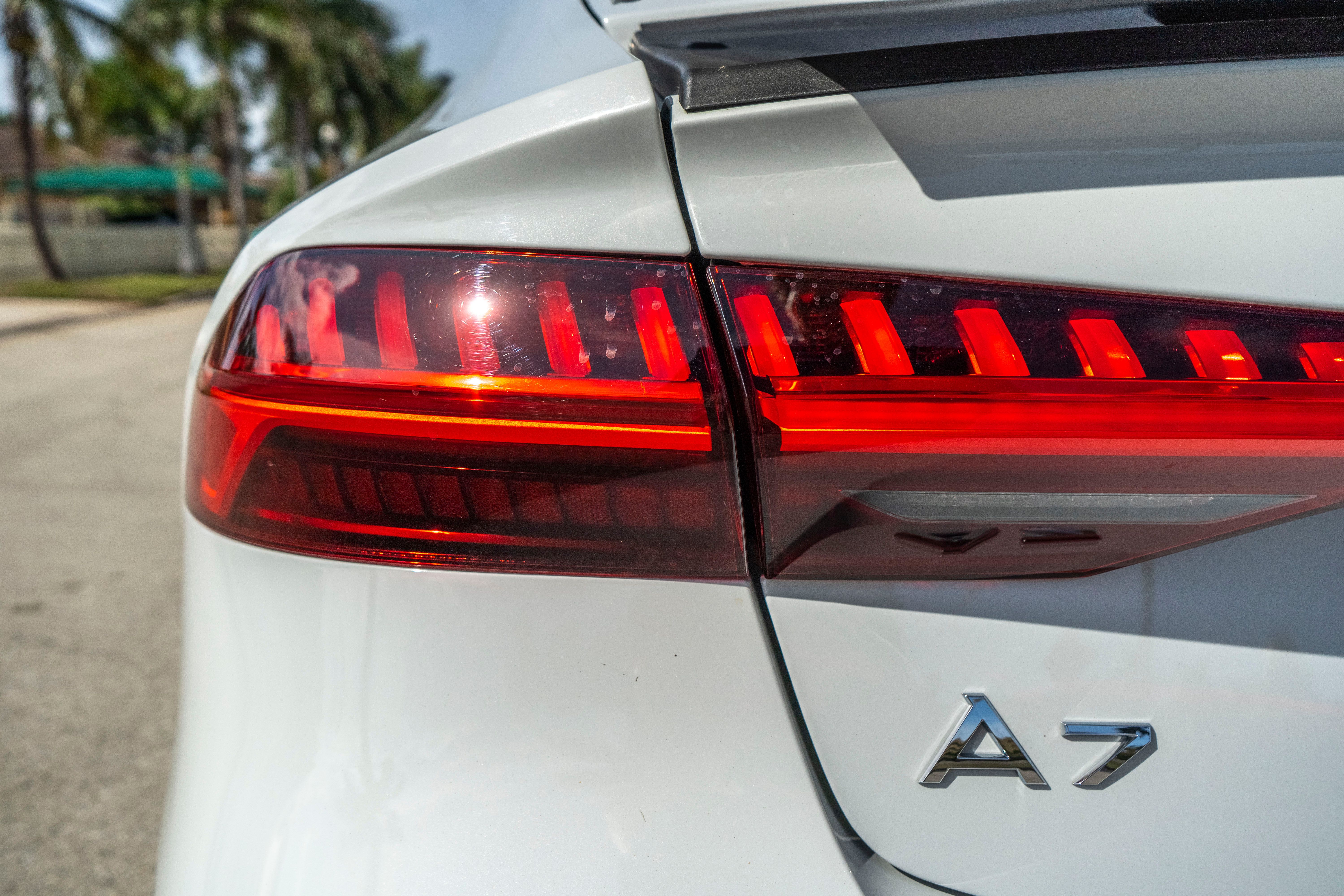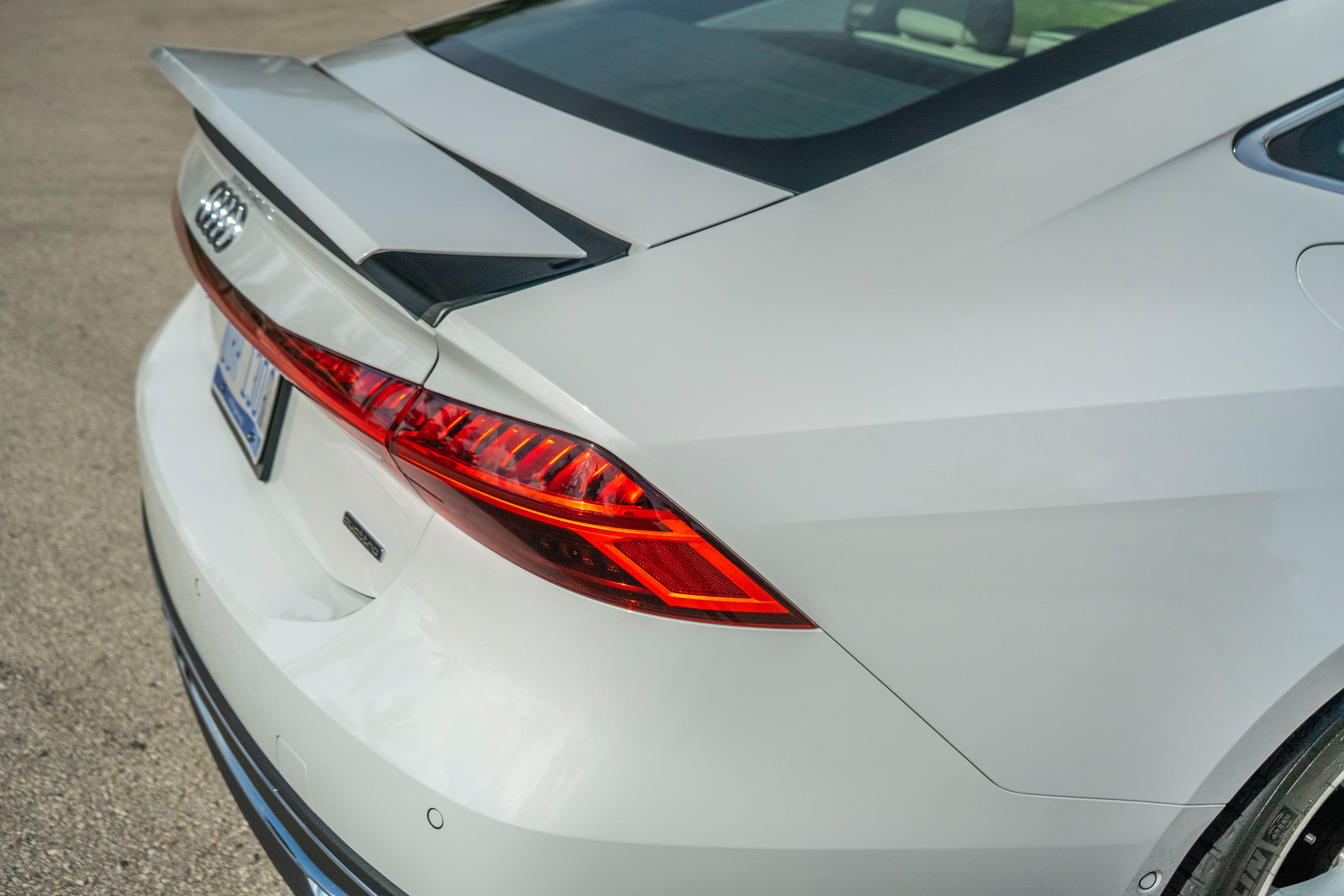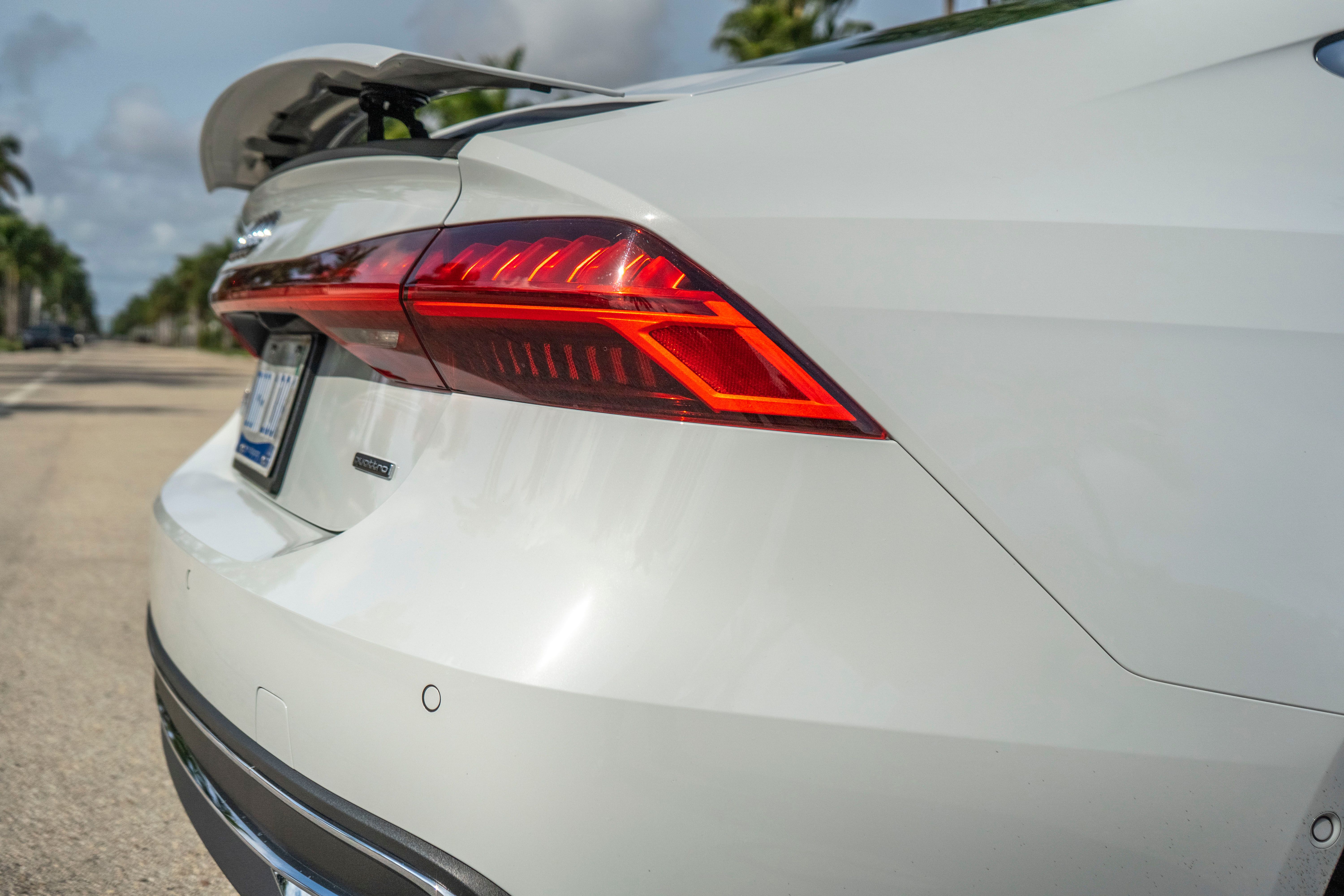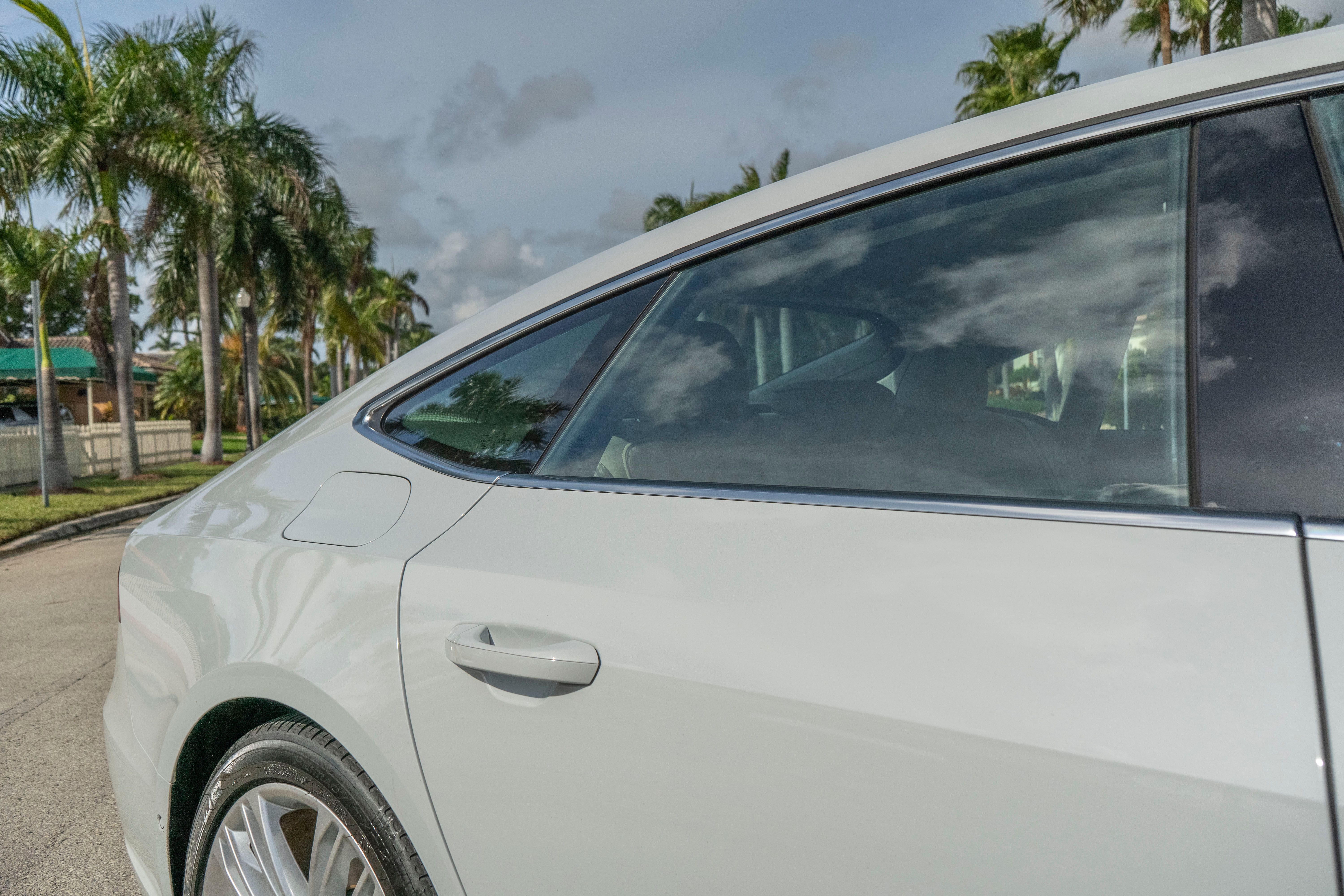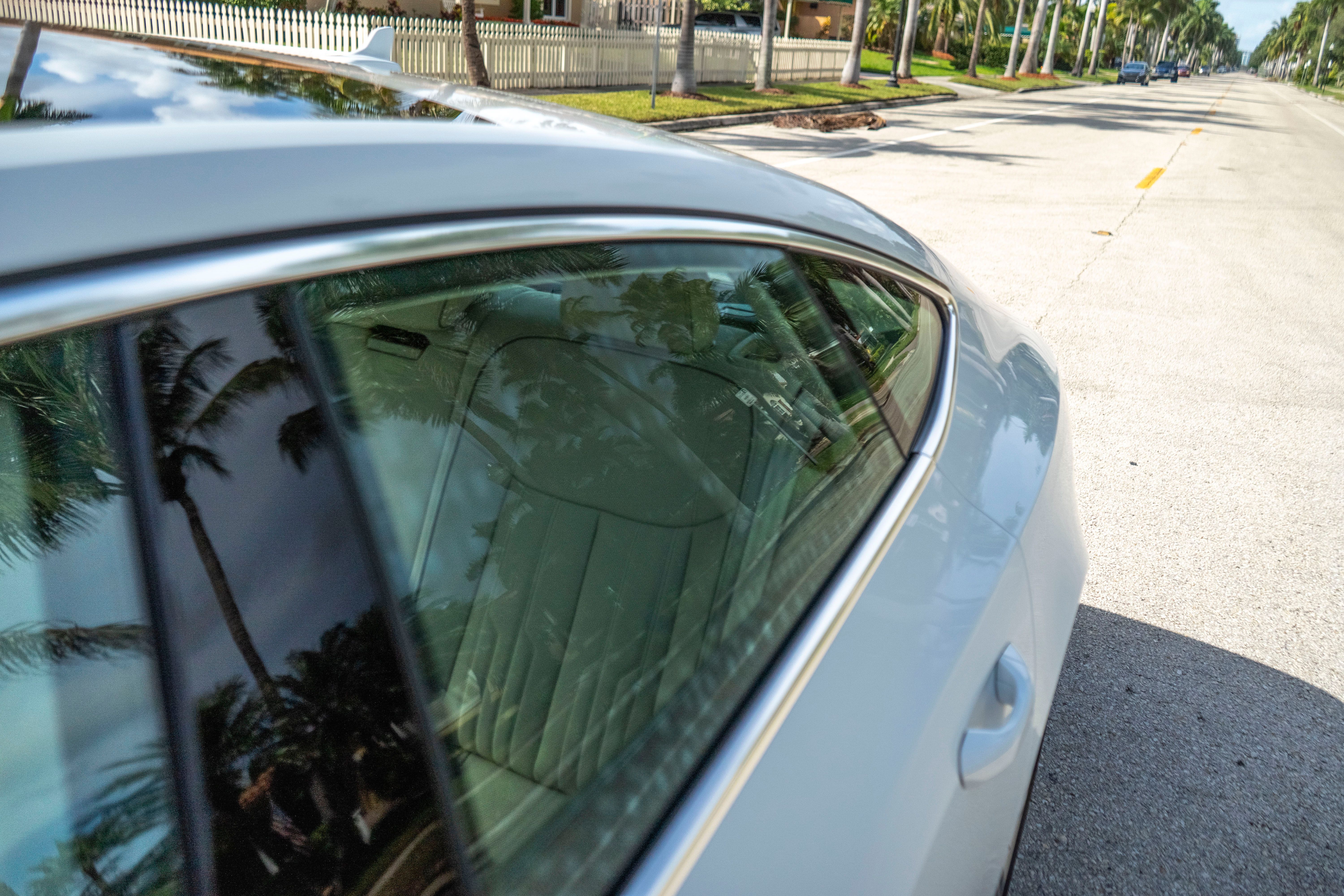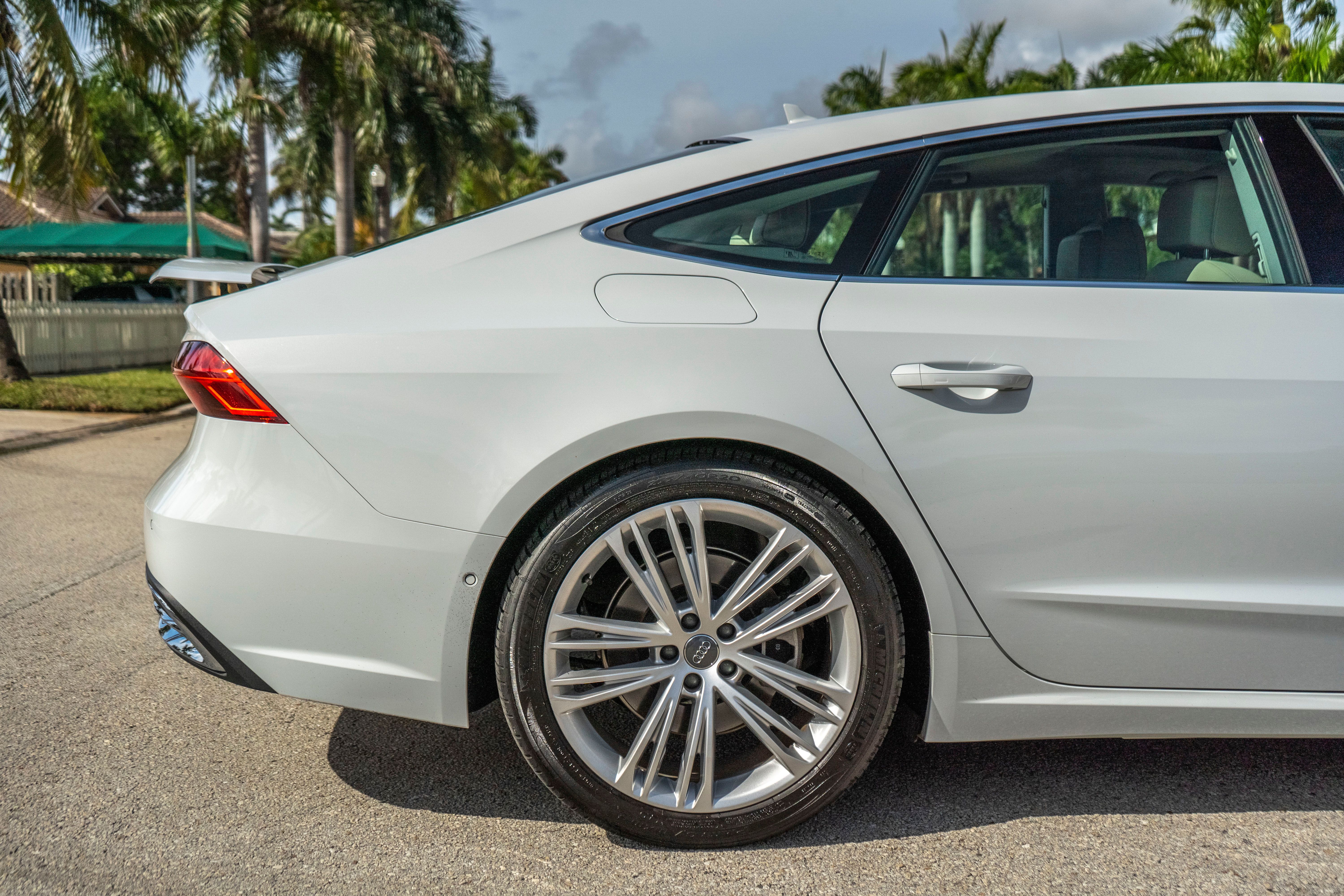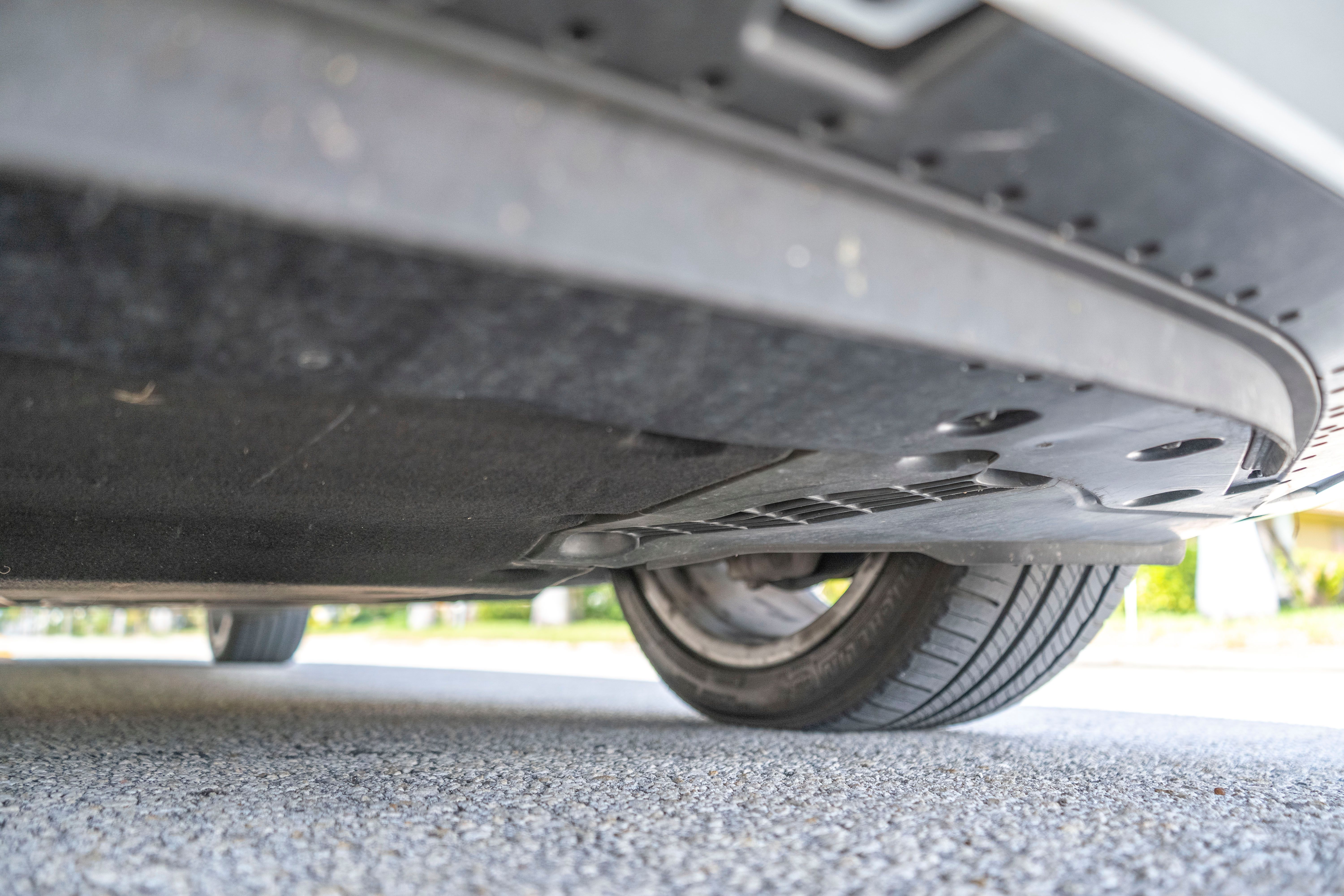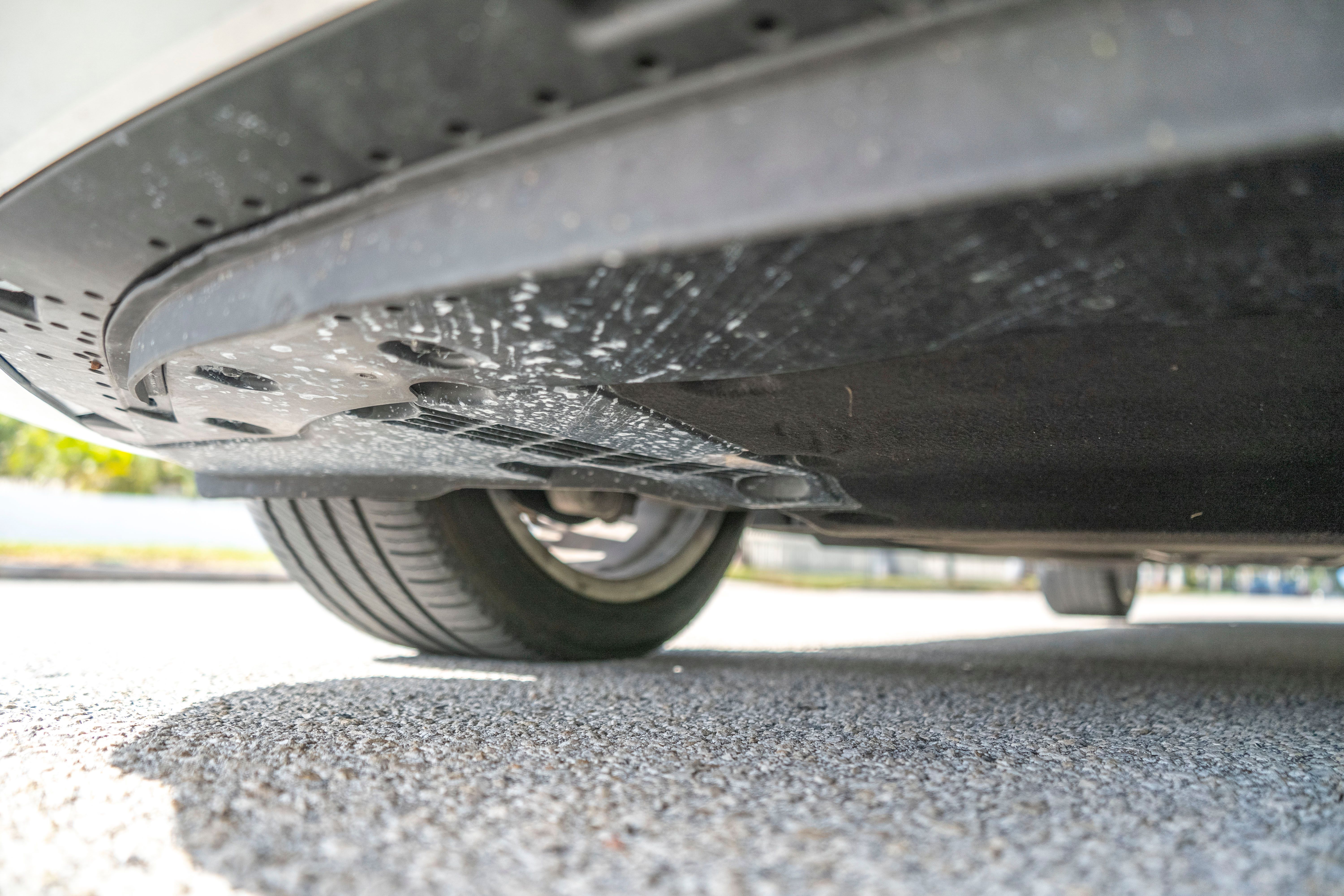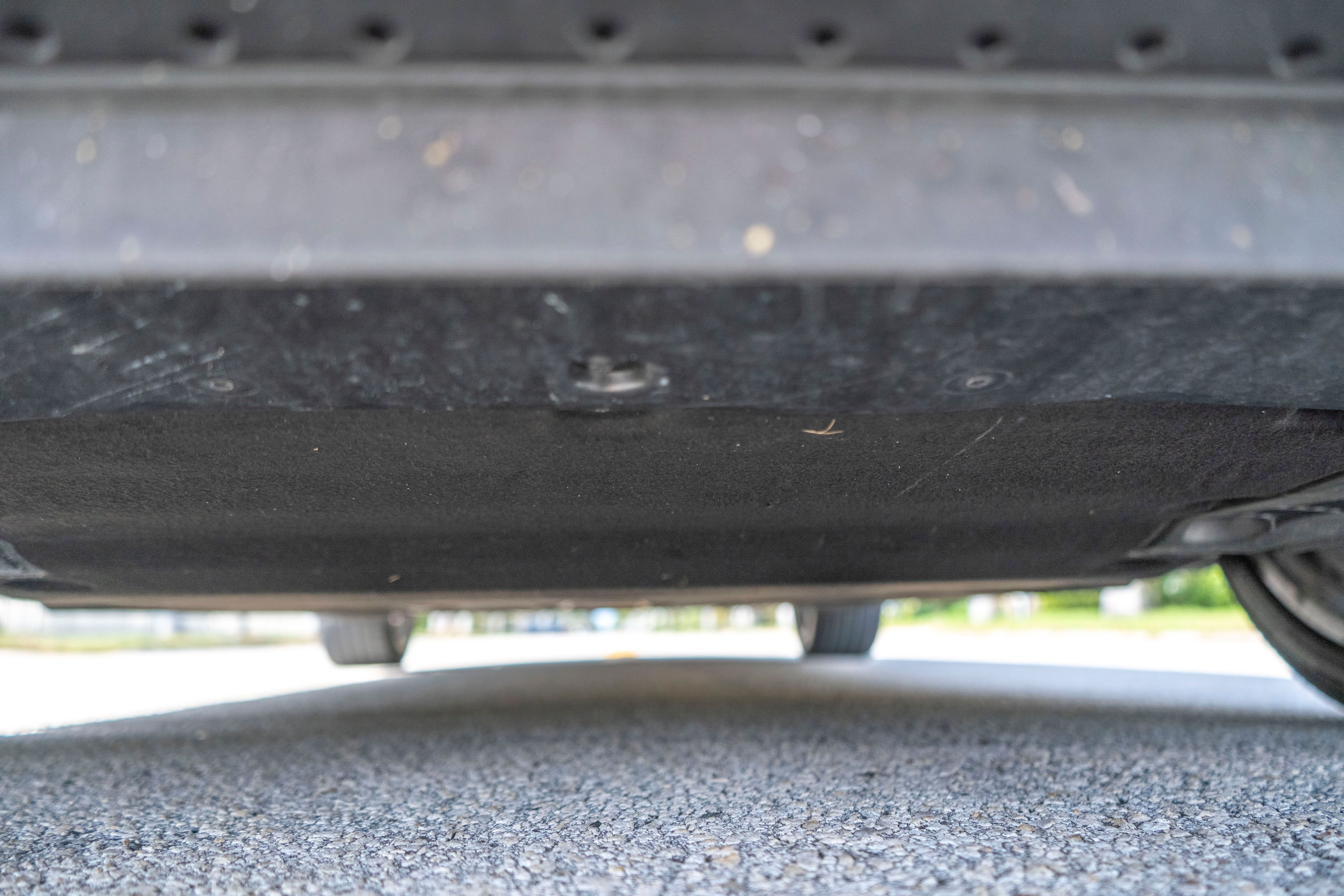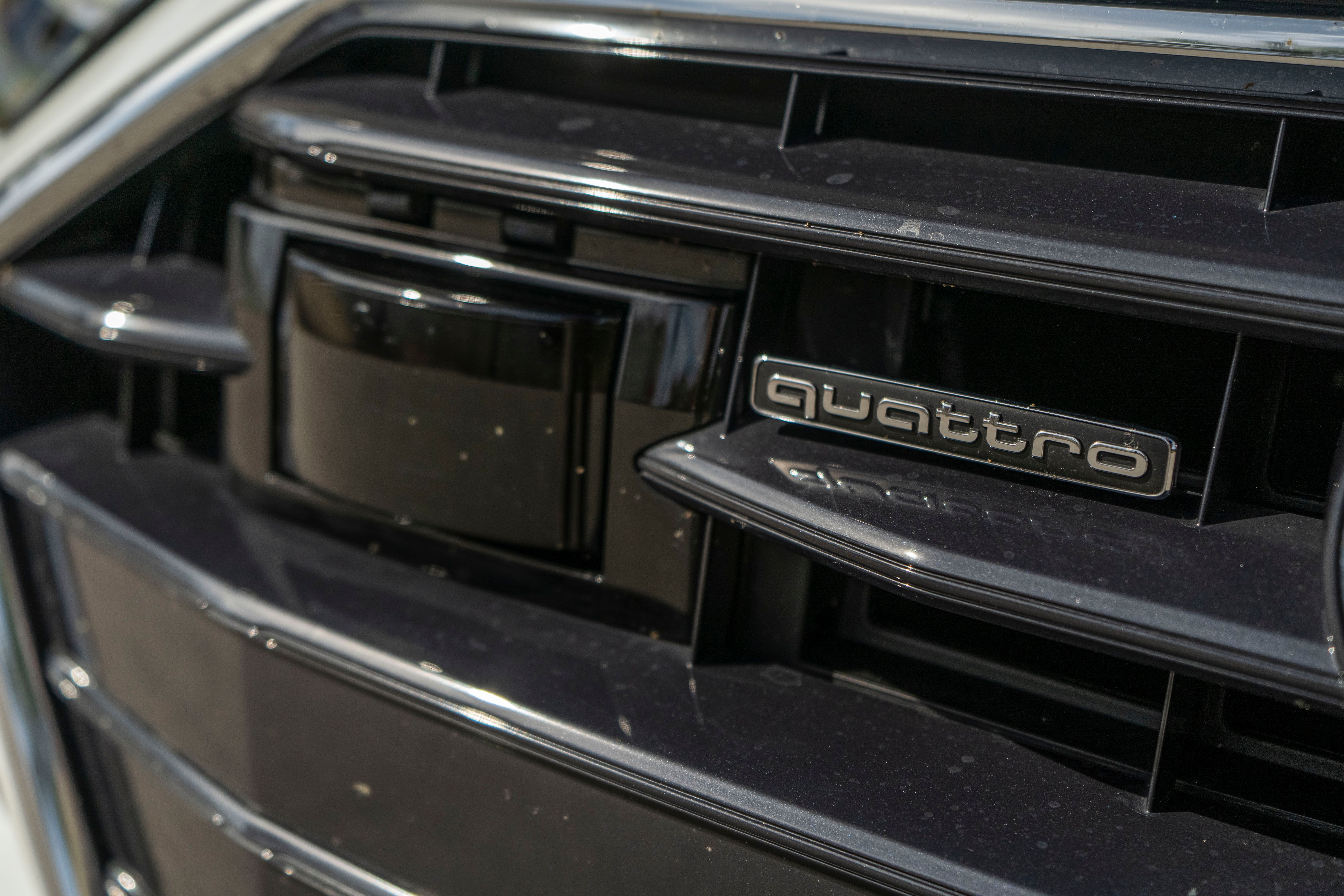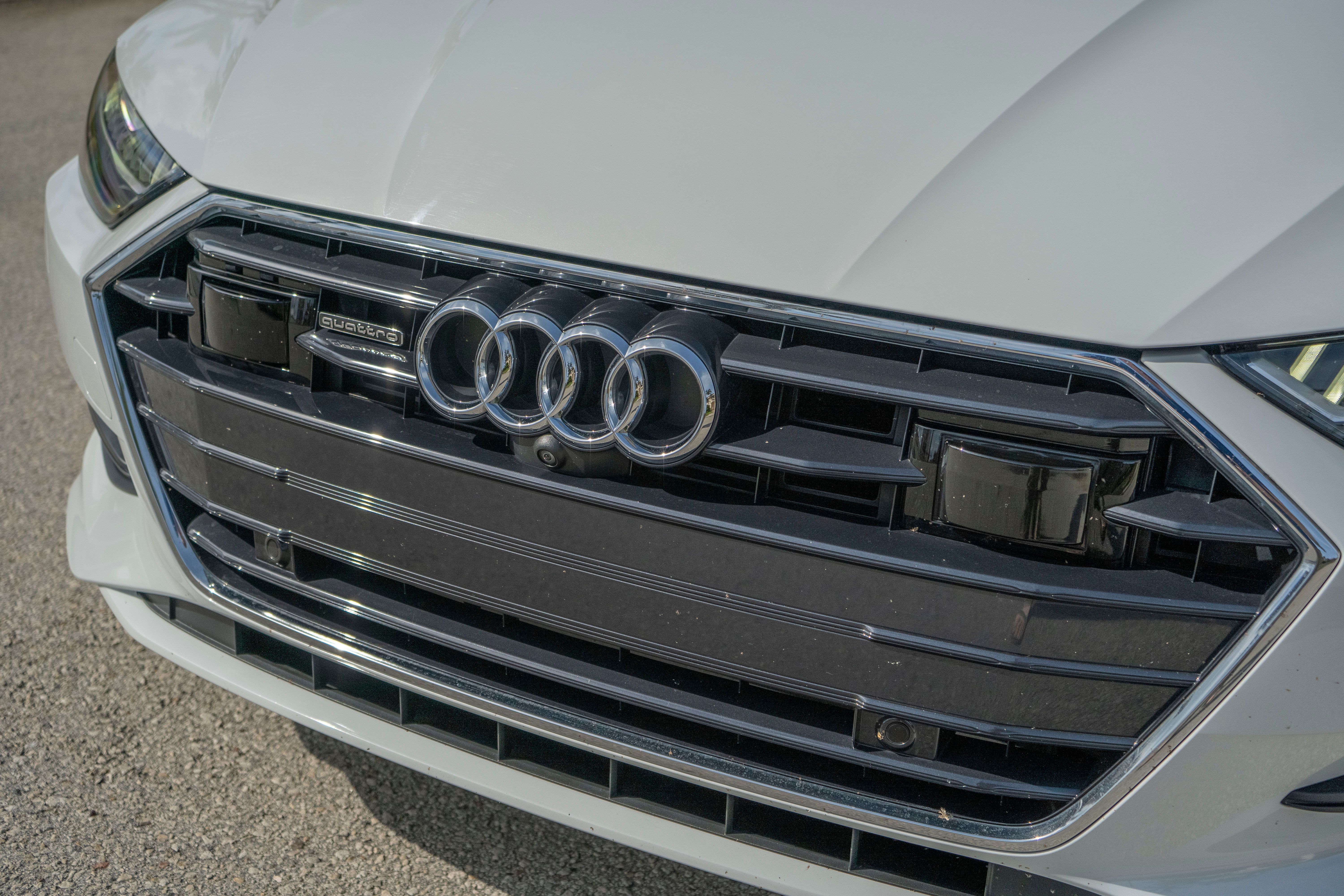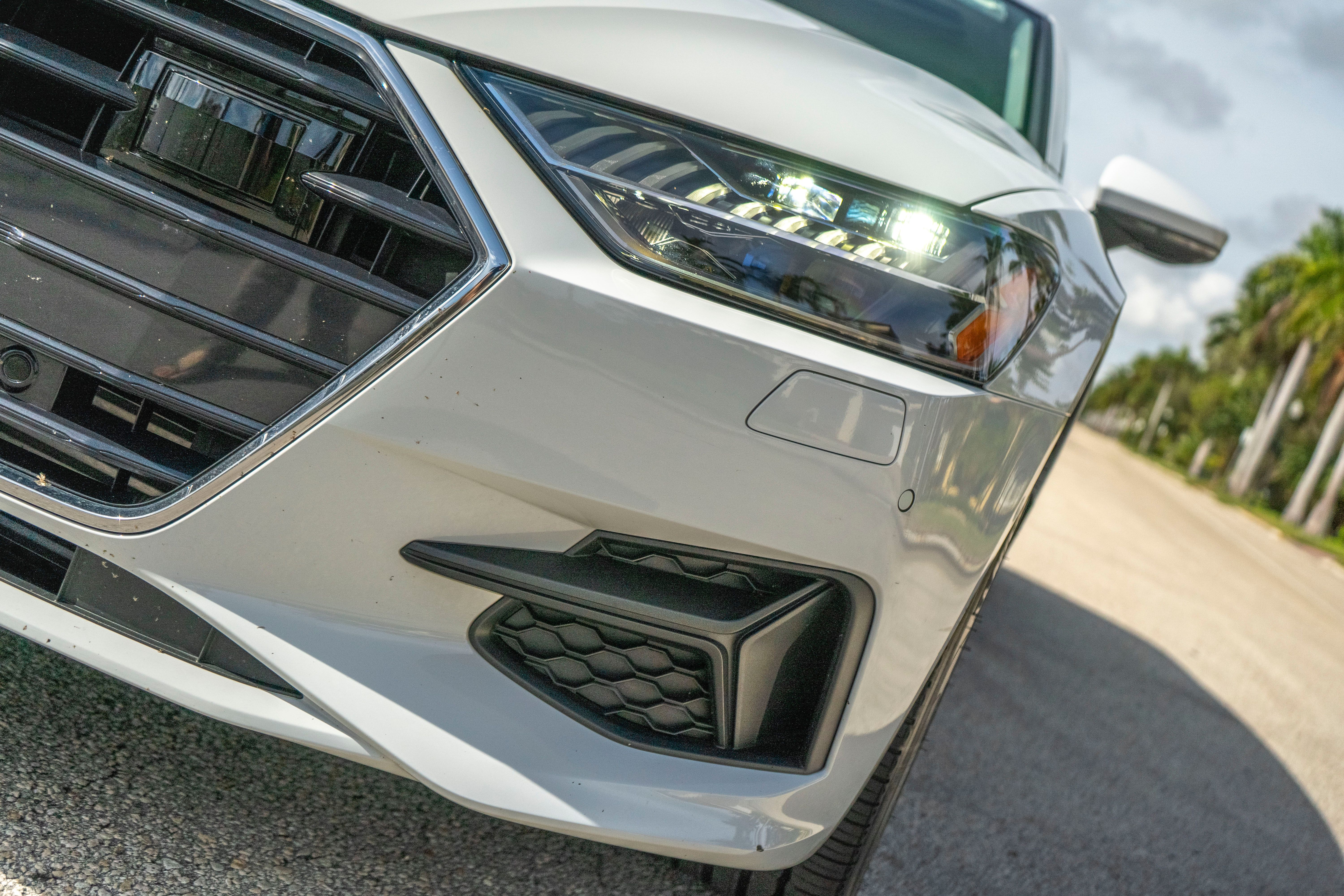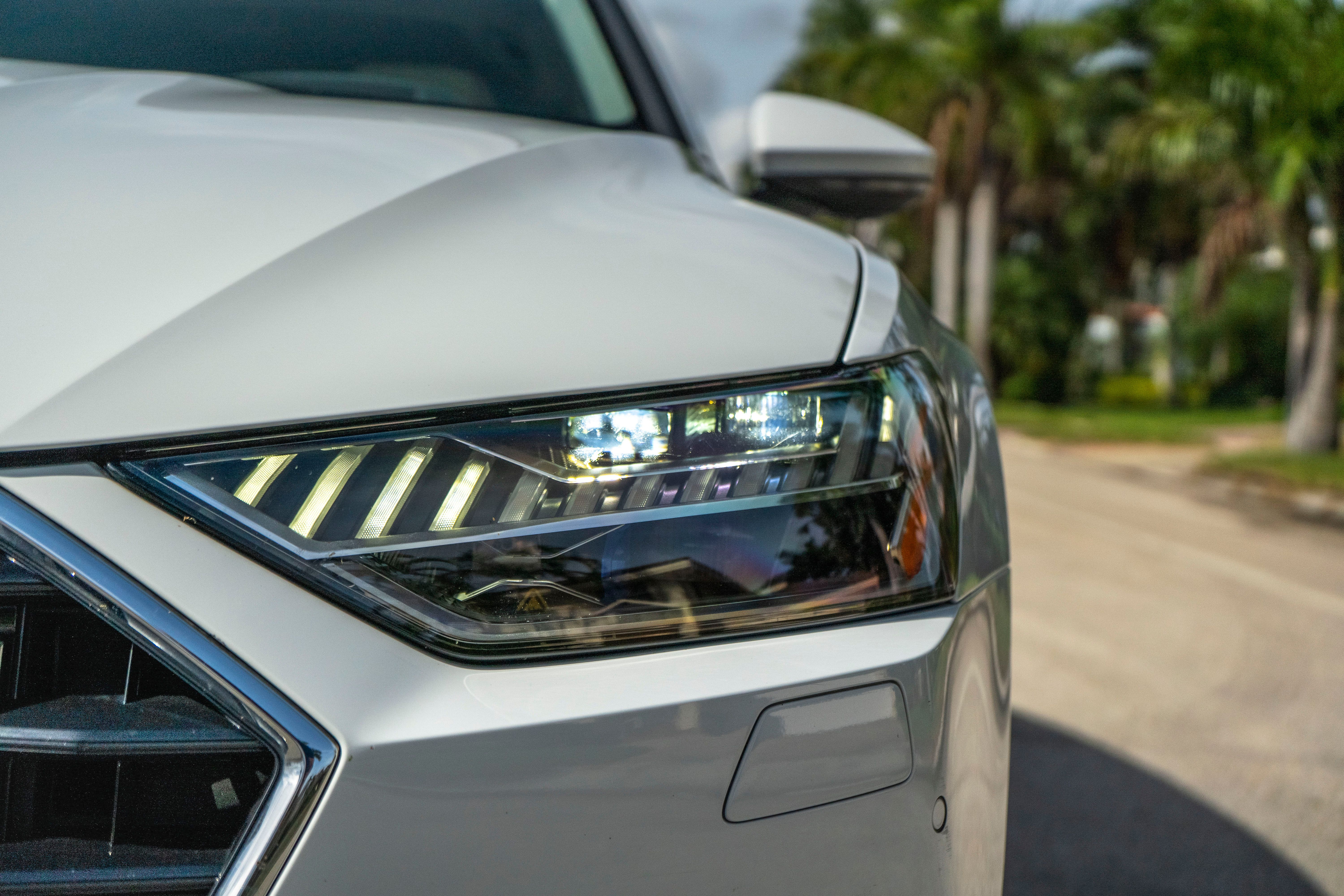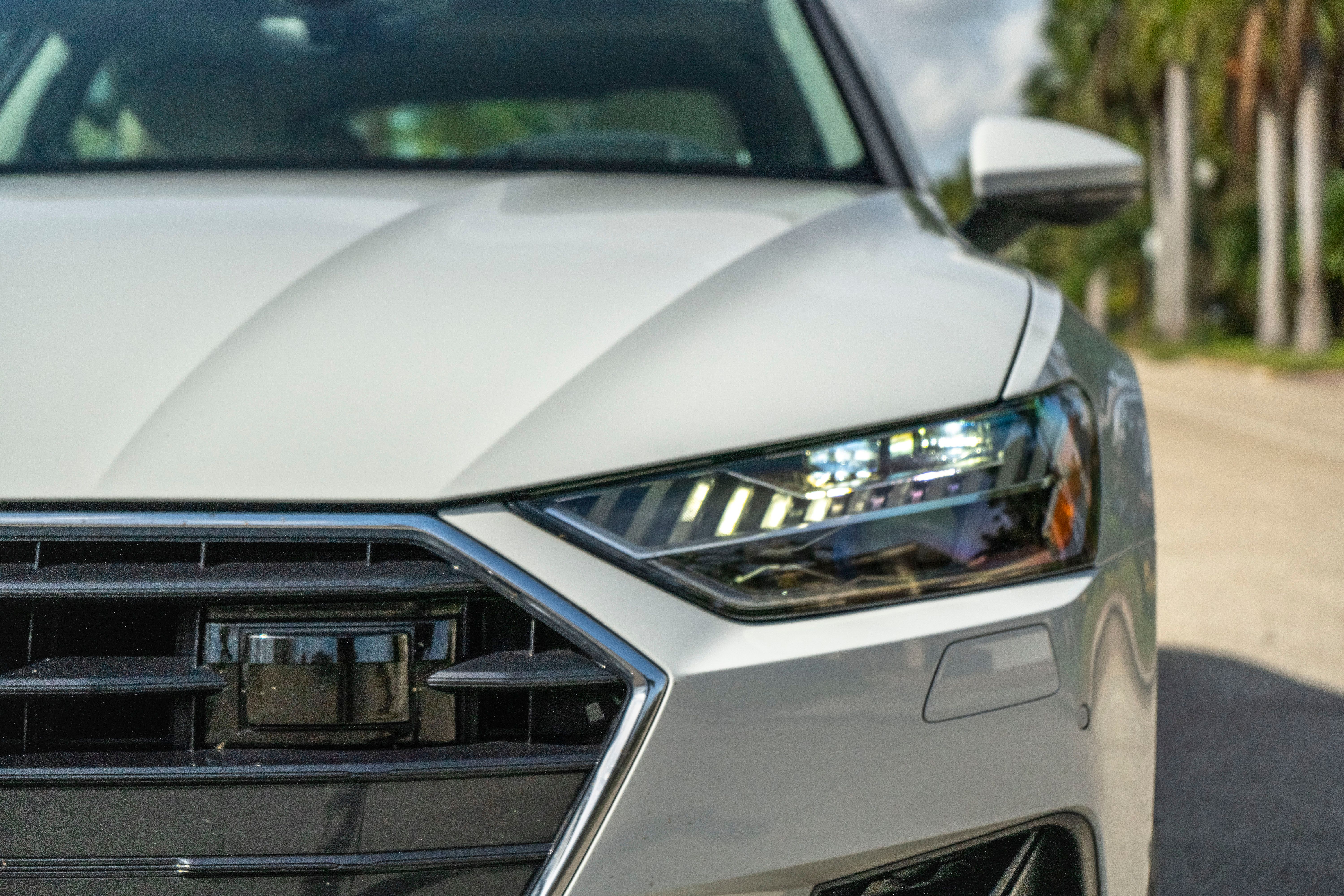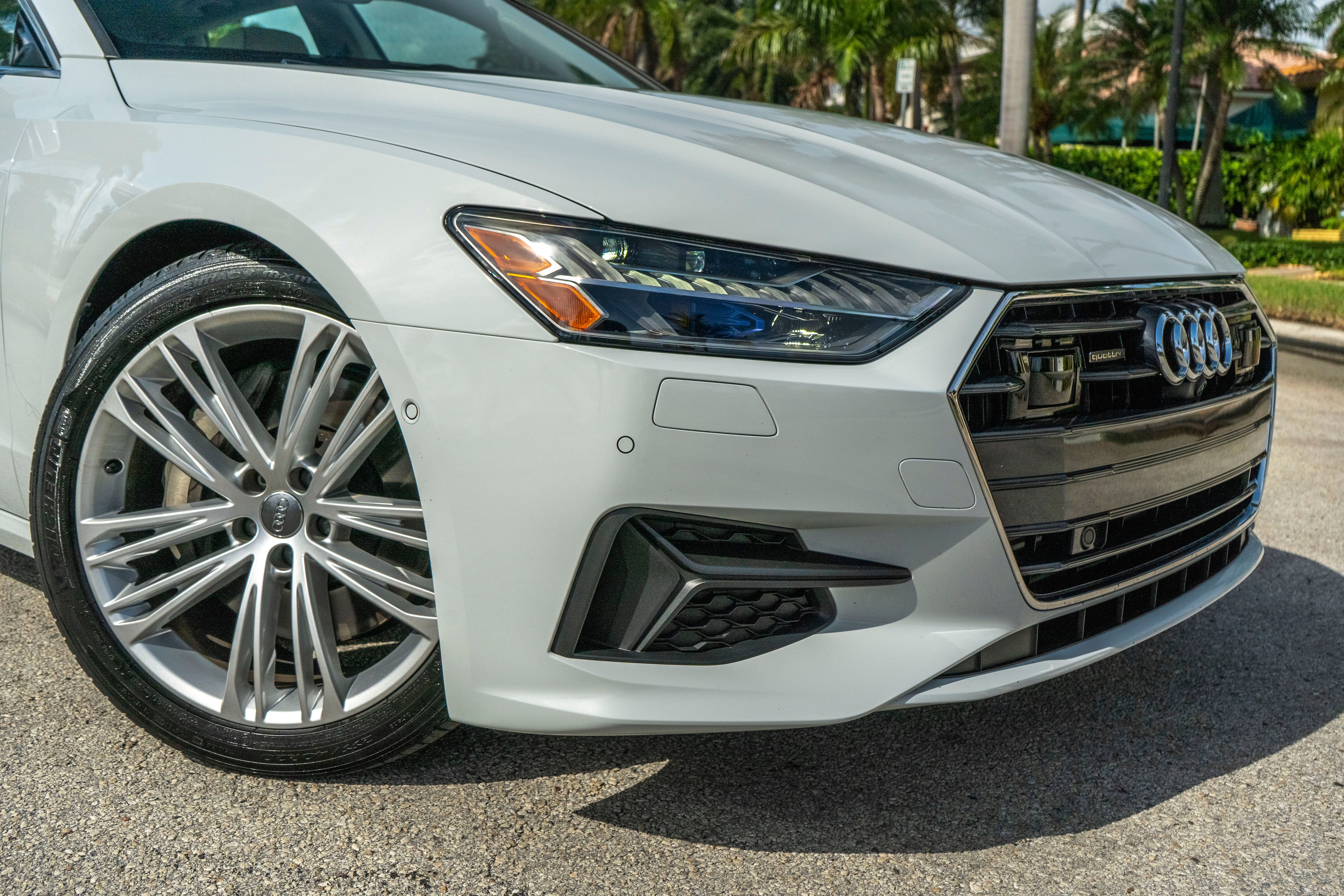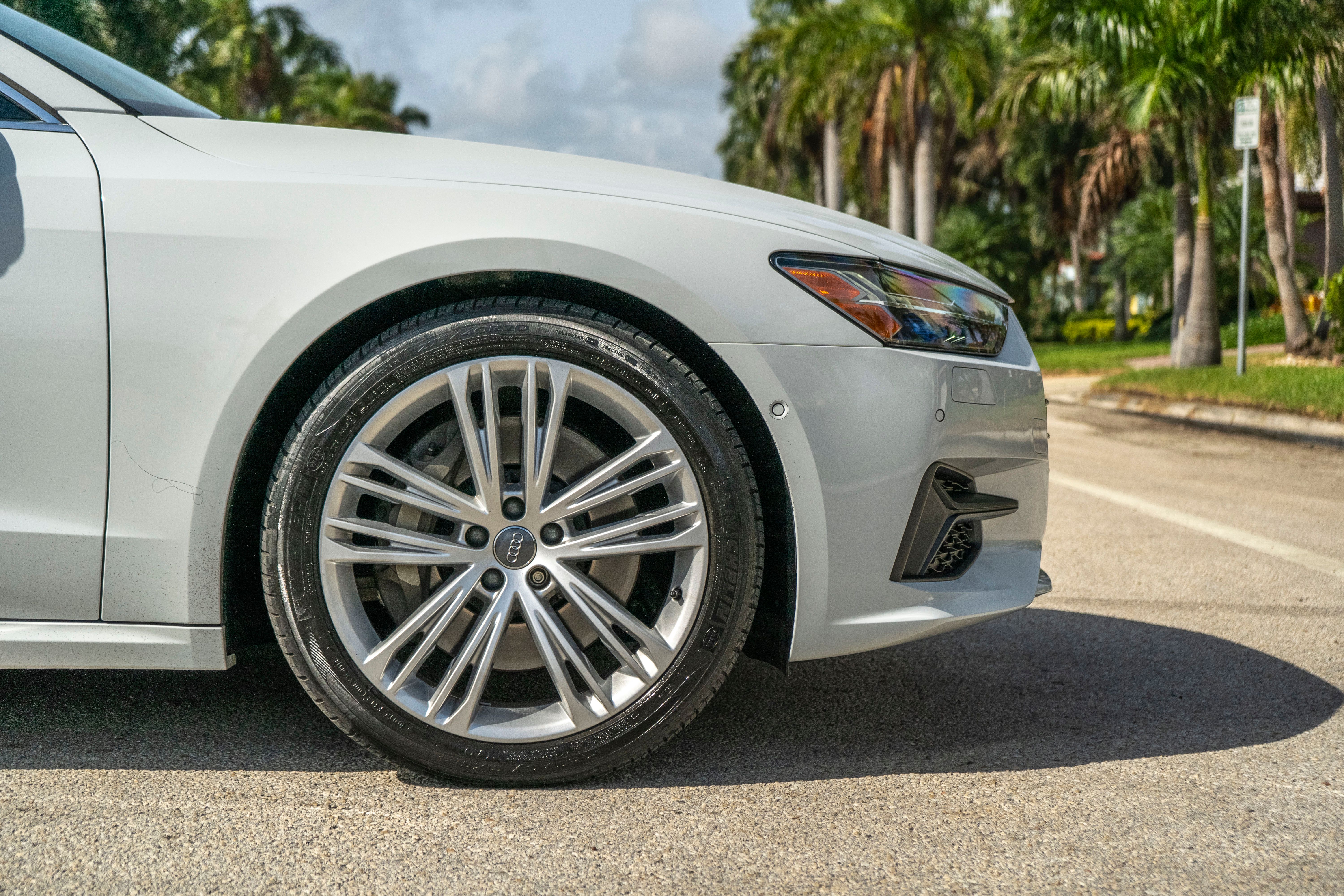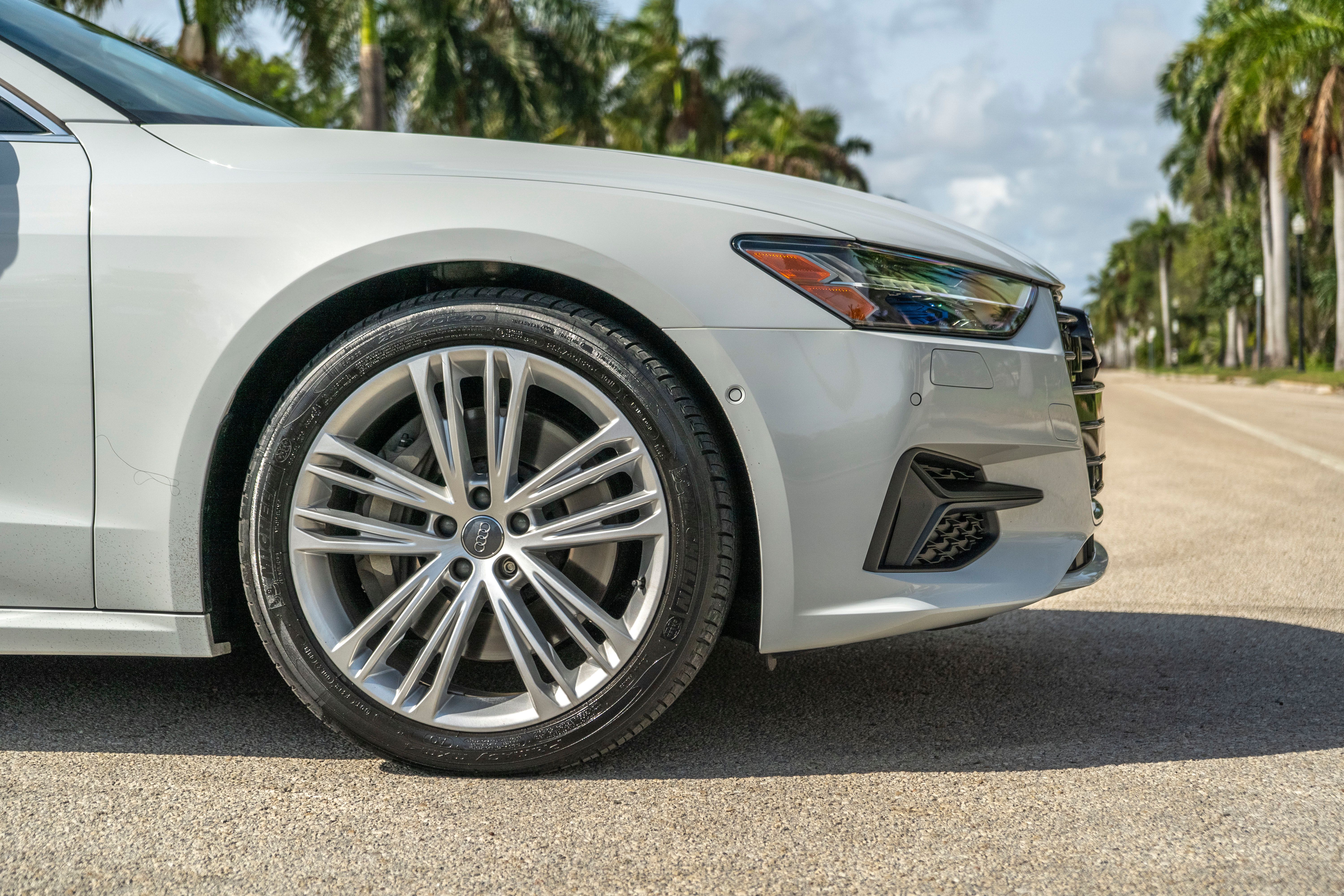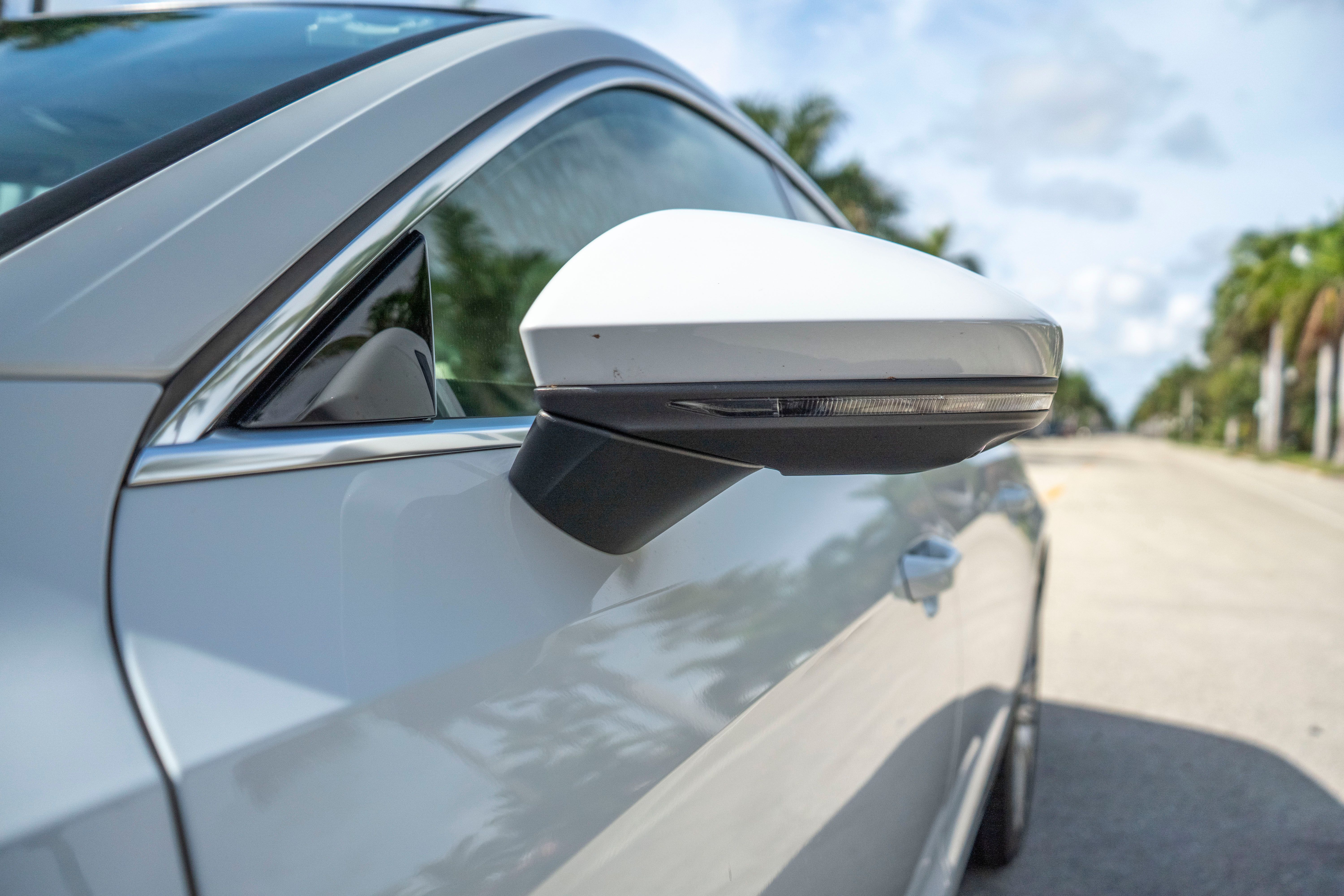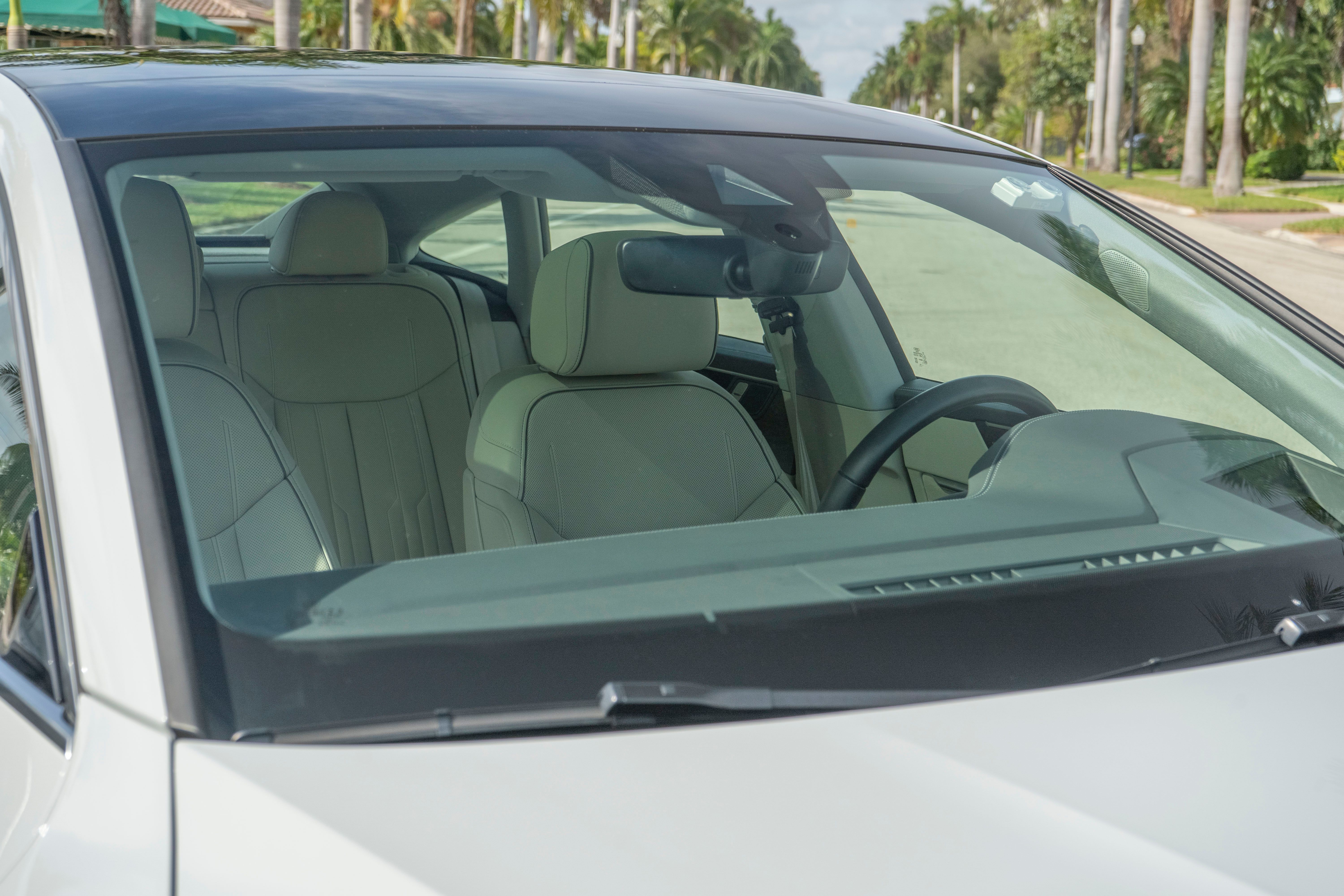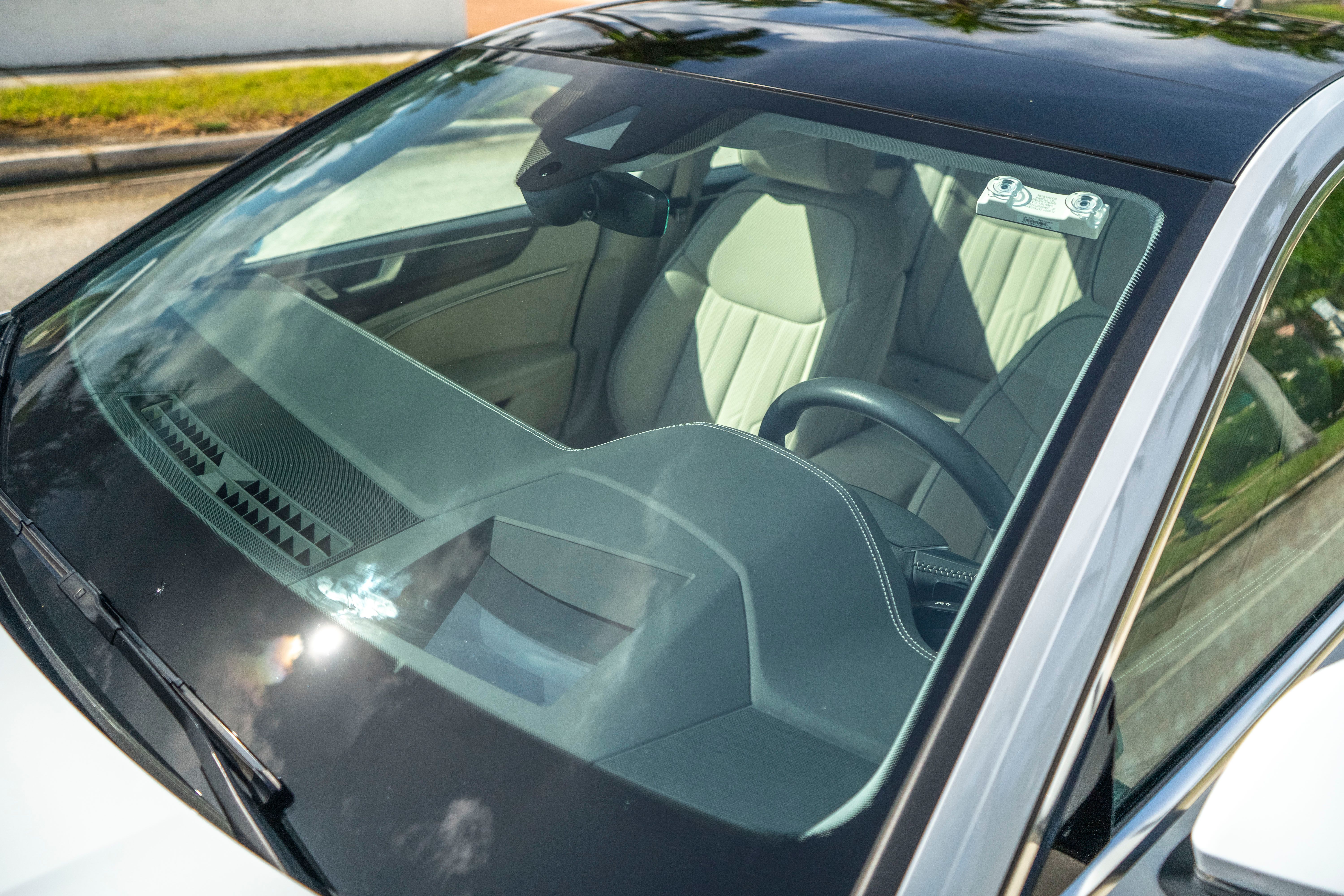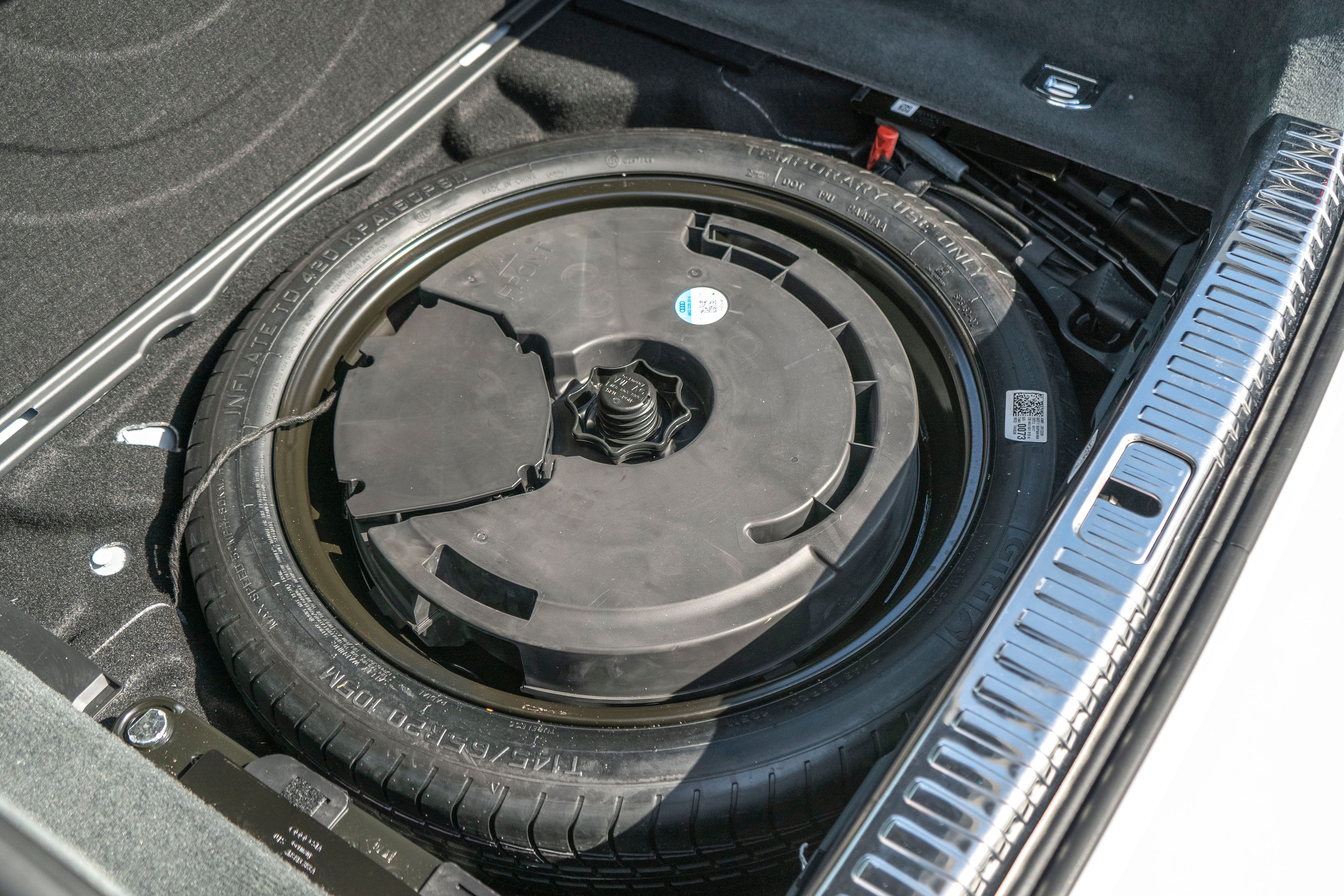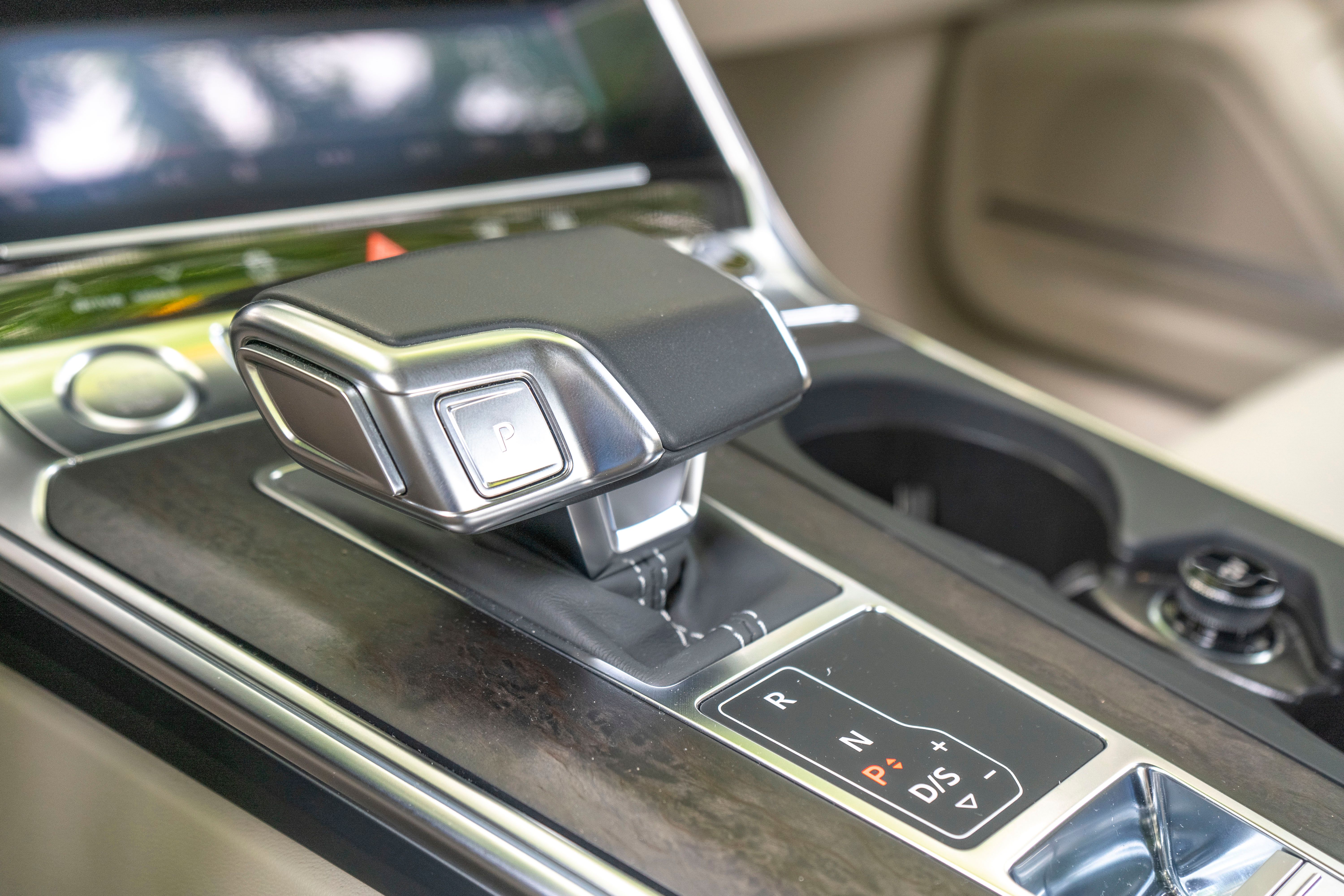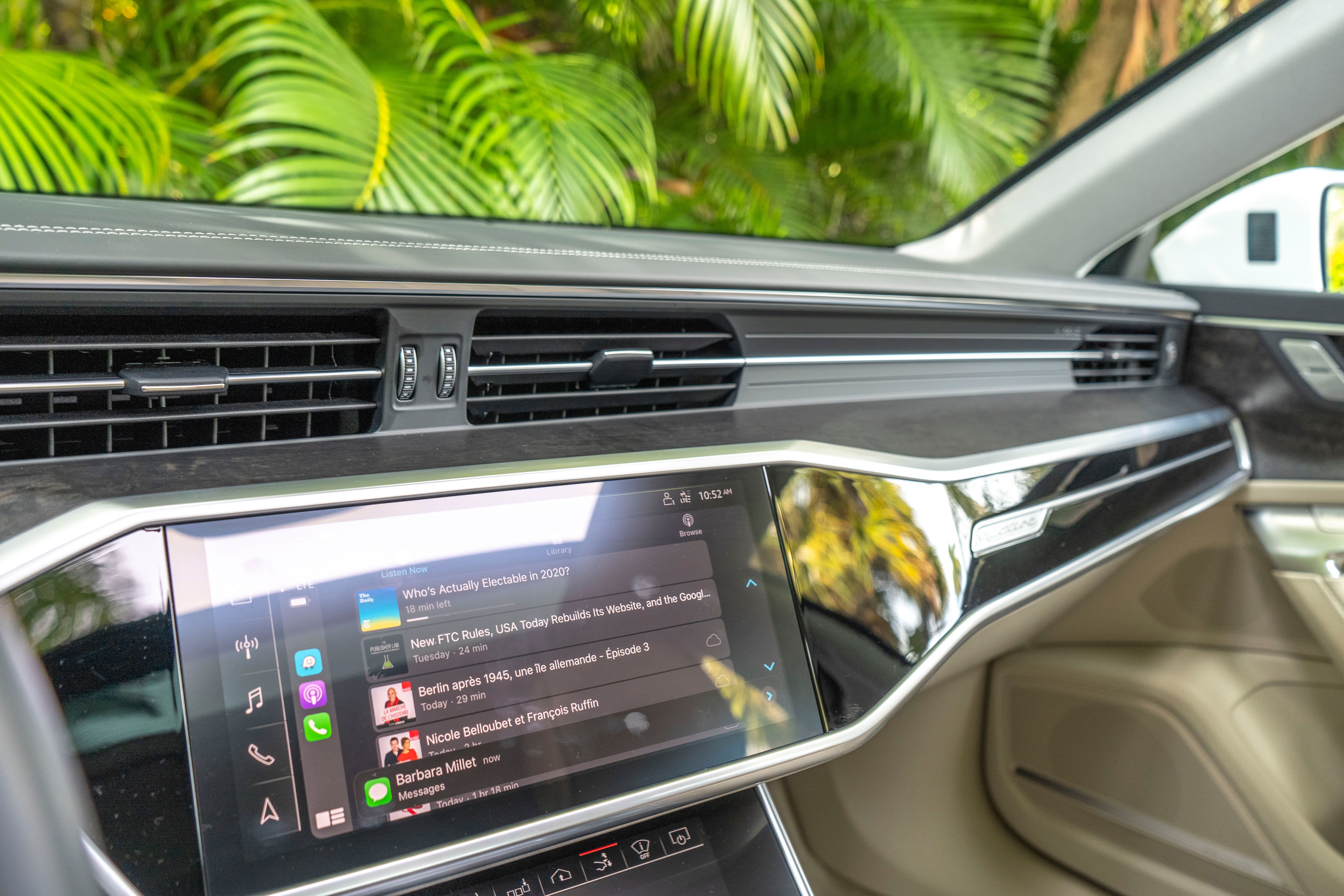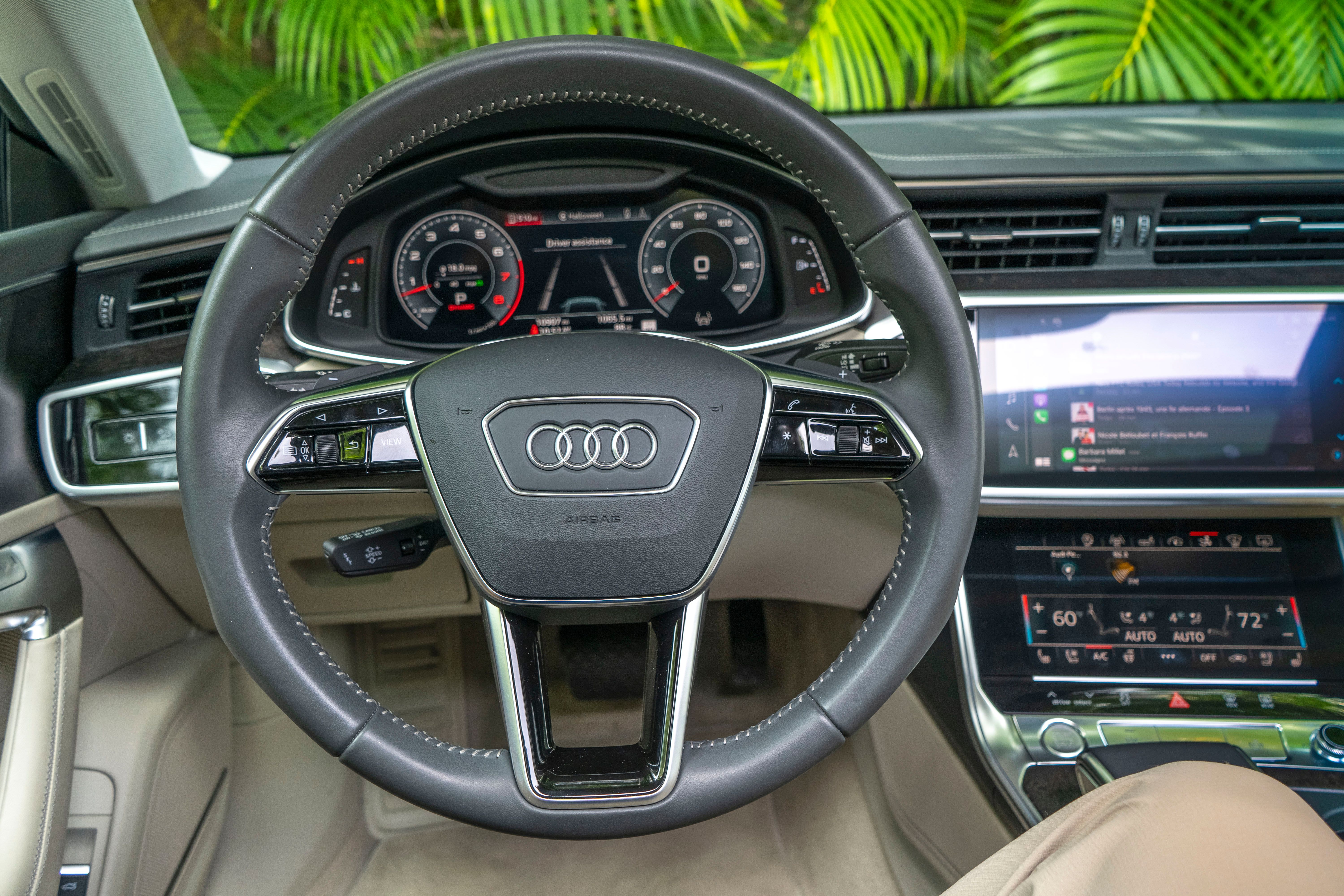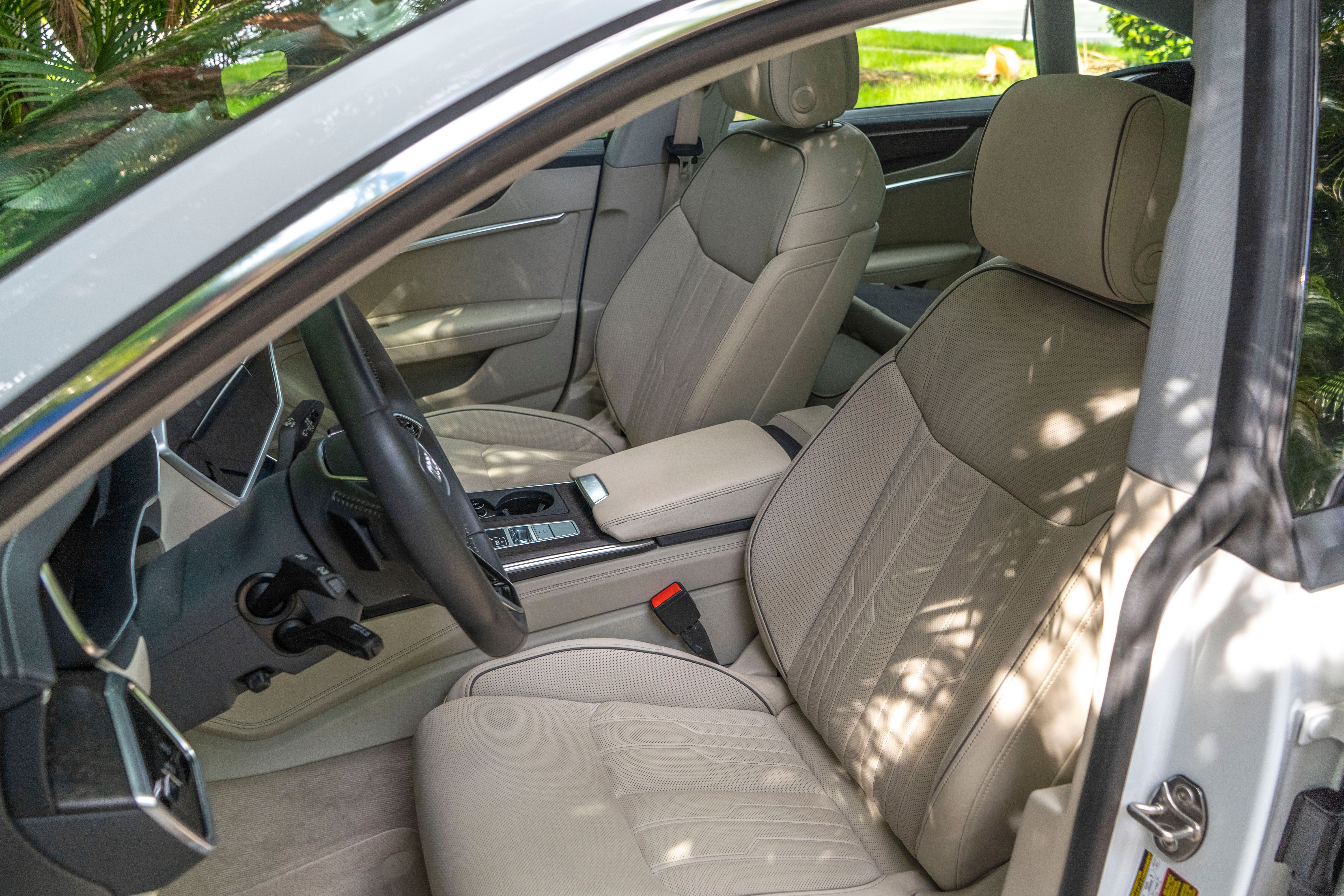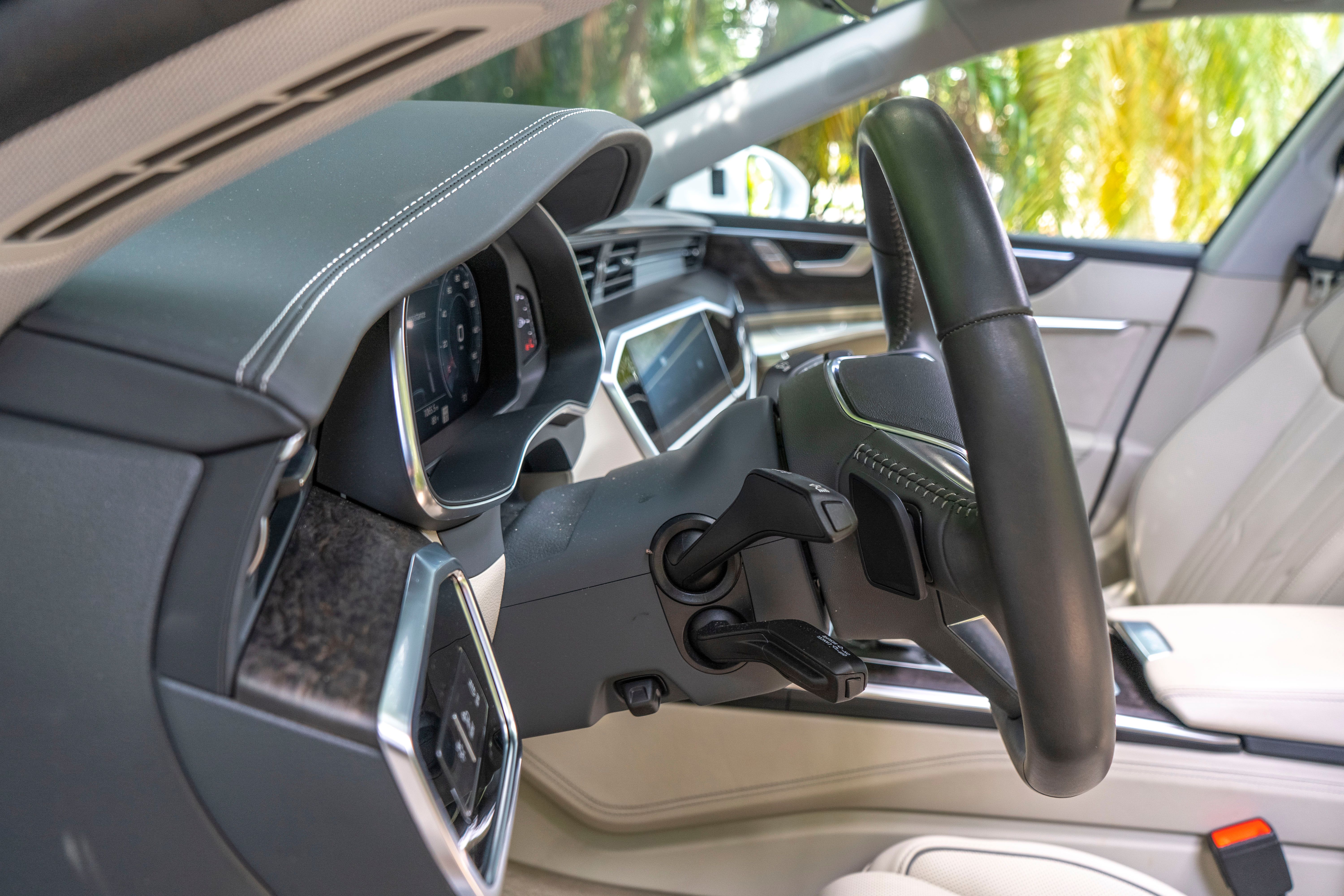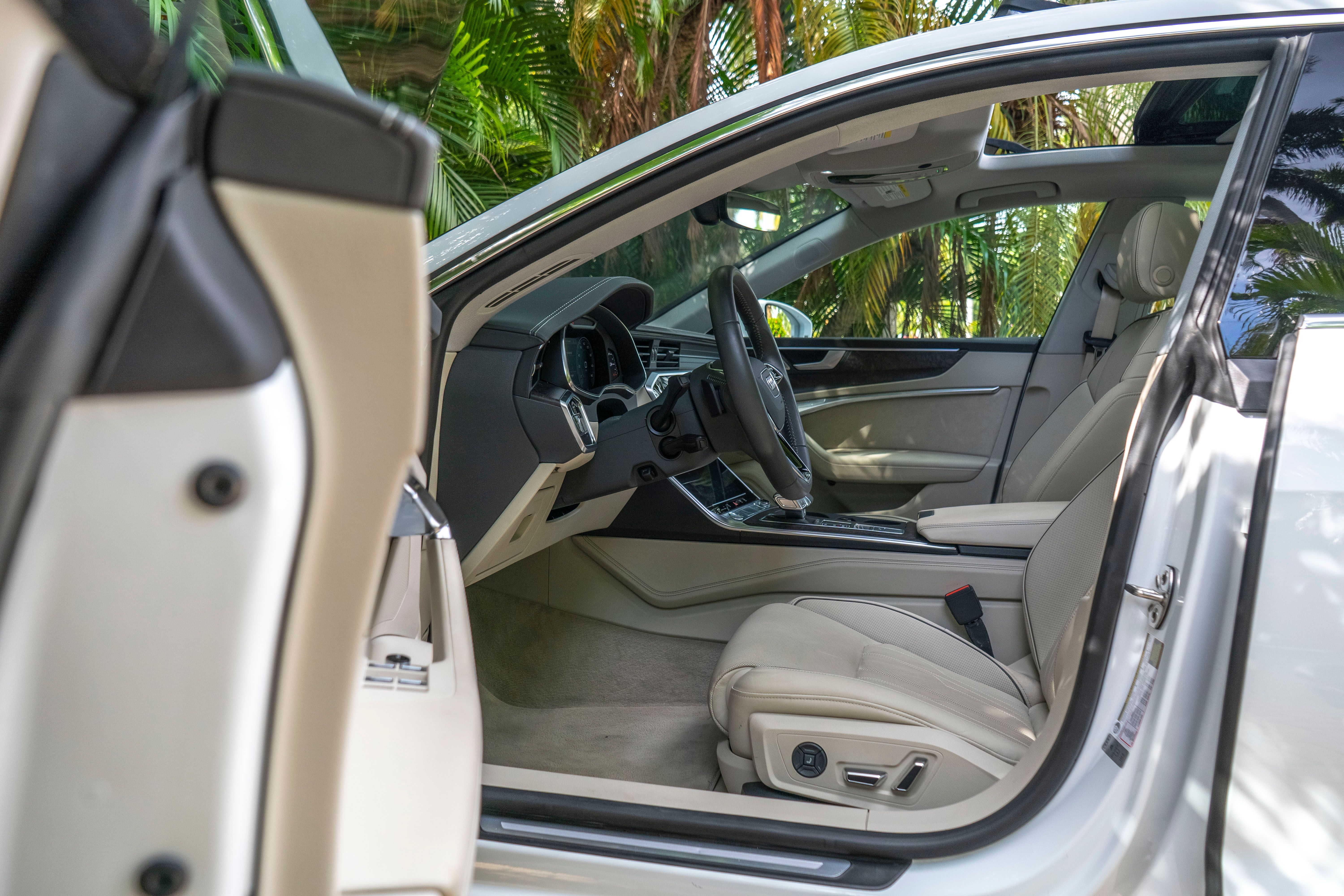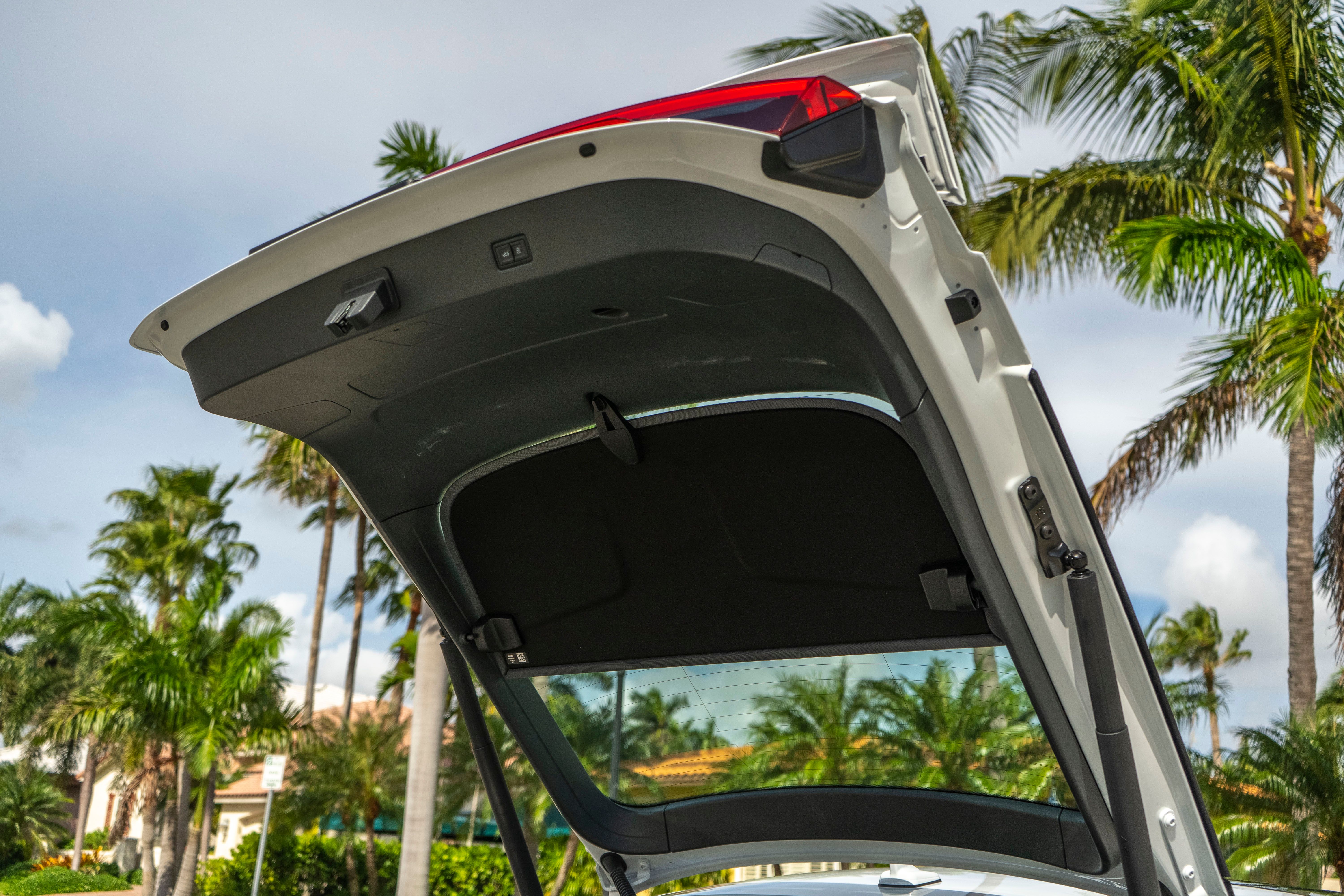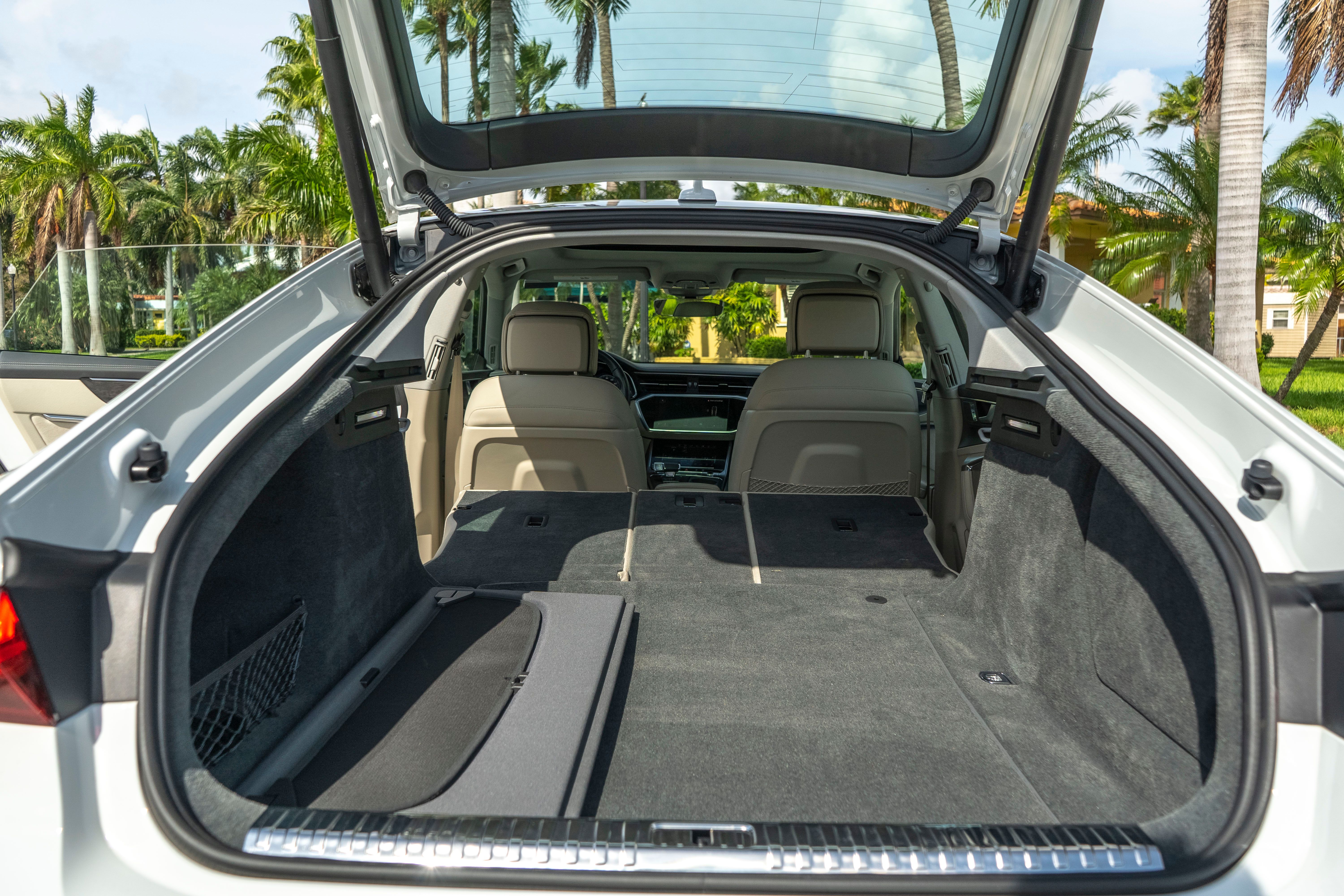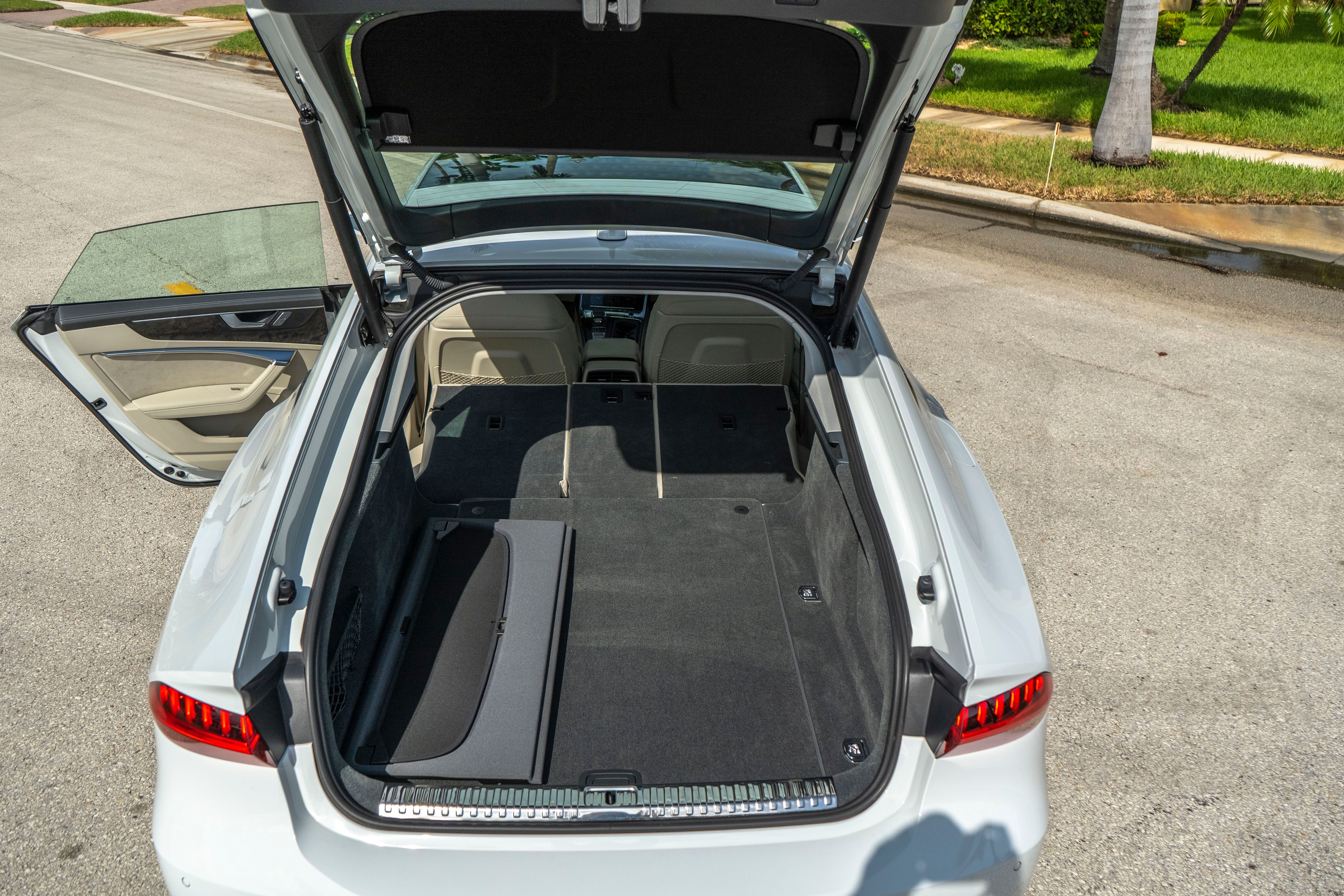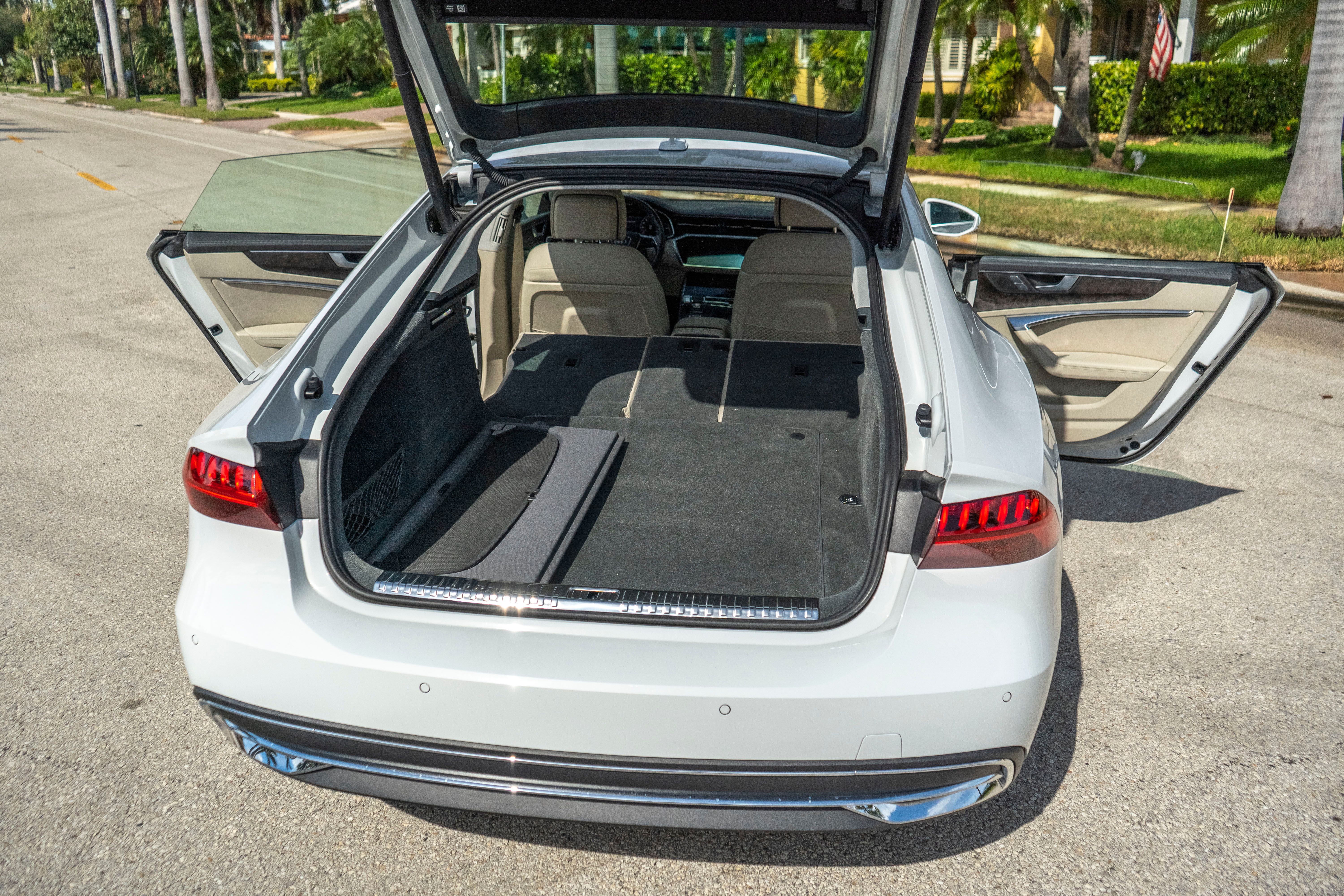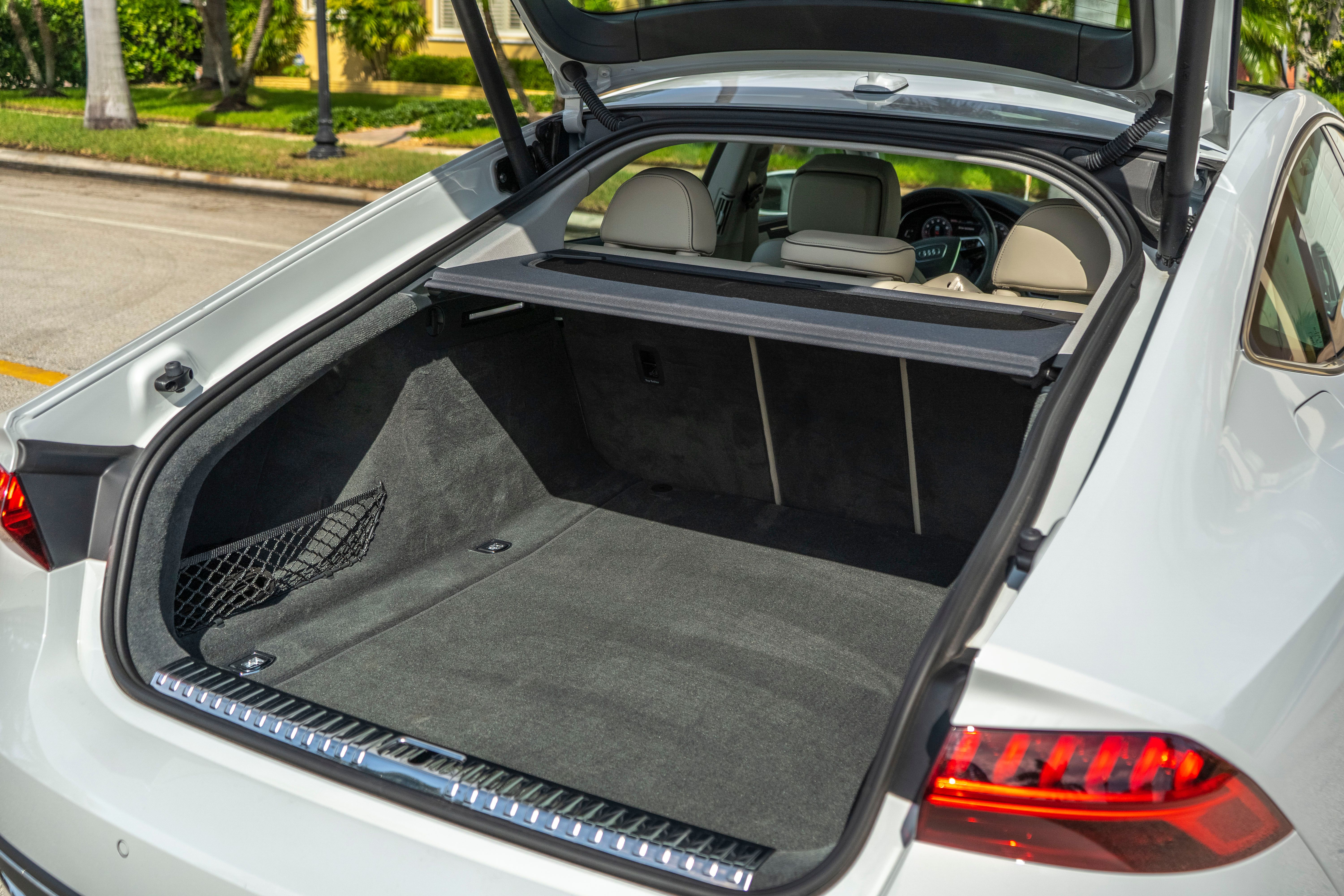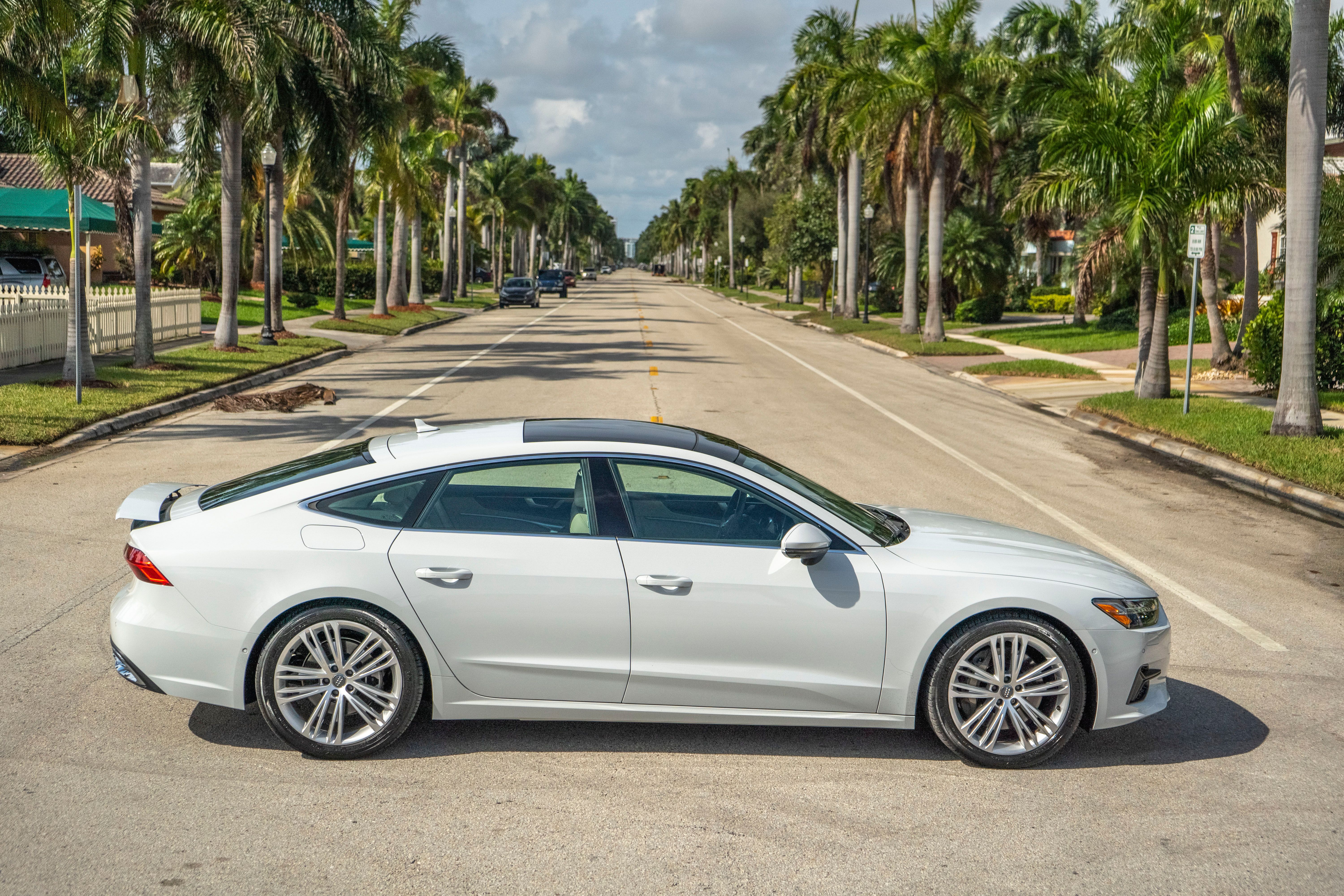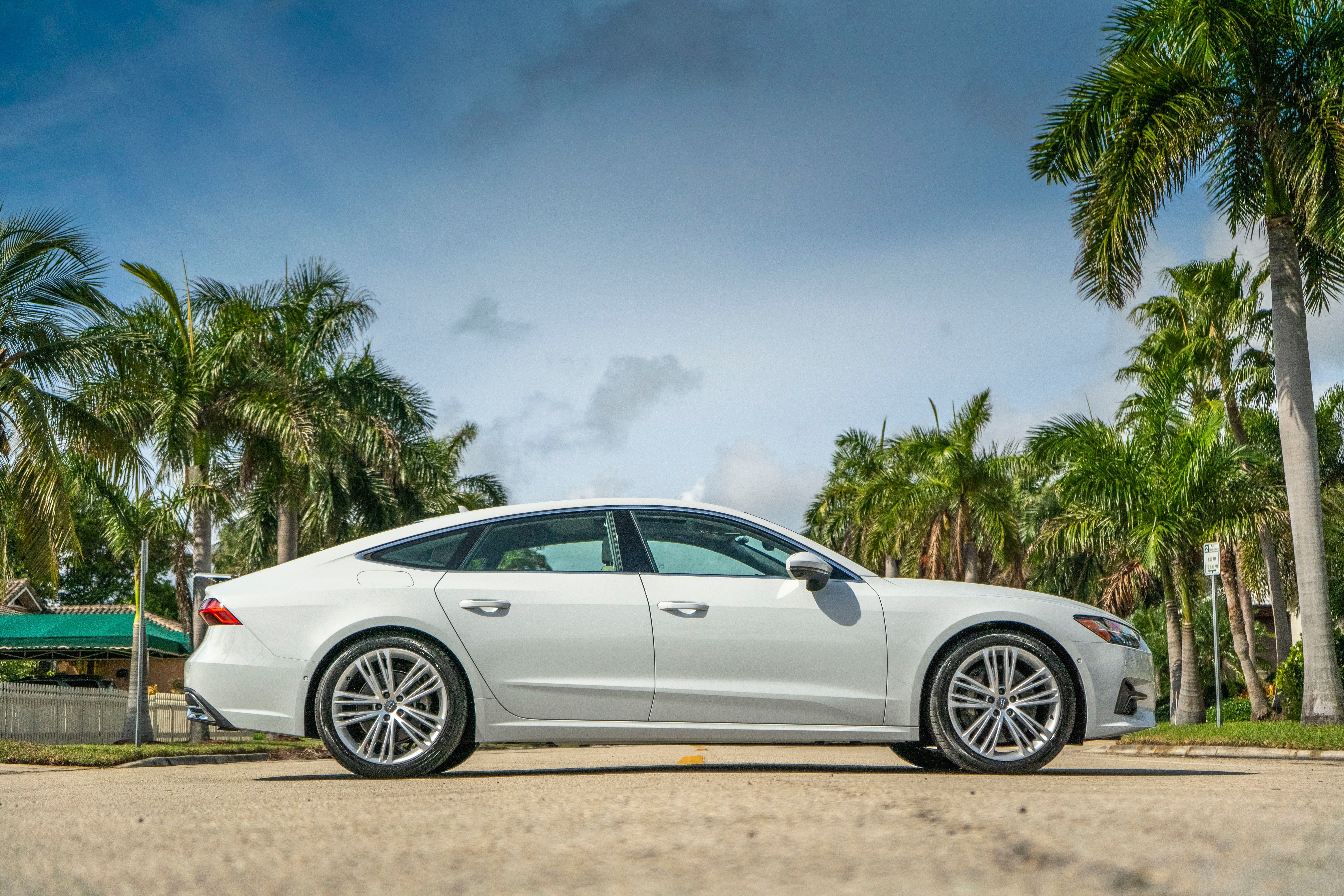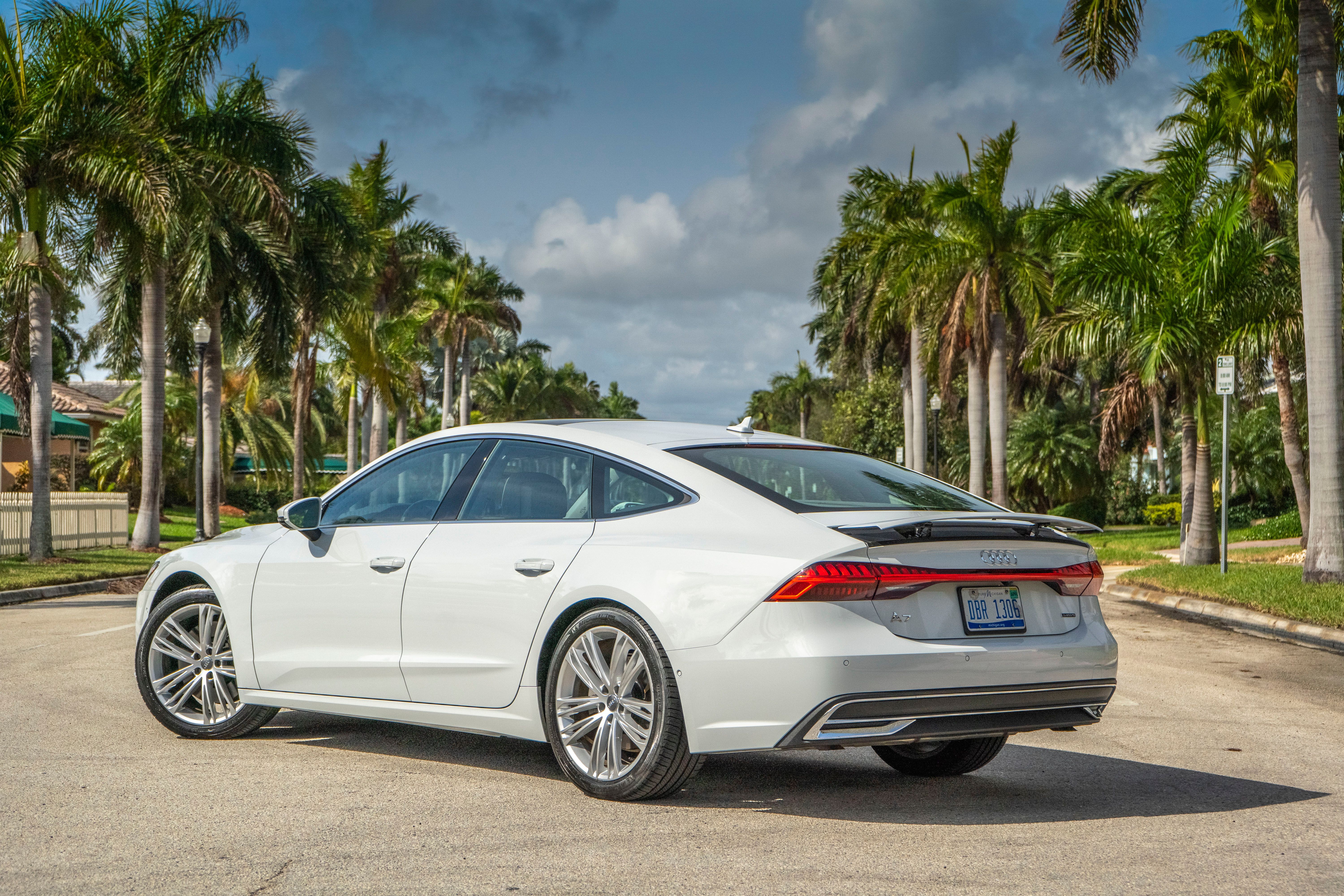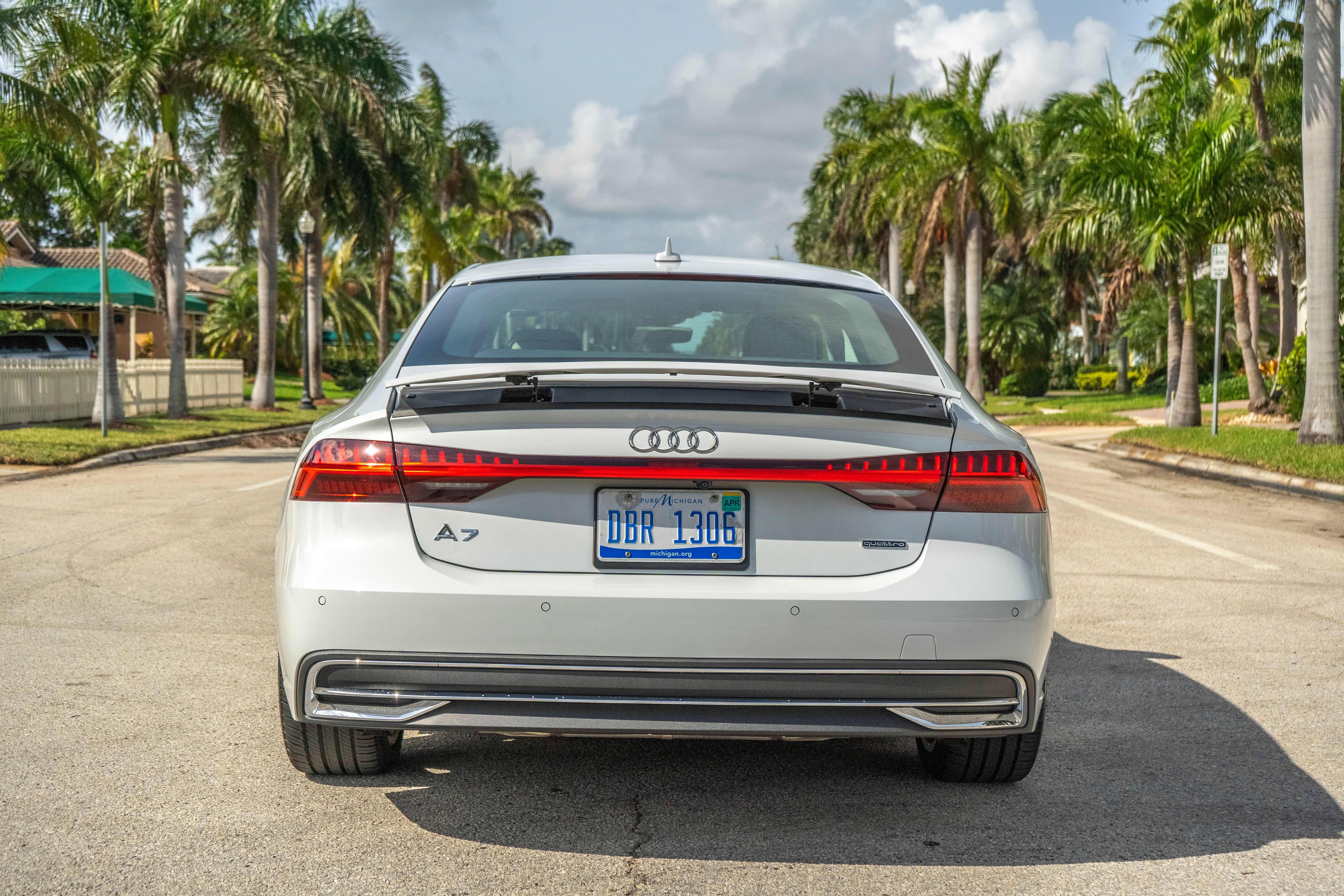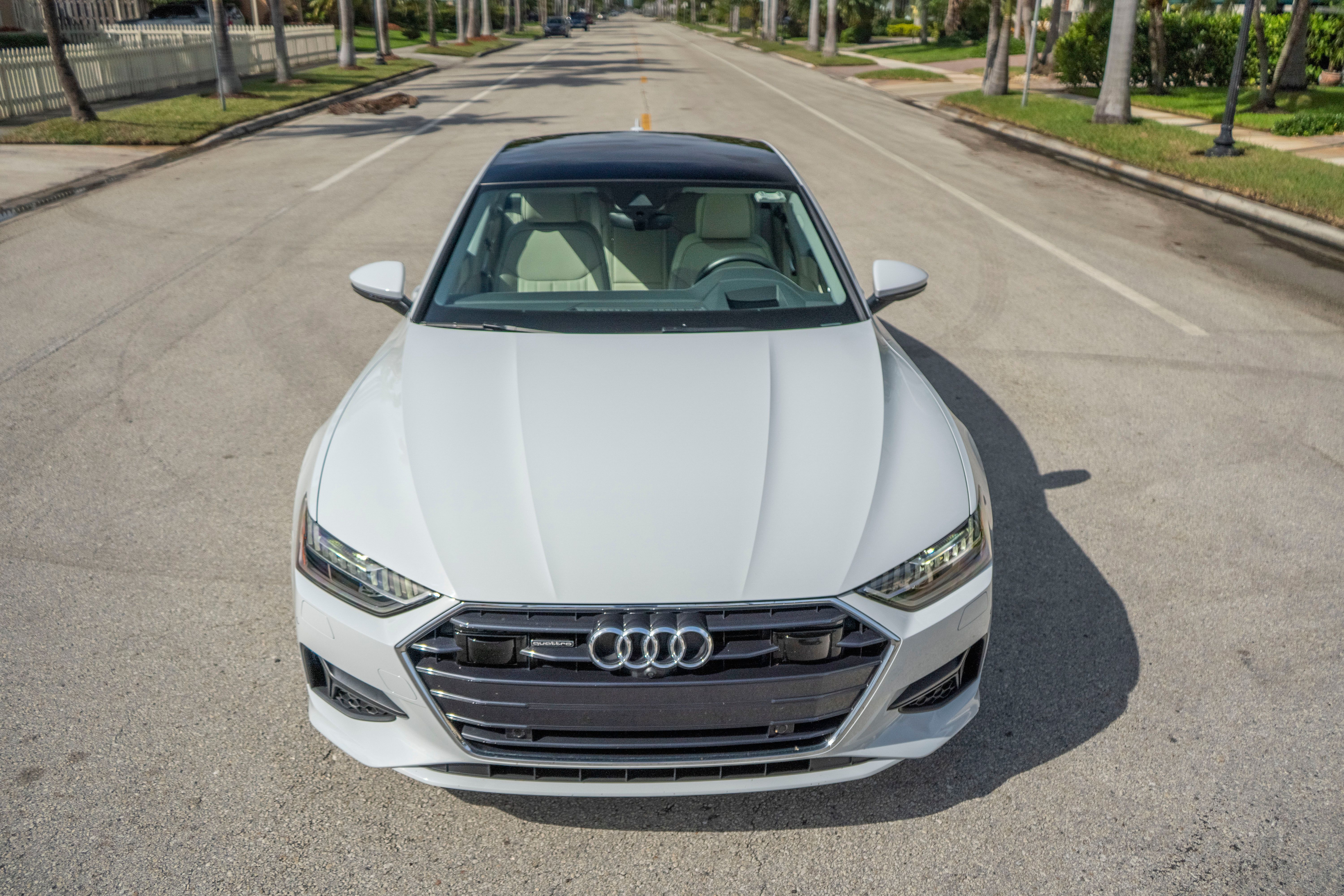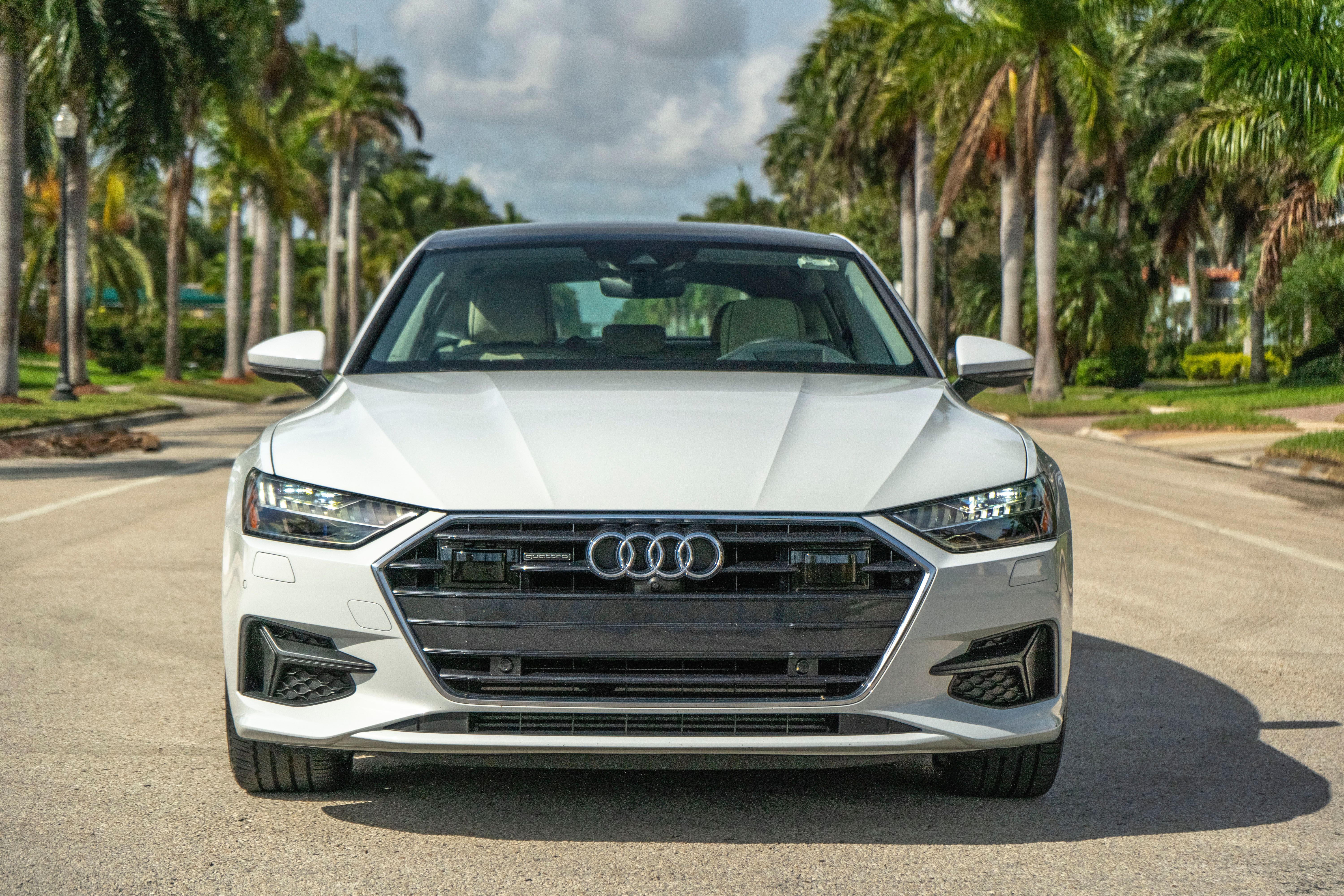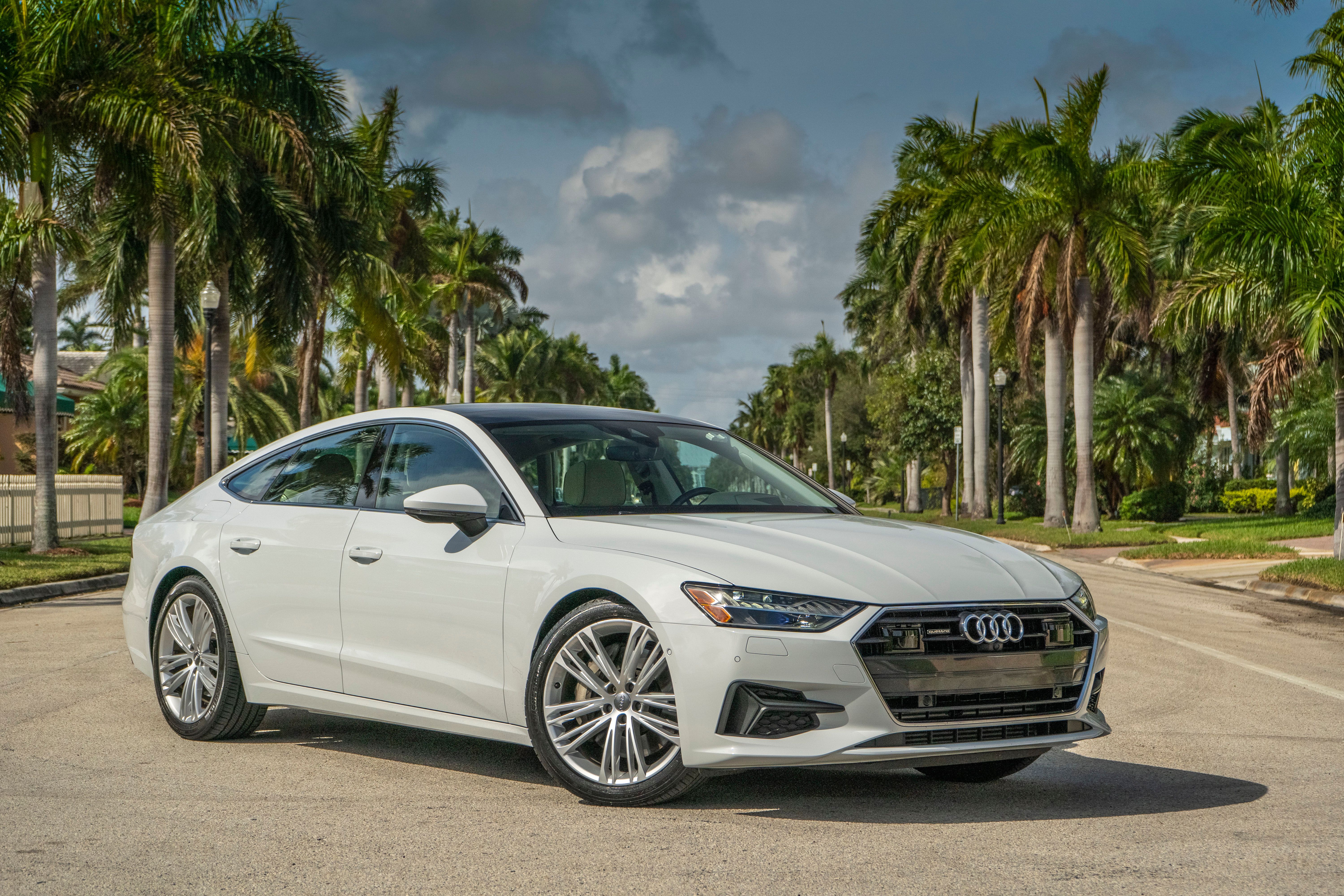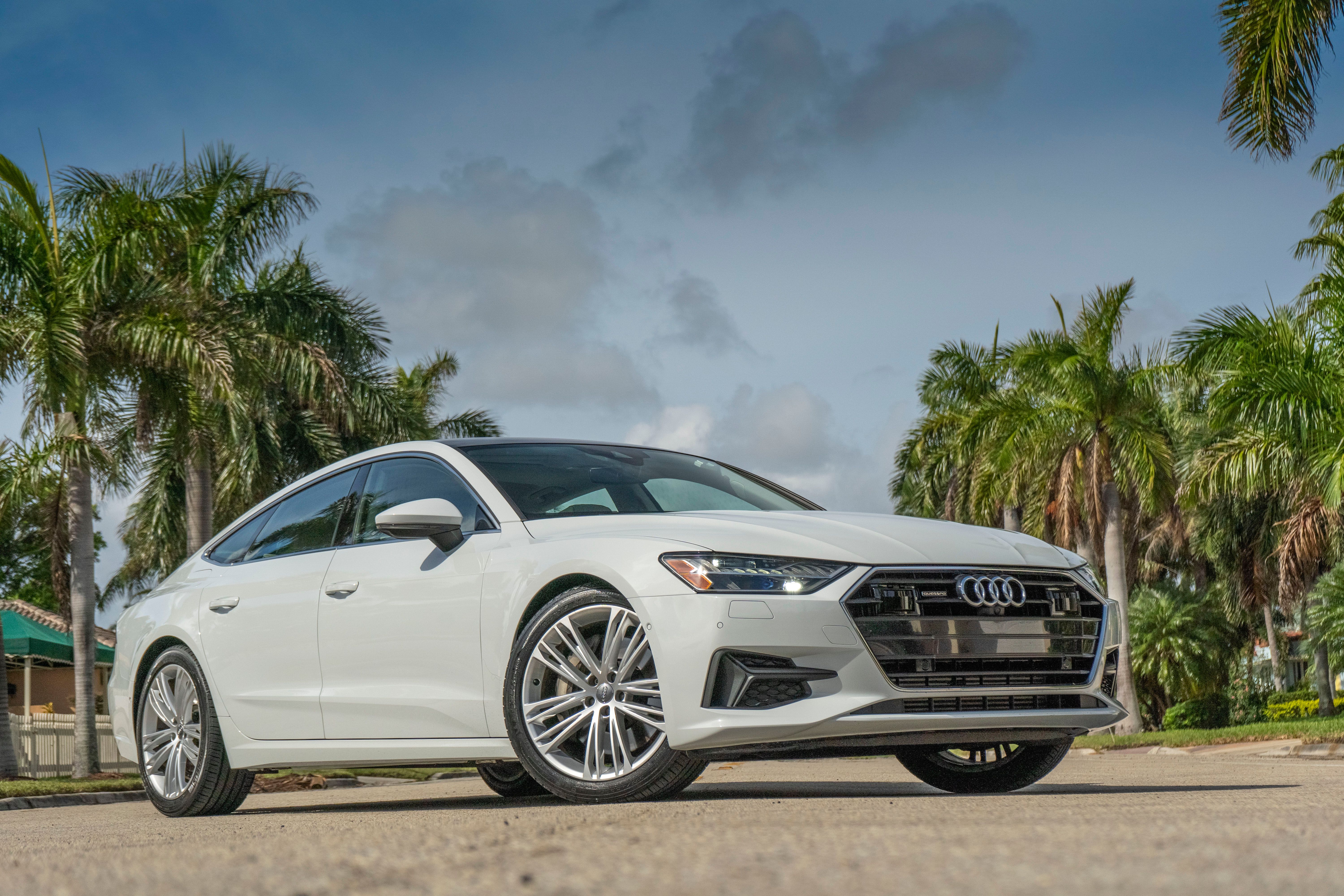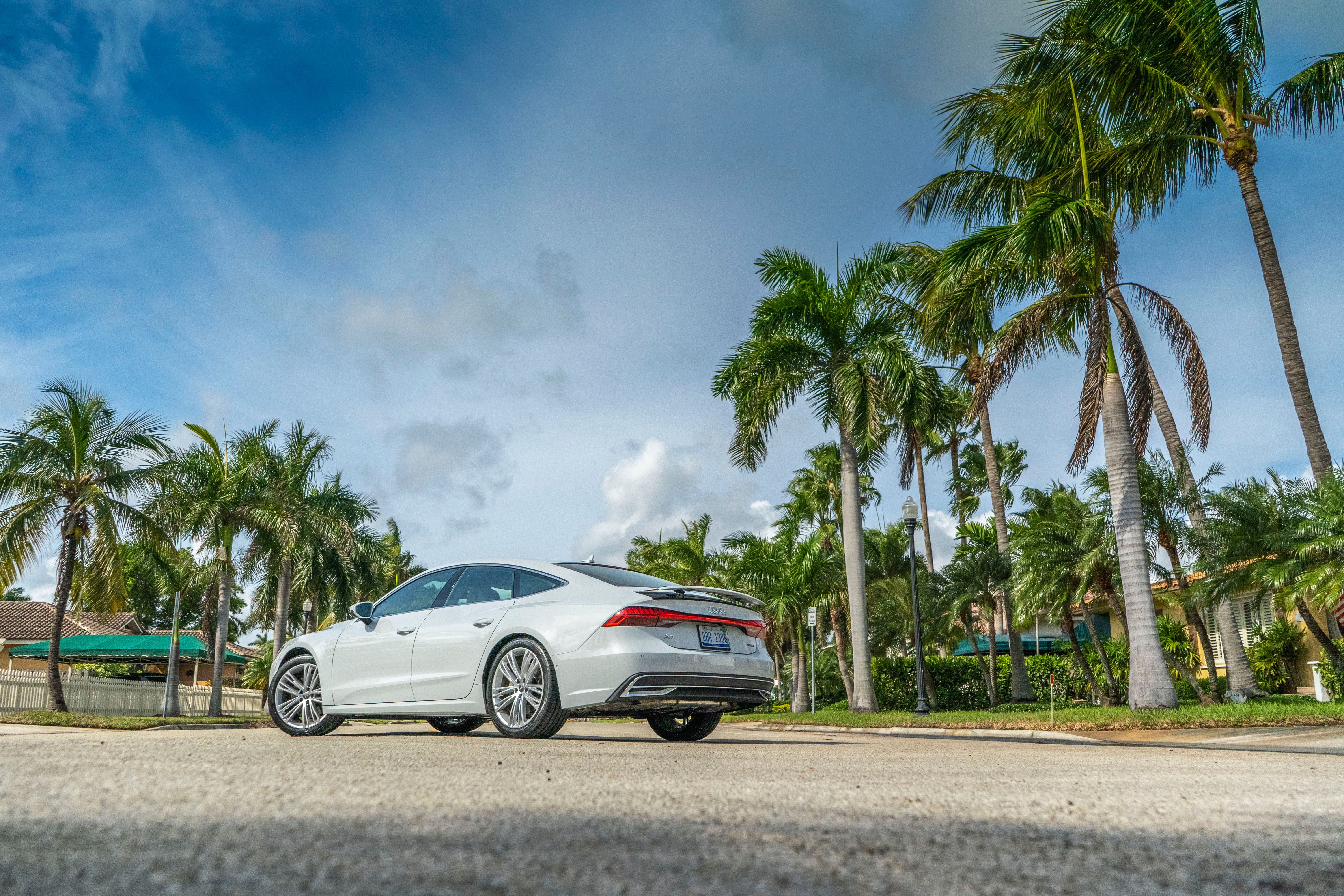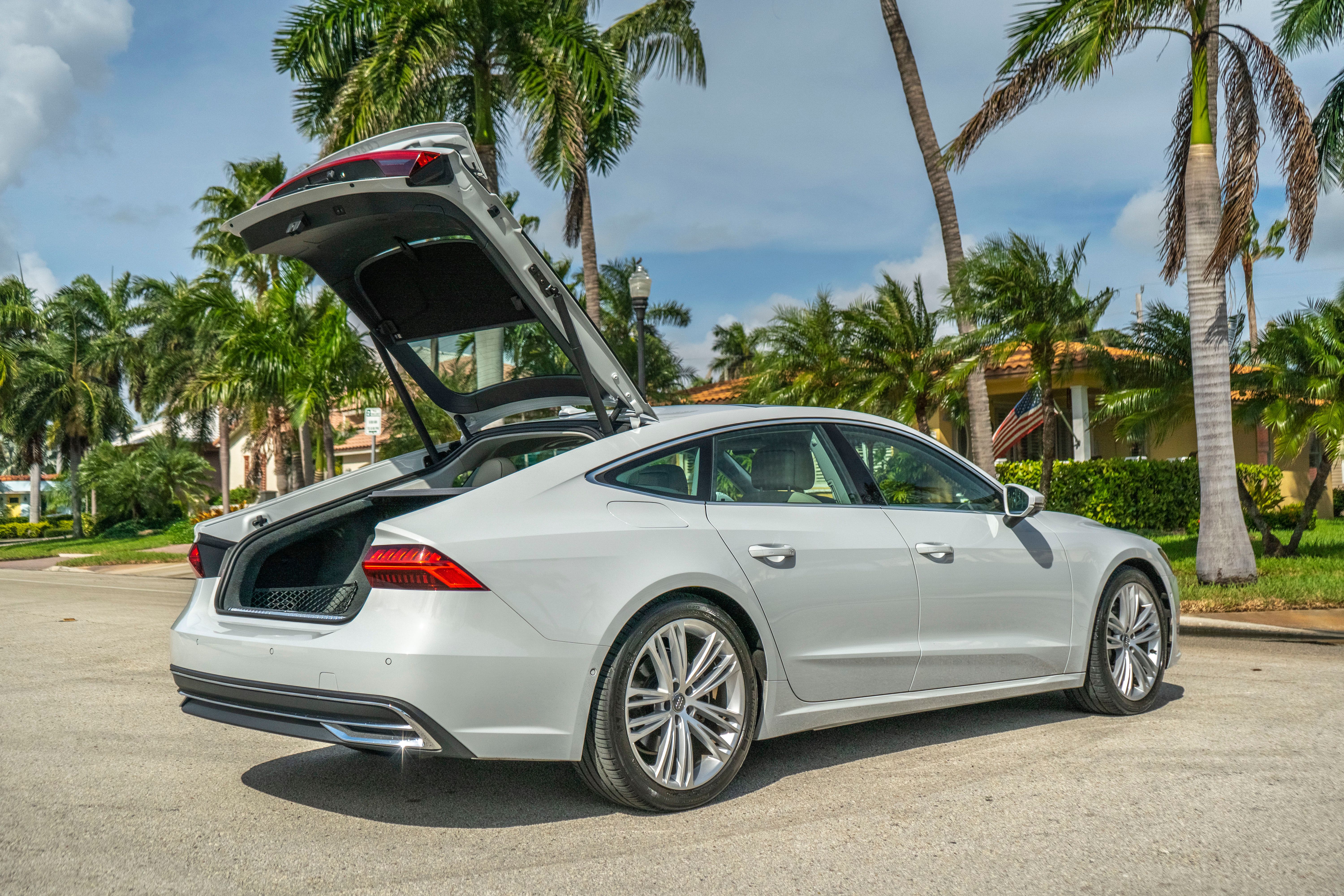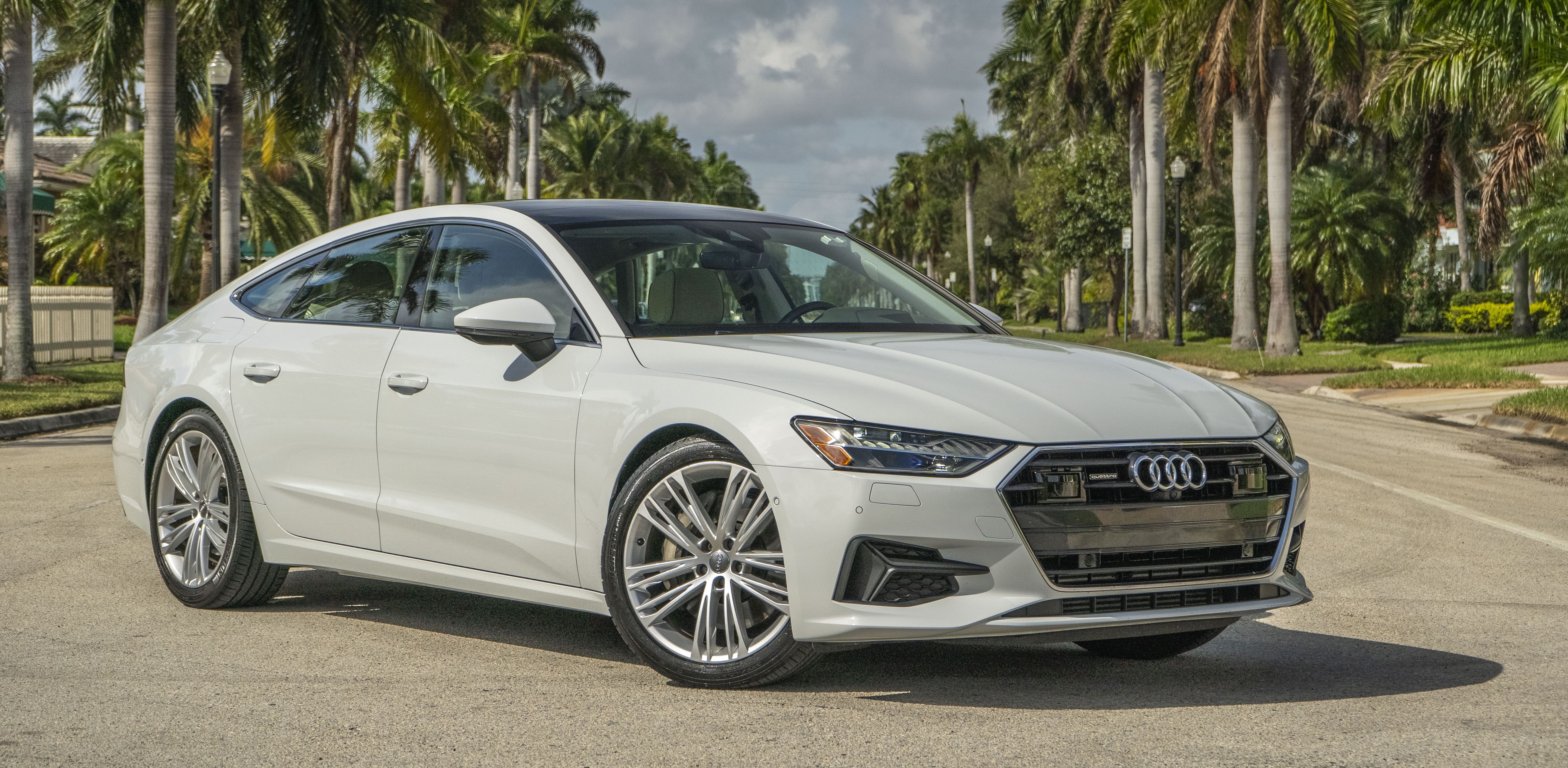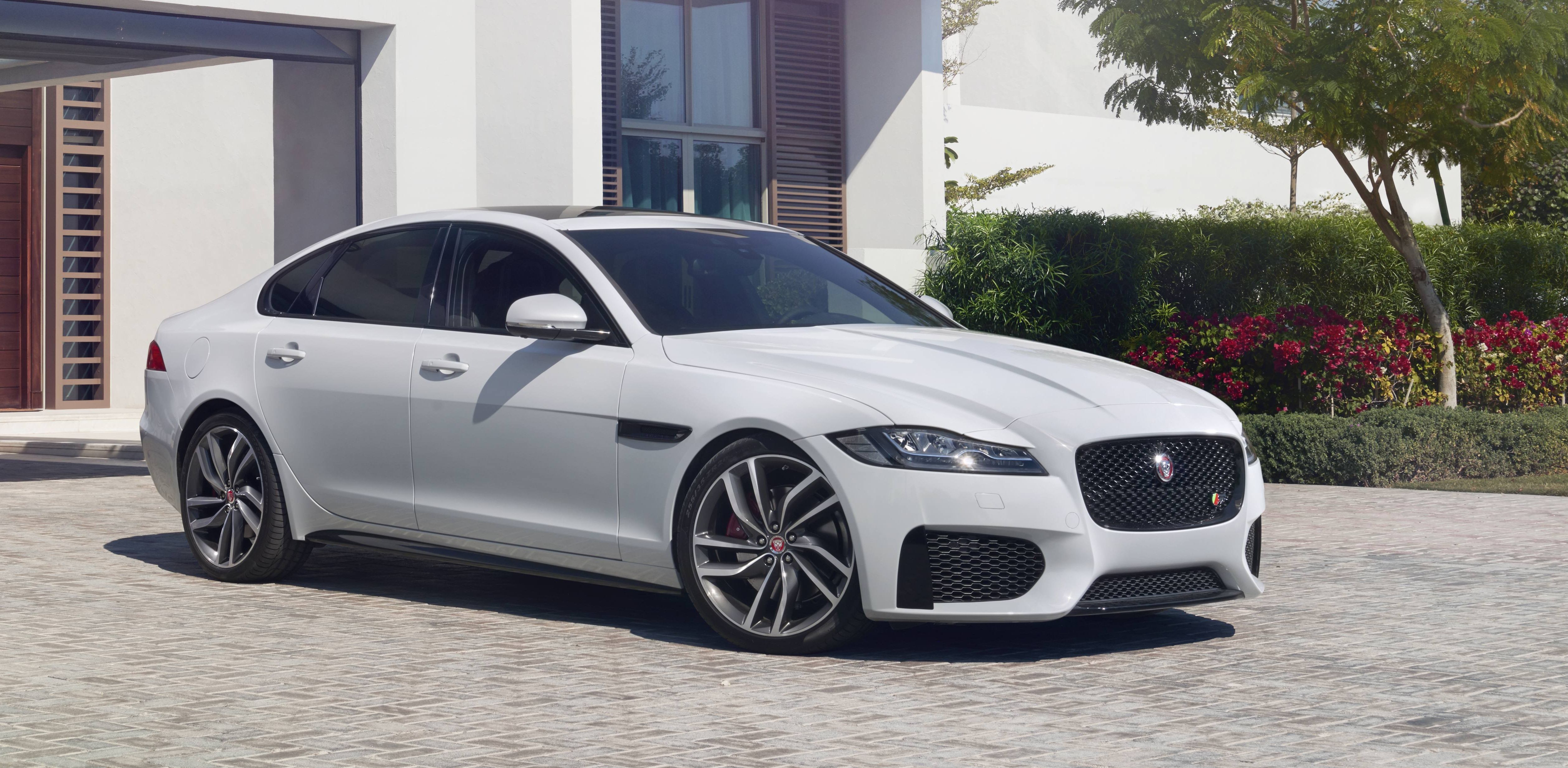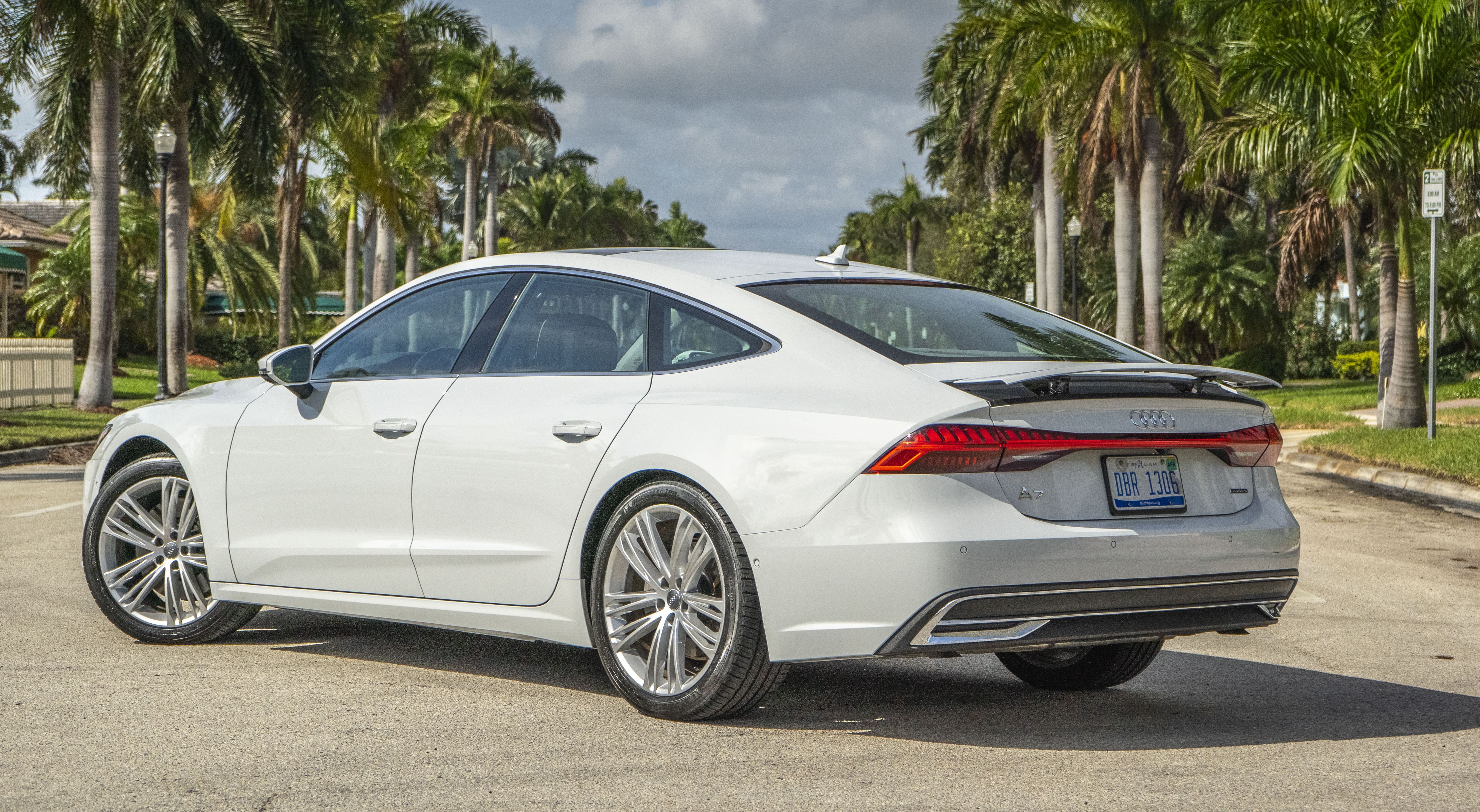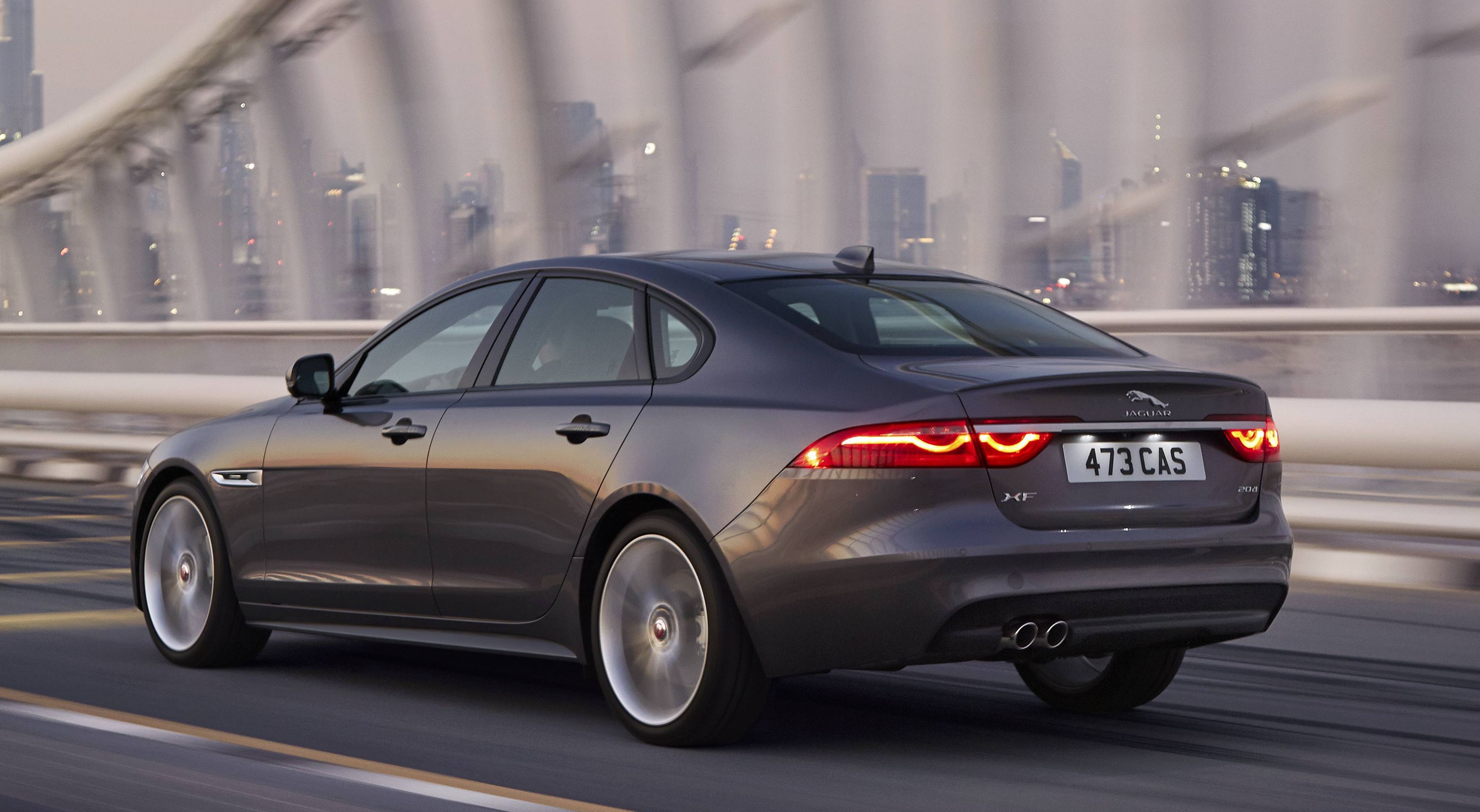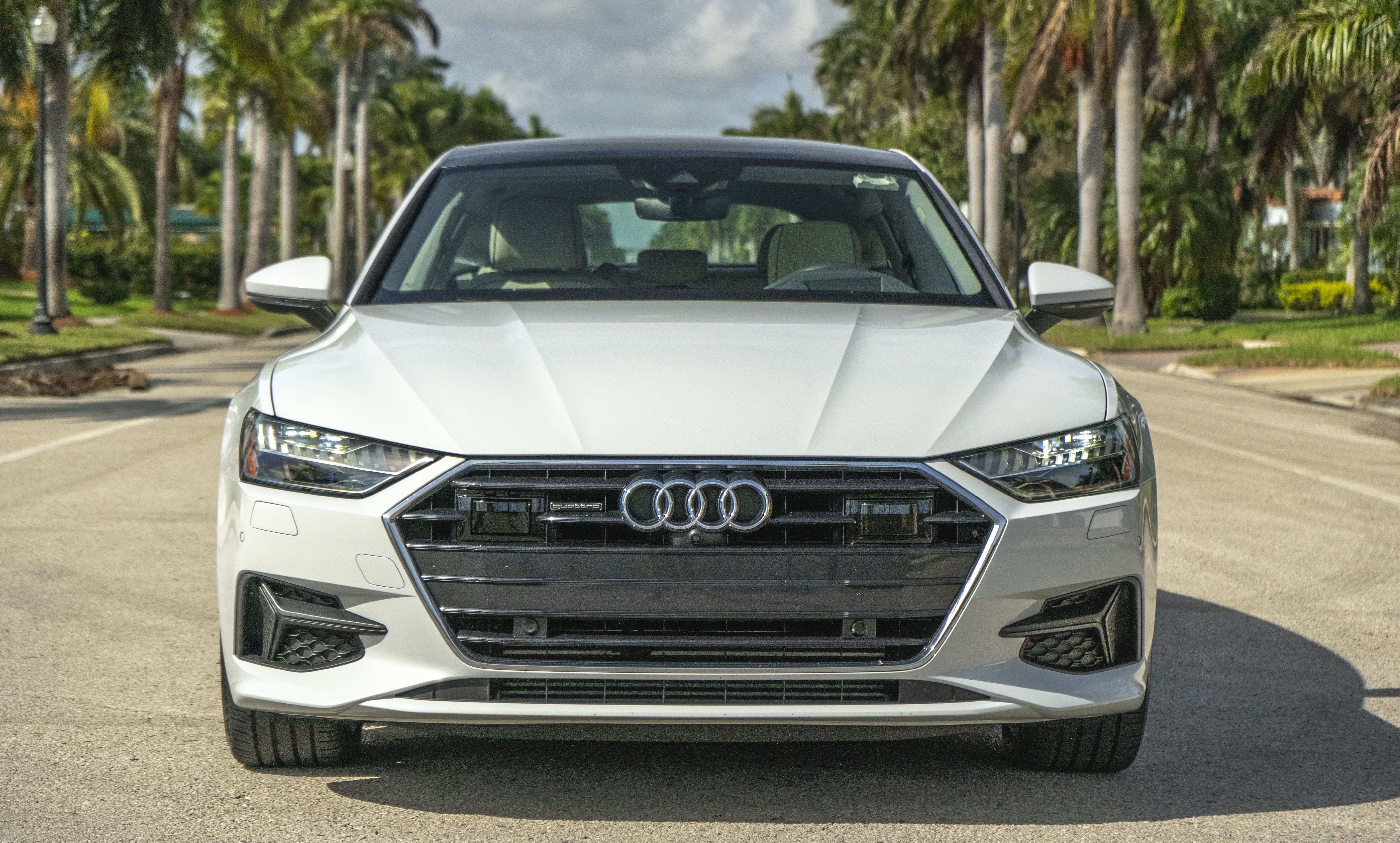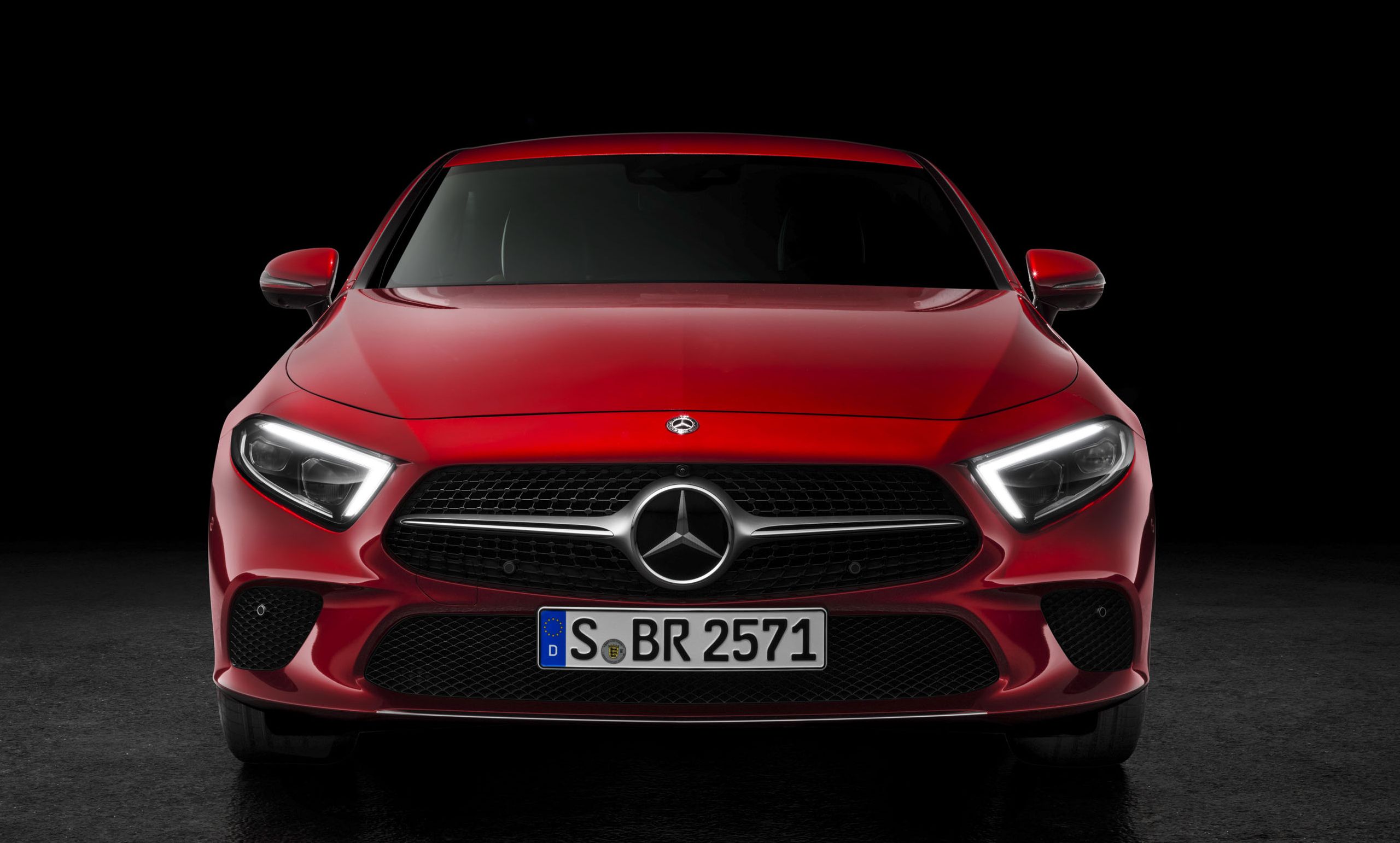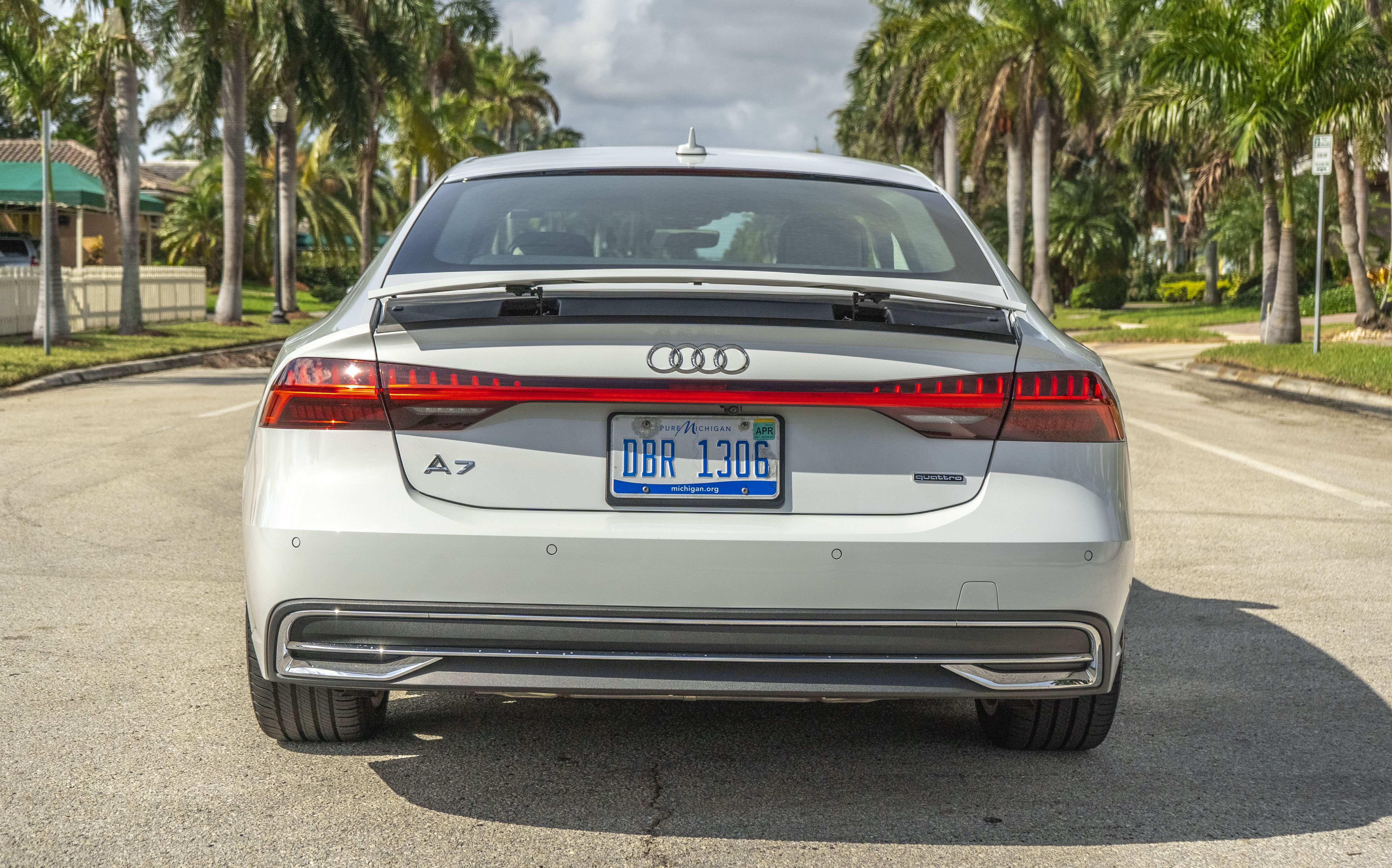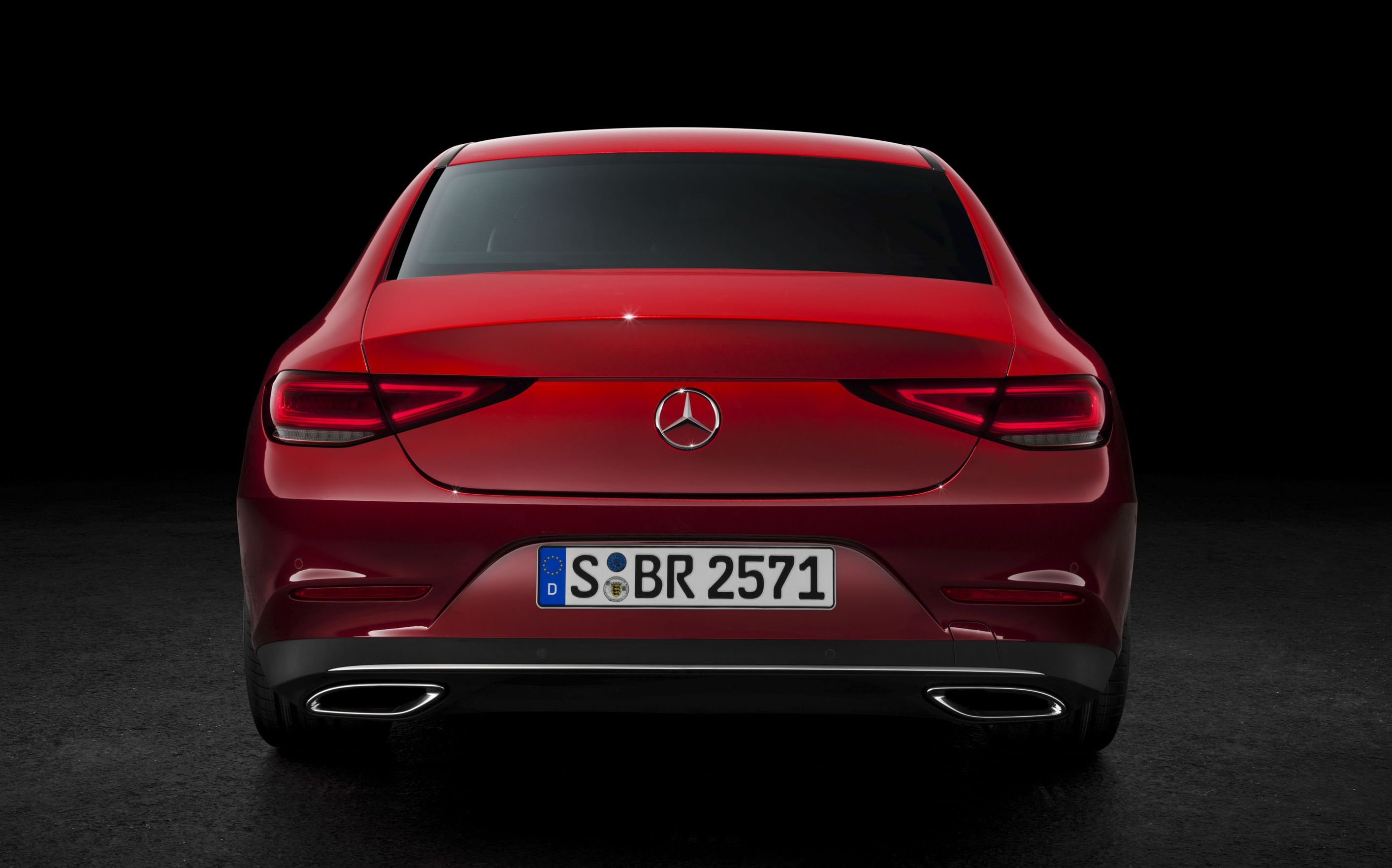In the past 20 to 25 years, automotive executives have been looking at ways to activate new areas of the public by coming up with weird niches, some more successful than others. The Audi A7 is a proud flag-bearer of the four-door coupe segment that's managed to keep its head above the water as consumers flock to buy the latest crossover SUV. Get behind the wheel of Audi's sleek answer to the Mercedes-Benz CLS and it's easy to see why as this might just be one of the best models Audi currently sales Stateside.
Introduced back in 2017, the second-generation Audi A7 set about fixing just about everything that was wrong with the original luxury four-door coupe from Ingolstadt. Broadly speaking, the Germans have managed to tick all the boxes while also improving in areas that didn't really need improving such as the design - one of Audi's undeniable strengths despite what you may consider as an overly aggressive brand recognition strategy that ended up making all of Audi's products look alike. Still, the A7 manages to stand out from the crowd with the single-piece rear light cluster and it looks sportier than ever, the muscular vibe given by the exterior being bolstered by its handling and performance. While not new on the market, we jumped at the opportunity of driving the A7 right away to see if there's any wind left in the sails of this quirky niche.
2019 Audi A7 - Driven
- Make: Array
- Model: 2019 Audi A7 - Driven
- Engine/Motor: V6
- Horsepower: 335
- Torque: 369
- [do not use] Vehicle Model: Array
Video Review
Audi A7 Exterior Design
In the front, the second-gen A7 features a larger grille (Audi gets to do it since it was the first to put sizeable singleframe grilles on its model lineup.) It also has simpler headlights with a continuous lower edge and some fake outboard grilles featuring a stylish three-arm divider that can't make amends for the fact that the mesh isn't perforated.
The grille itself features two horizontal bars in the top half, the second one interrupted by the two forward-facing sensors that lay in plain sight, ready to be damaged by even the most minor of fender-benders. The rail in the middle tries to continue the theme with three creases that mimic the egg-crate grille design Audi is known for.
LED lighting is standard but the range-topping $79,700 Prestige trim level comes with HD Matrix LEDs with laser light.
The hood of the A7 looks more muscular than ever before, in-theme with the rest of the exterior. No less than four creases run down the hood, looking more like folds in a piece of fabric. While the singleframe grille dominates the front fascia, the A7 features a pair of outboard grilles that are useless and only exist to add another layer of complexity to the front valance (although they don't look all bad before you get close and see how plasticky they really are). There's also another opening below the main grille, one that opens up above the lip of the bumper and features seven vertical slots.
We think the ridge that erupts from the rocker panel aft of the front wheels and extends to the back across the car's wheelbase like an arrow makes the A7 look especially sporty. Its designers, Andreas Koglin and Sebastian Russo, also care to mention the pronounced shoulder line and the design line that adds another cut to the rear fender flares. But, we think the ridge is the perfect artifice to make the car seem shorter and very sporty.
The big 20-inch five-double-arm V-design rims also help and, at just $800, they're a worthy addition over the standard 10-Y-spoke design on the 19-inch wheels. S7 and RS7 models can be had with 21-inch jumbo wheels. In terms of exterior colors, only the Brilliant Black and Ibis White tints come free of charge. The other standard colors cost $595 each but any 'Audi special paint color' will set you back $3,900 if you're looking for a particular hue not included in the dull palette of greys, silvers, and dark browns.
The side windows are as narrow as you'd expect but thin (for this era) A-pillars partially hide this fact, as well as the elongated rear-quarter window that looks particularly elegant.
The 13-element light cluster looks phenomenal at night, coupled with the progressive blinkers at both ends. Lighting is a big part of Audi's design language and you can see it full well with the A7 whose headlights and taillights make an art form out of simply illuminating the road.
The single-piece taillight dominates the rear of this 195.6-inch-long sedan but Audi thought to add a touch of class via the grey lower lip of the bumper, completed by chromed elements and simulated muffler tips. The incorporated lip spoiler in the back molded in the car's bodywork is more there for style as there's an active wing that automatically pops up at speeds of over 75 mph - but you can also make it go up manually which is what we've done for the pictures you see because it looks really cool!
Overall, the A7 is quite a looker as the proportions of this model better fit the coupe body style - the A5 Sportback, Audi's smaller fastback sedan, doesn't look this sleek and elegant.
It may just be the best-looking Audi on the market that's not the R8.
How Big is the Audi A7?
At 195.6 inches in length, the Audi A7 is by no means a small car. While a whole 13.4 inches longer than Audi's flagship sedan, the A8, it's 1.2 inches longer than the current A6 and also 1.36 inches lower and 0.9 inches wider. In other words, it's not just the creases, the cuts, and the lines that make the car seem like more of a low-slung bobsled, it actually is compared to a run-of-the-mill A6.
Audi A7 exterior dimensions (inches)
|
Length |
195.6 |
|---|---|
|
Width |
75.1 |
|
Height |
56 |
|
Wheelbase |
115.2 |
|
Ground Clearance |
6.89 |
|
Front Track |
65 |
|
Rear Track |
64.4 |
Standing next to its rivals, the A7 is similarly large. In numbers, this translates to a 0.6-inch difference on Audi's side in comparison to the Jaguar XF S and a 0.8-inch difference on Merc's side in comparison to the CLS. The BMW 8 Series Gran Coupe is 4.4 inches longer and its 119-inch wheelbase is 3.8 inches longer than that of the Audi. The Jaguar's 116.5-inch wheelbase makes it the car with the second-longest wheelbase out of this comparison as the CLS' wheelbase measures just 115.7 inches. Now, despite the shorter wheelbase - compared to some of its peers - the new A7 has gained 0.8 inches of overall interior length compared to the gen-one model.
Audi A7 Interior Design
Remember the interior of the old Audi A7? We had a hard time bringing it back too, and that's because it looked so lackluster. The wide air vents on the center console lived and breathed the noughties, and the main infotainment display was the ultimate expression of an afterthought, perked up high on the dash, above the vents, And it was small, too.
In short, the A7's cabin was lagging behind what Mercedes was offering inside the CLS and Audi realized it and went to work.
The results are nothing short of impressive. While we didn't hold back in praising the exterior design of the second-gen A7, there's even more praise in store for the cabin because it simply looks great, blending futuristic twists with a genuine sense of luxury that's not being shoved down your throat, although there were some finishes on the car we tested - but you can have your A7 with more metallic surfaces if you wish. The panoramic sunroof is standard, as is the contrasting stitching.
The central infotainment screen takes pride of place in the middle of this second step in the middle of the dash, angled slightly towards the driver.
The 10.1-inch touchscreen MMI display is framed by polished metal surrounds. Thanks to the black finishing of the whole center panel, extending all the way over to the passenger's side, you almost don't notice the edges of the screen when it's turned off, the whole arrangement looking flush.
The same design language is at play in the lower center console where you'll find the 8.6-inch display that shows you the settings for the climate control. The window defrosting controls as well as the ESP off button and the drive mode selection buttons are located in the bottom part of the secondary screen on the console, just above the very few physical buttons inside the A7. Those physical buttons, including the Start/Stop one, feature a metallic finish to blend in with the polished frame that's also present to the left of the steering wheel.
The steering wheel itself features a hollow lower rim with the other two filled to the brim with rotating knobs and buttons for voice control, the radio, and the indicators. Behind the wheel, there's the digital gauge cluster.
The wide console between the seats houses a pair of cup holders as well as some storage space complete with sockets (one for an SD card and two for USB) underneath the armrest. You can also put stuff in the pockets on the doors but that's about it - besides the glovebox, obviously. We could use a Mercedes-like deep tray in the lower console but the futuristic design of the A7 simply doesn't allow for it and that's a pity.
The seats are comfortable with countless adjustments (the range-topping Prestige A7 comes with heated and ventilated twelve-way power front seats including four-way power lumbar adjustment for the driver and front passenger.) in the back, you've got a 2+1 bench seat that can be folded. Headroom in the front is on par with Audi's rivals while the A7 offers 1.1 inches of extra headroom in the back compared to the CLS but one inch less than the Jaguar. Shoulder and legroom are comparable in the front across the board, but the Audi again leaps slightly ahead when it comes to rear legroom: 37 inches for the A7 versus just 35 inches in the back of the CLS (although the Audi offers slightly less shoulder room, the margins are all within an inch so, broadly speaking, negligible).
Audi A7 interior dimensions
|
Front Headroom |
37 |
|---|---|
|
Front Shoulder Room |
57.2 |
|
Front Leg Room |
41.3 |
|
Rear Head Room |
37.1 |
|
Rear Shoulder Room |
55.9 |
|
Rear Leg Room |
37 |
How Much Cargo Room Does the Audi A7 Have?
The Audi A7 is a more versatile car than the A6. It offers more space in the trunk and the hatch makes it more versatile as well.
The Jaguar XF S is also far off the mark with 19.1 cubic feet of storage space in the back with the seats up.
The 40/20/40 split-folding rear bench seat roughly doubles the cargo capacity of the A7 (Audi didn't come forth with official numbers on that but, by the looks of things, there's tons of space in the back with the seats down and getting them down isn't a hassle either). In short, if you want a practical four-door coupe, go for one that's got a hatch in the back. Sure, the lower edge of the trunk isn't that low, but loading stuff in the back is by no means an impossible task although the sloping roofline does make carrying taller items a bit difficult.
Audi A7 Infotainment System
Any A7 packs Audi's latest-generation Connect infotainment system that's known to anyone who's been behind the wheel of a recent product from Ingolstadt. However, you'll notice a difference in the new A7.
It takes a bit to get used to these haptic displays but, once you do, you'll see they work faultlessly and respond immediately.
By the time you get handy with the MMI displays, you'll see that you can swipe, scroll, pinch to zoom, spread to expand, and slide to adjust the various menus of the infotainment system. The lower screen replaces the physical rotating knobs of the first-gen A7 and, due to its placement, it's not as easy to operate. That's why the old-fashioned knobs seem a more natural choice in that area of the dash - although the digital system is up to the task too, just not 100% intuitively. Oh, and the handwriting-recognition system is unrivalled, better even than what BMW offers with the latest iteration of the iDrive - although the iDrive is sometimes smoother to operate lacking the haptic feedback.
Standard equipment includes Apple CarPlay and Android Auto integration and a mobile Wi-Fi hotspot. The mid-level Bang & Olufsen sound system is outstanding and, if you're ready to spend more, there's an even better system that's worth $5,000 but do you really need more than 16 speakers and 705 watts of power?
Audi A7 and Car Seats
The pair of lower LATCH anchors are visible and easy to access but the three top tether anchors are obscured by the cargo cover and you need to gain access through the trunk which is less than ideal. An infant seat and a booster seat are also easy to install (without raising the rear headrests) and the driver or passenger doesn't need to worry about adjusting their seats forward to accommodate for the children in the back.
Audi A7 Performance
The Audi A7 is a car that, arguably, looks fast standing still but, truth be told, it's not that fast with the basic 3.0-liter V-6.
Jaguar's similar 3.0-liter supercharged V-6 cranks out 45 extra horsepower but is down on torque with just 332 pound-feet. The CLS' inline-six turbo, however, comes with just as much torque and 362 horsepower between 5,500 and 6,100 rpm.
It must be pointed out that the V-6 in the Audi isn't supercharged, nor is it turbocharged, so it's quite impressive that Audi's been able to extract 44 more pound-feet of torque from it. The engine is mated to a seven-speed S Tronic dual-clutch transmission sending power down to all four wheels. The Jaguar sports an eight-speed gearbox and Mercedes-Benz outfits each CLS with its competent 9G-Tronic nine-speed automatic.
But, what the XF S and the CLS don't have is any sort of hybridization while the A7 is an MHEV or a mild-hybrid electric vehicle. A7s boast with this status because of their lithium-ion battery pack that, via a belt-driven alternator, gets loaded up with energy recuperated under braking, KERS style.
The engine connects and disconnects seamlessly and it's something we've experienced on hybrid Mercedes-Benz models in the past - a bit awkward at first when you see that tach needle drop to zero revs, but you eventually get used to it.
Audi's worked to improve the chassis of the A7 which is underpinned by the MLBevo platform. It can even be paired with air suspension and four-wheel steering (that reduces the turning ratio and makes the car turn sharper throughout). However, these are optional features that you only get as standard if you go for the sporty S7 and RS7 models (the S7 starts at $84,895 and the RS7 is a whopping $261,700). So, if you'd like to have all the chassis wizardry in place, prepare to add up to $5,300 more to the final price tag.
Still, the A7 is a competent car in the handling department with all-independent five-link suspension at all four corners and electromechanical progressive steering with power assist. Ventilated discs slow you down fast considering the whole car weighs 4,332 pounds, 462 pounds more than Jaguar's XF S and 88 pounds less than the CLS.
How Fast is the Audi A7?
The standard V-6 isn't a beast of an engine, although it does offer 335 horsepower which used to be a lot a decade or so ago. Glancing at the numbers, the second-gen A7 seems to stay put in terms of acceleration and top speed, if not lose out a bit. Officially, 0-60 mph is completed in about 5.3-5.2 seconds while the first-gen model with the similar 3.0-liter V-6 completes the task in 5.2 seconds. Rivals from Mercedes-Benz and Jaguar are quicker with 0-60 mph in the 5.1-5.0-second ballpark. The Audi is, however, as fast as the CLS with a top speed of 130 mph, 9 mph more than the Jaguar XF S.
Audi A7 Fuel Economy
As an MHEV, you'd expect the 2019 Audi A7 to be pretty economical for a car of its size but, in reality, it's only able to keep up with the CLS in this department.
BMW's 6 Series Gran Coupe and the 8 Series Gran Coupe are both less fuel-efficient with the more compact 6 Series getting 20 mpg city, 28 highway, and 23 combined. The Jaguar, meanwhile, is on par with the BMW 6 Series Gran Coupe.
When Audi unveiled the A7, it said that the second-generation model is 10% more efficient than the old one (with a comparative powerplant under the hood) but this doesn't quite stack up in the real world. With huge rims and sporty driving modes, the A7 can chug fuel quicker than you think and it's not particularly economical in busy downtown traffic either, liking it best when you allow it to stretch its legs down the highway with the adaptive cruise control system keeping you in check. In these circumstances, the A7 can surpass its official mpg rating for highway driving, returning as much as 36 mpg - still on par with the CLS, even in the real world.
Audi A7 Driving Impressions
With Audi touting the A7 as sportier than ever, we expected more even from its base engine and we were a bit underwhelmed. The engine noise isn't too shabby and the response is satisfactory, but you'll find yourself revving it quite a bit if you're a more spirited driver, as it doesn't do much in the lower rpm range.
But, then again, the diesel is also rougher and comes with inherent vibrations.
The chassis and suspension do make the car feel a lot more supple than the A8, which is underpinned by the same platform. The issue is that, no matter how hefty the steering, it's still lacking feel for what the front wheels are doing. However, the dynamic step-up between the A8 and the A7 is undeniable and you should get all-wheel steering with the gas adaptive suspension that makes almost any bump go away while not allowing for much roll mid-corner (it's a firm car after all). The dynamic steering (that decides on its own how much steering lock is required depending on your current speed) system is still not refined enough.
It'll eat miles while muting most outside noises, and the air suspension makes the bumps go away while not allowing you to feel like you're driving a boat. Sure, the car is big and you can't get away from that fact, most obvious when you start really muscling it through some bends but, hey, this is the A7, not the S7 nor the RS7. With its A8 roots firmly in place, you shouldn't expect it to be as fun as the XF S, not to mention a Panamera.
Audi A7 Safety
It's important to point out that the Audi A7 has yet to undergo proper testing by either the National Highway Traffic Safety Administration (NHTSA) or by the Insurance Institute for Highway Safety (IIHS) but Audi jam-packed its low-roof sedan with all the clever active safety features you can think of.
Also standard is the forward-collision warning system and automated emergency braking. The mid-tier A7 Premium Plus adds to that the top view camera system with virtual 360-degree outlook. Other optional safety features (that are standard on the A7 Prestige as part of the Driver Assistance Package) are blind-spot monitoring, rear cross-traffic alert, and lane-keeping assist with lane departure warning.
In Europe, the A7 received a five-star rating from the Euro NCAP with a 93% safety score for adult passengers, 85% for children, and 81% for what the Euro NCAP calls 'vulnerable road users' or pedestrians. The active safety features were rated between 'Marginal' and 'Good' with an overall score of 76%
Audi A7 Pricing
A bog-standard A7 will set you back $69,000 (you'll pay $69,995 with taxes) while the Premium Plus model starts at $73,600 ($74,595 with taxes). Finally, the Prestige trim level is $79,900 ($80,695 with taxes). Our mid-trim model is, by our reckoning, the one to go for with the heated seats, the 360-degree camera, the B&O sound system, and the fully digital gauge cluster.
By comparison, the CLS starts at $69,950 (namely the CLS 450 Coupe with EQ boost) while the all-wheel-drive 4MATIC version's MSRP is $72,450 sans taxes. By adding things up, the two cars are about as expensive or, in other words, almost $10,000 cheaper than the $84,500 BMW 640i xDrive - the AWD version of the base model 6 Series Gran Coupe. The 8 Series Gran Coupe with xDrive starts at $87,800 ($3,400 more than the standard 840i RWD). Finally, the Jaguar XF S AWD Sportbrake's window sticker price is $71,800 but it lacks all of the A7's clever safety features and it's not nearly as well put together.
Audi A7 Competition
Jaguar XF S
|
|
ids=876312,876313 |
no_overlay=false |
before_label=2019 Audi A7 |
after_label=2019 Jaguar XF S> |
If you're into exclusivity, get the Jag. This would be our one-line review of the XF S. Audi and Mercedes-Benz both sell about 20 comparable A7s and CLSs for every XF you see on the road so it's likely you won't bump into another one, even in a city like Miami. But that's not because the second-generation XF is a bad car, it's just that the Britons lack the footing that their German rivals enjoy Stateside.
The XF S is the range-topping 'normal' XF in that the only thing above it is the bonkers SVR but we'd compare that one with the RS7 and the CLS53 AMG. The XF S is more powerful than both the A7 with the 3.0-liter V-6 and the CLS 450 Coupe with the turbo inline-six. With 380 horsepower and 339 pound-feet of torque, it's a fun car to shuffle down backroads with.
AWD is a $3,000 option on the XF and adds almost 120 pounds in weight but the chassis and adaptive dampers just about manage the extra heft. The issue with the XF S is that the gap (in performance) between it and the 35t R-Sport that's at least $2,000 cheaper is minimal. It's about as fast if not slower to 60 mph (getting there in about 5.1 seconds) and it only leaps ahead by a hair's length in the quarter-mile run (by 0.1 seconds). The good news is that the engine is responsive, pulling cheerfully at any rpm although real-world fuel consumption is about 2 mpg off the official EPA quotes.
|
|
ids=876314,876315 |
no_overlay=false |
before_label=2019 Audi A7 |
after_label=2019 Jaguar XF S> |
The XF S comes with a variety of driving modes including the Jaguar Dynamic Mode that sharpens the steering response a couple of notches although you'll find yourself not really needing to go to that sporty setting as the Normal mode is balanced enough to satisfy all your needs. The eight-speed ZF-sourced transmission works great in both automatic and semi-automatic (with flappy paddles behind the wheel) mode.
The cabin of the XF S looks dated although you can opt for a 12.3-inch digital gauge cluster alongside the 10.2-inch infotainment screen in the middle - both part of Jaguar's $3,200 technology package. The infotainment system is laggy and sometimes freezes midway through shuffling through various screens which is annoying and doesn't happen in a Merc or an Audi. But the $3,200 Driver Assistance package (comprising a 360-degree camera with traffic sign recognition) does its job although most other active safety features are standard.
At the end of the day, when you're done configuring your XF S, you'll realize it'll set you back almost $80,000 in most cases and that's a bit too much for a Jaguar that doesn't really offer the charisma we expect from a Leaping Cat. Even the exhaust note isn't loud enough in Dynamic Mode, diminishing much of the 'Sport' from the XF Sport...
Jaguar XF S specifications
|
Engine |
3.0-liter supercharged V-6 |
|---|---|
|
Transmission |
Eight-Speed ZF 8HP70 |
|
Horsepower |
380 HP @ 6,500 RPM |
|
Torque |
332 LB-FT @ 3,500-5,500 RPM |
|
Driveline |
AWD |
|
Fuel |
Gas |
|
Fuel Economy |
20/28/23 |
|
Suspension |
Front: double wishbone suspension Rear: Integral Link suspension system |
|
Steering |
electric power steering |
|
Turning Circle |
38.1 |
|
Front Tire Size |
255/35R20 |
|
Rear Tire Size |
285/30R20 |
|
0-60 MPH |
5.0 seconds |
|
Top Speed |
121 mph |
Read our full review on the 2019 Jaguar XF S
Mercedes-Benz CLS 450 Coupe
|
|
ids=876316,876317 |
no_overlay=false |
before_label=2019 Audi A7 |
after_label=2019 Mercedes-Benz CLS> |
The CLS is your usual suspect and a familiar face in the fastback sedan niche being the car that, effectively, started it all. The CLS was updated aesthetically for the 2019 MY and we think it looks a bit better than before but not as good as the Audi. The pointy headlights, elongated rear light clusters, and the big grille make the CLS look aggressive enough, albeit a bit dull next to Mercedes' latest four-door sedan, the GT Four-Door.
There's not much to choose from when it comes to trim levels: you either go for the RWD CLS 450 Coupe or the AWD one. The upside of this is that most anything you'd ever want is standard and the MSRP isn't ludicrous ($73,445 for the 4MATIC version with taxes) when you consider that an XF S easily surpasses $77,000 when you add all the luxurious features you'd want in a car such as this one.
Heated power-adjustable front seats, rain-sensing wipers, and adaptive LEDs are just some of the many features of the CLS that come at no extra cost while navigation is part of the infotainment system. Safety-wise, blind-spot monitoring opens the list of standard active features.
The CLS 450 is a quick car and comes with mild hybridization just like the A7 (a 48-volt hybrid system helps the engine to respond better and make it slightly more efficient). In the real world, a CLS can go from naught to 60 mph in under five seconds without a hitch, something that's almost out of reach for the A7 despite the lightness of the Audi (almost 90 pounds lighter than the Merc).
|
|
ids=876318,876319 |
no_overlay=false |
before_label=2019 Audi A7 |
after_label=2019 Mercedes-Benz CLS> |
Modern Mercedes-Benz models feature cabins bathed in light but all the lighting in the world can't hide the ungainly pair of displays (basically, two in a row, one acting as the digital gauge cluster and the other as the main infotainment screen) on top of the dash. The air vents, however, are way cooler than anything you'll find in an Audi, BMW, or Jaguar but that's nothing new. While the CLS does offer more concealed places to store stuff in the cabin, it's less roomy inside and the trunk is small - just 12 cubic feet and it lacks the hatch of the AMG GT Four-Door.
Apple CarPlay and Android Auto smartphone compatibility is standard but a WiFi hotspot is not. Also optional are a head-up display (Audi's A7 can also be had with a HUD) and a wireless device charging. The Merc's touchpad controller is easy to use and voice control is present, unlike the Jag's
Talking about warranty, you'll be carefree behind the wheel of a CLS 450 Coupe for at least four years or 50,000 miles (same as the powertrain warranty). Jaguar is a cut above with a five-year/60,000-mile warranty while Audi offers the same limited/powertrain warranty as Mercedes (and a one year/10,000 miles of complimentary warranty).
Mercedes-benz CLS Coupe specifications
|
Engine |
3.0L inline-6 turbo |
|---|---|
|
Transmission |
9G-TRONIC 9-speed Automatic |
|
Horsepower |
362 hp @ 5,500-6,100 rpm |
|
Torque |
369 lb-ft@ 1,600-4,000 rpm |
|
Driveline |
RWD |
|
Fuel |
Gas |
|
Fuel Economy |
23/30/26 |
|
Suspension |
4-wheel independent, 4-link front/5-arm multilink rear |
|
Steering |
Rack-and-pinion with electromechanical power assist and Direct-steer |
|
Turning Circle |
38.1 |
|
Front Tire Size |
245/40R19 |
|
Rear Tire Size |
275/35R19 |
|
0-60 MPH |
5.1 seconds |
|
Top Speed |
130 mph |
Read our full review on the 2019 Mercedes-Benz CLS 450 Coupe
Final Thoughts
Choosing between cars designed to be status symbols you get in order to stand out from the crowd can be hard. The Jaguar is the rarest but also more troublesome so the added exclusivity doesn't make things even in our mind. Also, the interior and exterior are a bit dated which can't be said about the BMW/Audi/Mercedes-Benz trifecta from Germany.
It comes down, then, to a choice between these three and, in fact, just between the Audi and the Merc since the Bimmer is more expensive with nothing much to show for its inflated MSRP.
It'll eat up mile after mile on the highway without you noticing it and the chassis delivers the kind of suppleness that belies the A7's 196 inches of length. Want something peppier and with added feel? Be prepared to pay more for the S7 or (a lot!) more for the RS7.
Four-Door Coupe History
If you don't like sedans with a sloping roofline that try to bridge the gap between a traditional four-door model and a two-door sports car, you shouldn't blame Mercedes-Benz for the car we're talking about today. While it's true that it was the first-generation CLS-Class luxury sedan that got things going, the first four-door coupe is a lot older.
Towards the end of the year, Rover bolstered the model lineup by adding a P5 Coupe, only that the rear doors were retained. Rover simply called it the "P5 Coupe" but, in reality, it was a four-door coupe with all the signature details we recognize now on modern fastback sedans: thinner B-pillars (nowadays, you'd rather get frameless windows on four-door coupes but we digress) and a more sporty appearance thanks to the lowered roofline. In the P5's case, the roof was lowered by 2.5 inches in comparison to the standard four-door sedan.
At the time, journalists likened the P5 four-door coupe to a four-door sports car equipped with a hardtop as, back then, a two-door model with a hardtop was lower than that same model featuring a fixed-head roof. Rover stuck with the four-door coupe body style until the P5 was discontinued for good in 1973.
Throughout the lifetime of the P5, the regular sedans always held an upper hand over the coupe models in sales and, as a result, Rover never resurrected this body style in later years with the concurrent P6 and other more up-market Rover models only sold in standard sedan body style. Both Margaret Thatcher and the Queen have used the Rover P5 but neither went for the coupe model, maybe because rear headroom was quintessential and the version with the slanted roof was severely lacking in this department.
It's unclear how Mercedes-Benz decided to bring back this otherwise forgotten design idea with the Vision CLS but it surely caught everyone by surprise when the cherry red sedan appeared on Mercedes' stand during the 2003 Frankfurt Auto Show. With a roofline that blended neatly with the contour of the trunk lid, at the expense of rear visibility, the CLS was met with mixed reviews but, given the near-production appearance of the concept car that shared its chassis with the W211 E Class, we knew that the CLS would soon become available.
Debuting at the 2004 New York Auto Show, the Michael Fink-penned CLS was, as expected, a carbon copy of the 2003 Frankfurt concept car and it even incorporated most of the technical innovations of the prototype including cornering lights, an electrohydraulic braking system taken straight from the then-current SL Class, and a seven-speed automatic gearbox.
The original CLS shared much of its hardware with the E Class and it was also just as long, meaning cabin space suffered. Still, people that bought into this whole 'four-door coupe' thing (by the way, it was Mercedes-Benz that coined the phrase in their ads for the CLS) did so because they wanted to stand out from the rest of the rich folks driving around in bulky (by comparison) sedans.
At first, the CLS was your only option if you wanted a four-door coupe but, soon after, Volkswagen noticed there may be a market for a cheaper car with the same body style and that's when the Passat CC (Comfort Compact). Despite its name, the CC, like the CLS, was unfriendly to taller folks who wanted to ride in the back and, beyond the more expensive price point and fancier instrumentations, it was your good old Passat through and through (VW would later try to distance the CC from the Passat by dropping the 'Passat' part of the name all together but nobody could be fooled by then).
Despite the fact that both the first-gen CLS and the first-gen Passat CC were unveiled at North American auto shows, no American automakers added fuel to the four-door coupe fire by introducing their own interpretations. Thus, it was left to the Germans to propagate the segment even further: BMW came forth with the ungainly 5 Series GT at once with the Passat CC while Audi waited until 2010 to debut the A7, effectively a sleeker version of the C7-gen Audi A6.
In fact, it's Jaguar's XF S and BMW's 8 Series Gran Coupe that are now giving the A7 a run for its money in the stylistic department but we think Audi's cleaner design wins over BMW's ever-growing kidney grilles and Jaguar's outdated cues.

